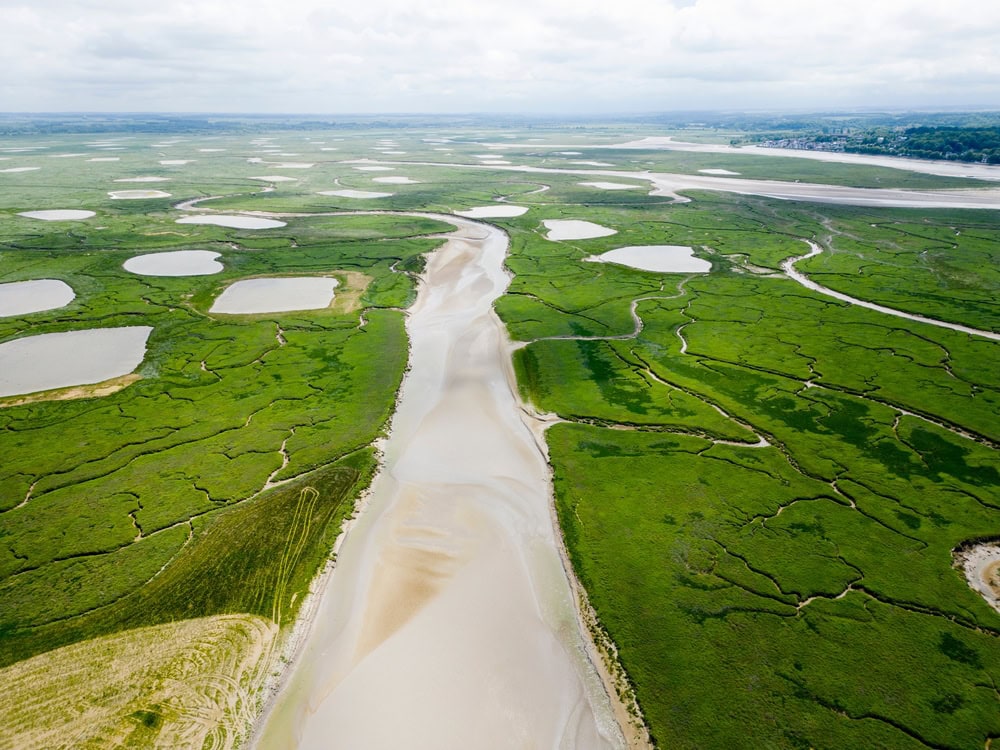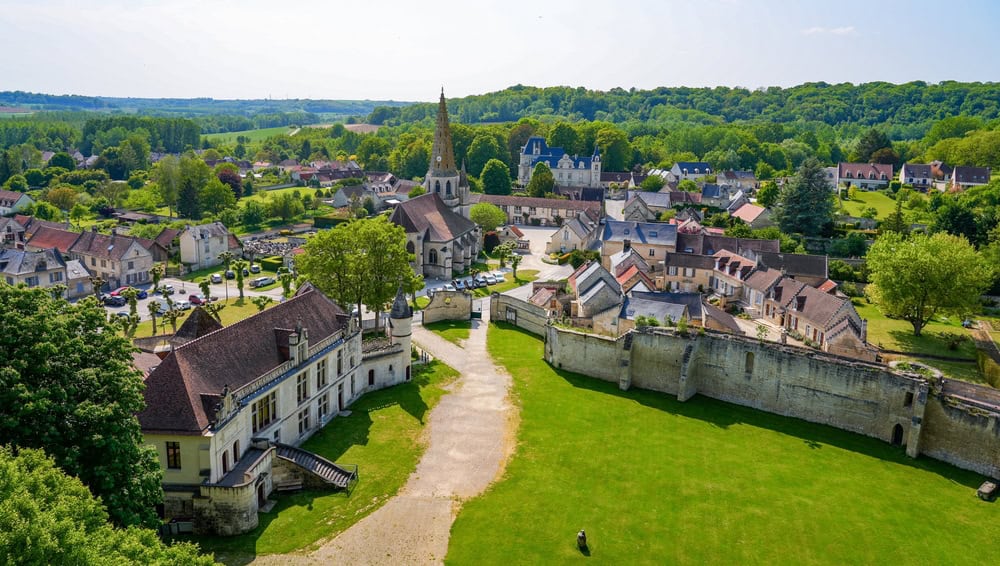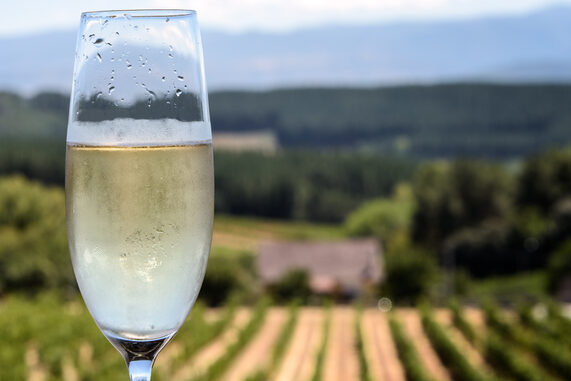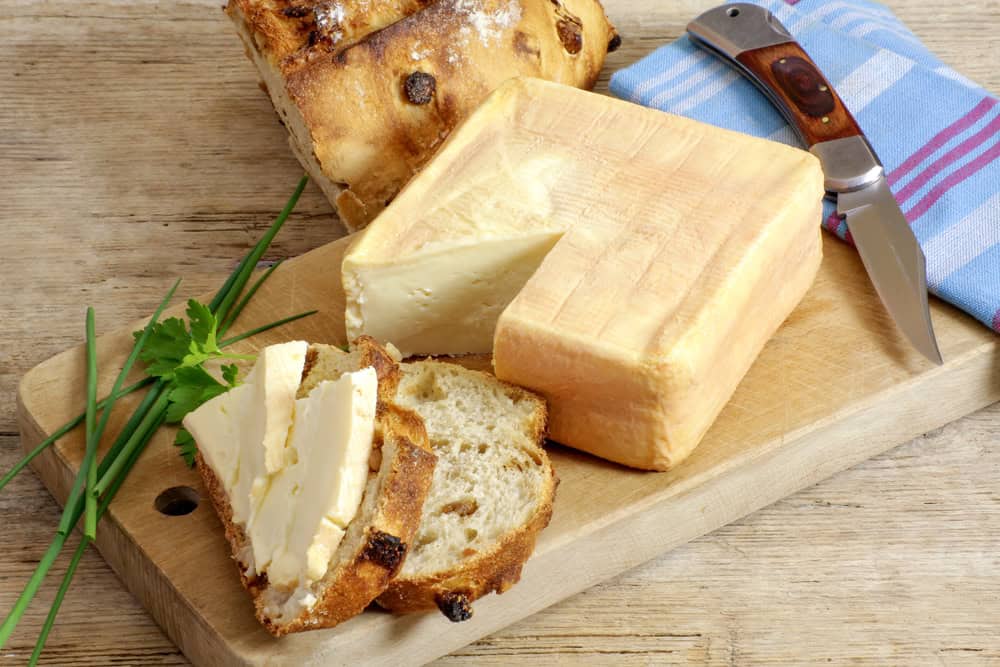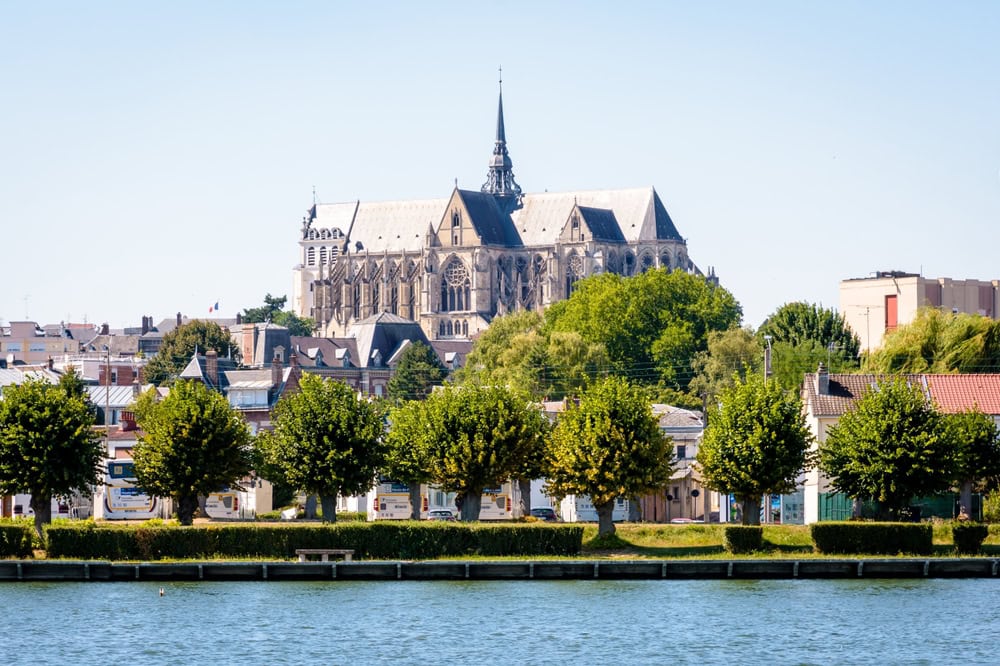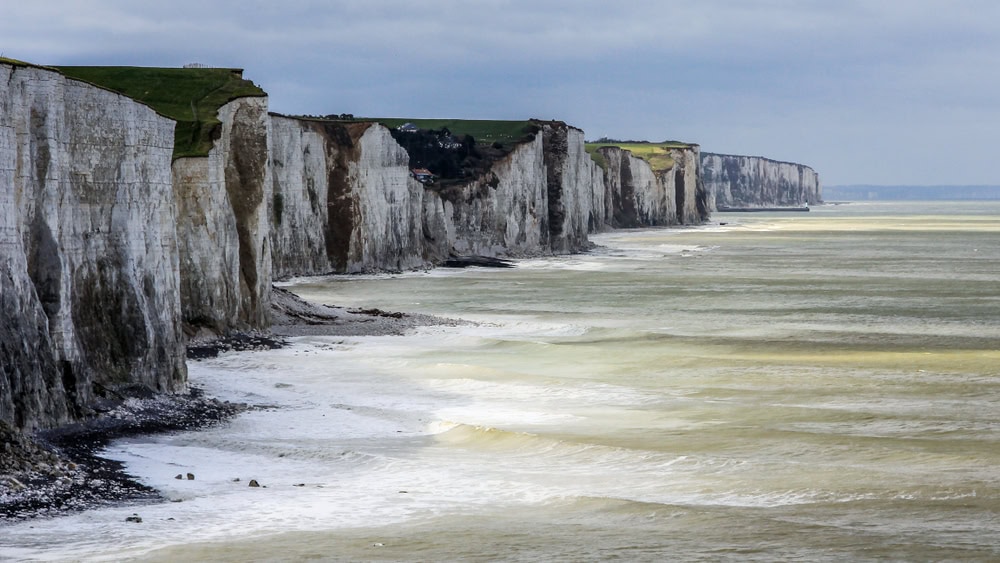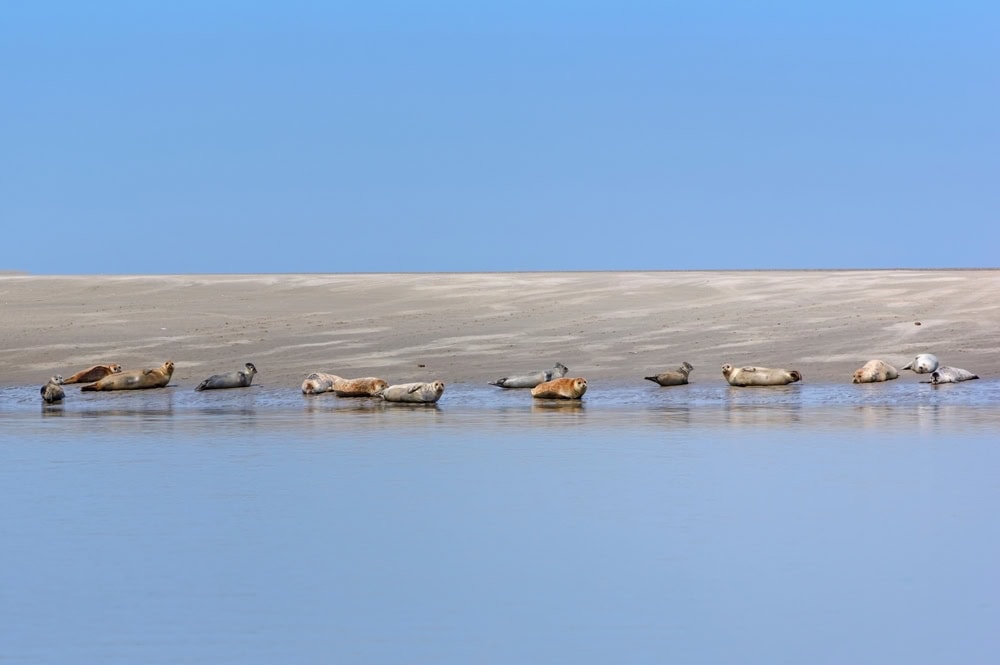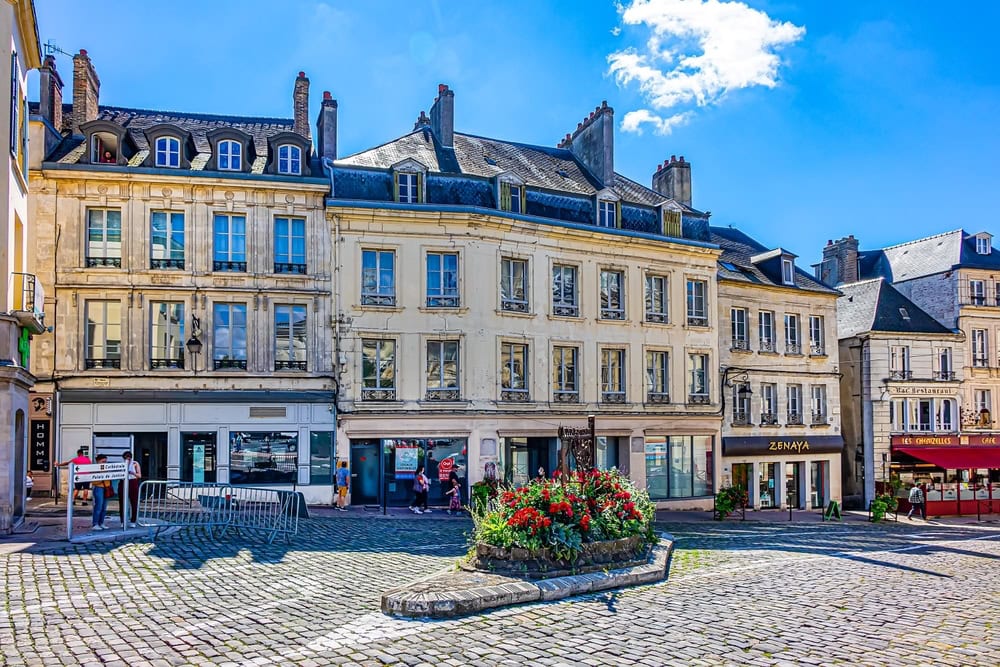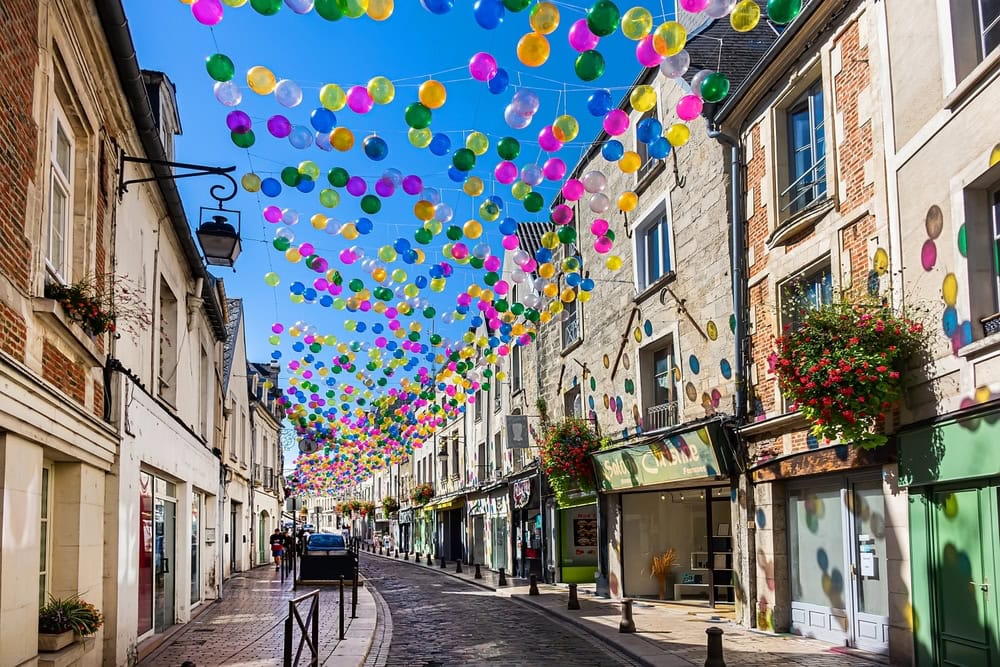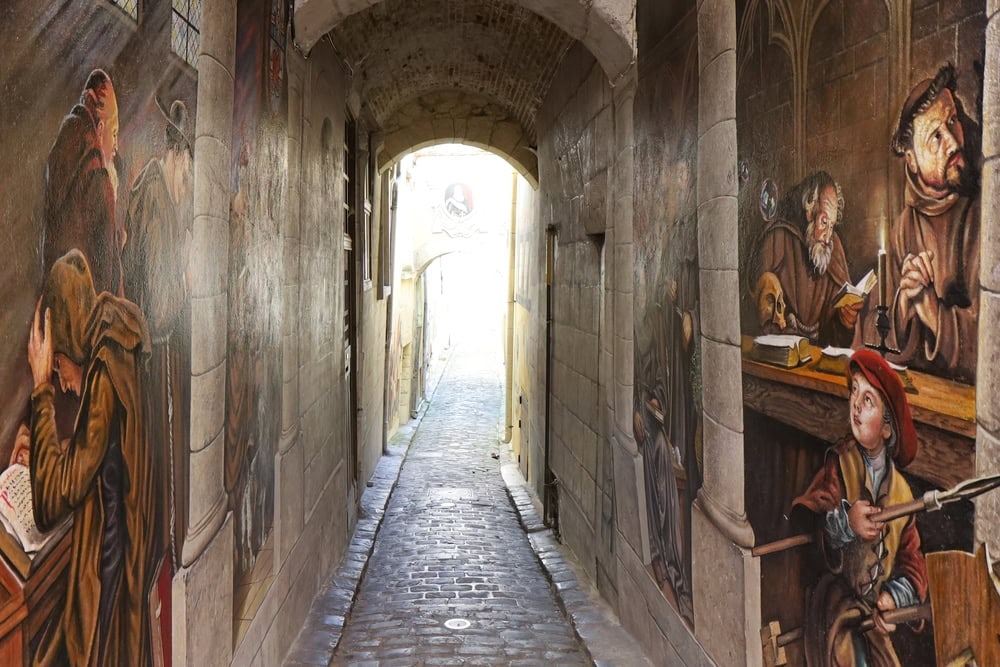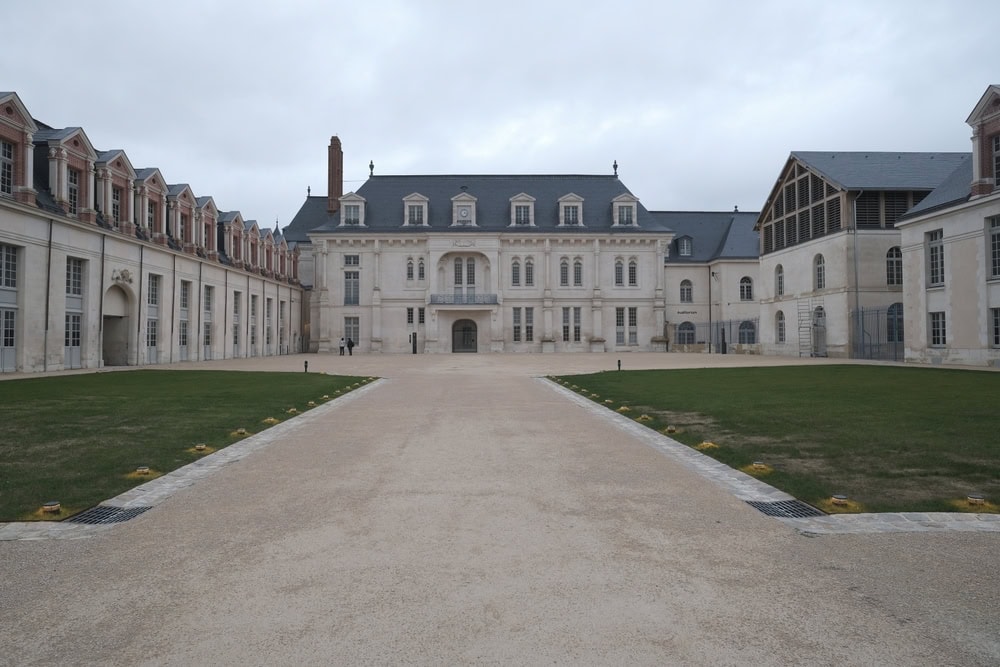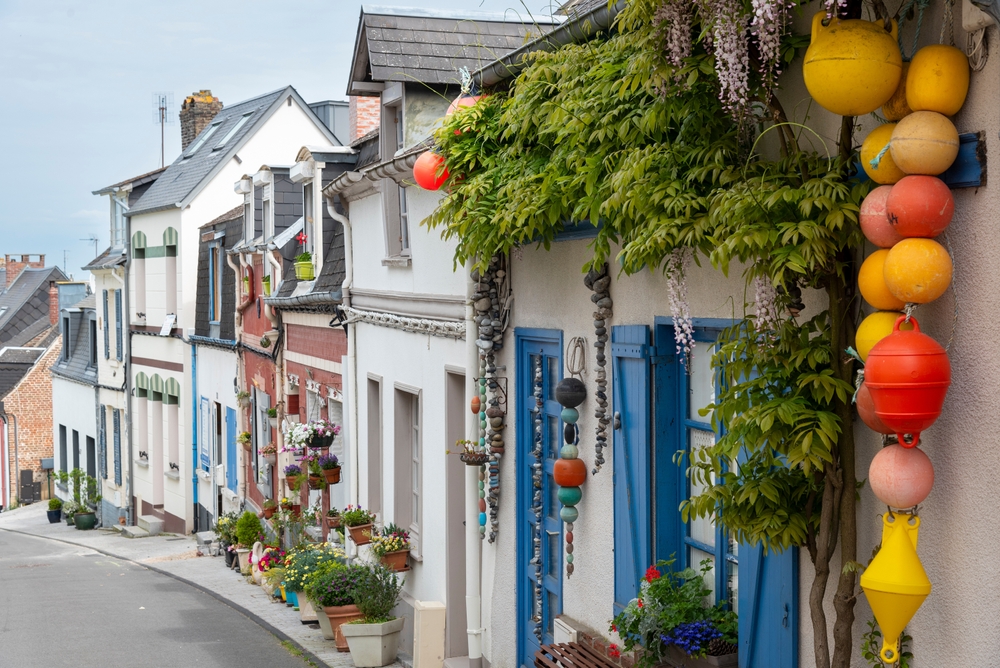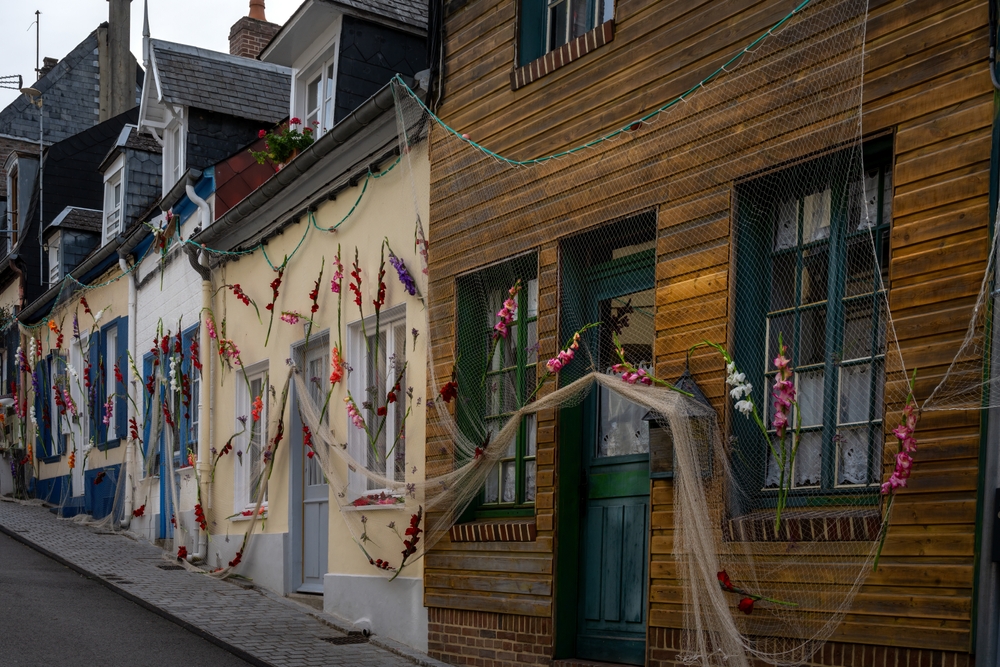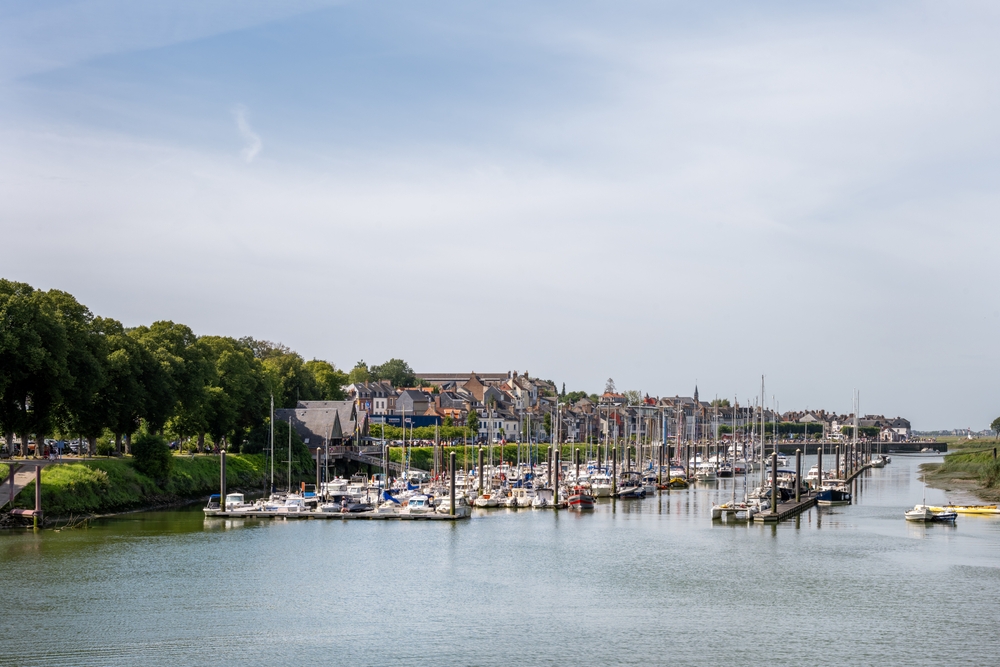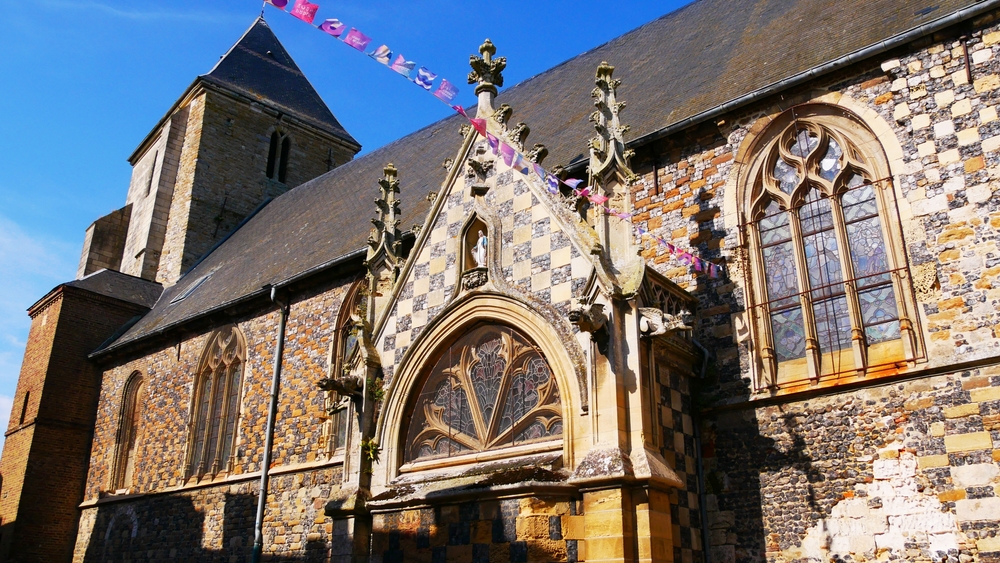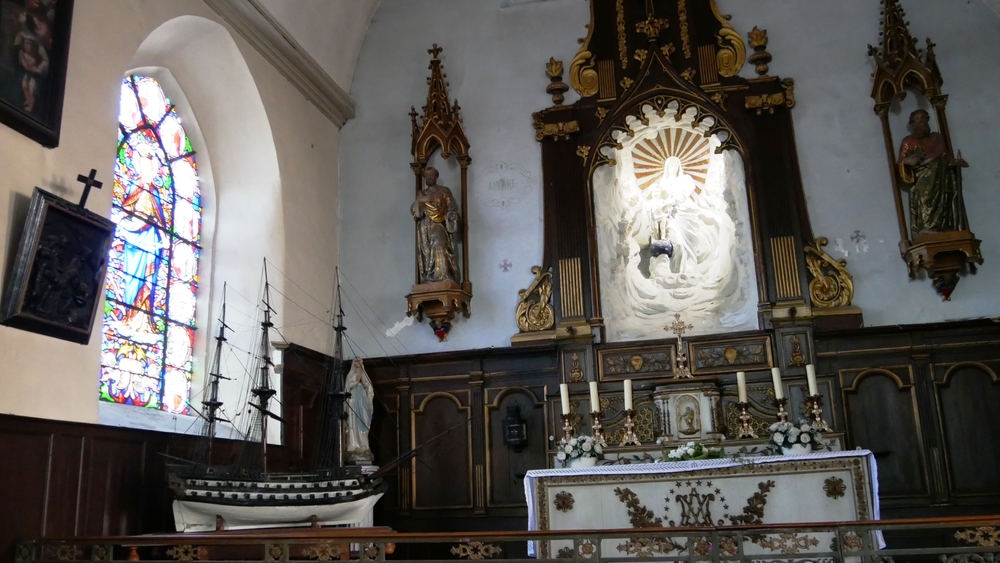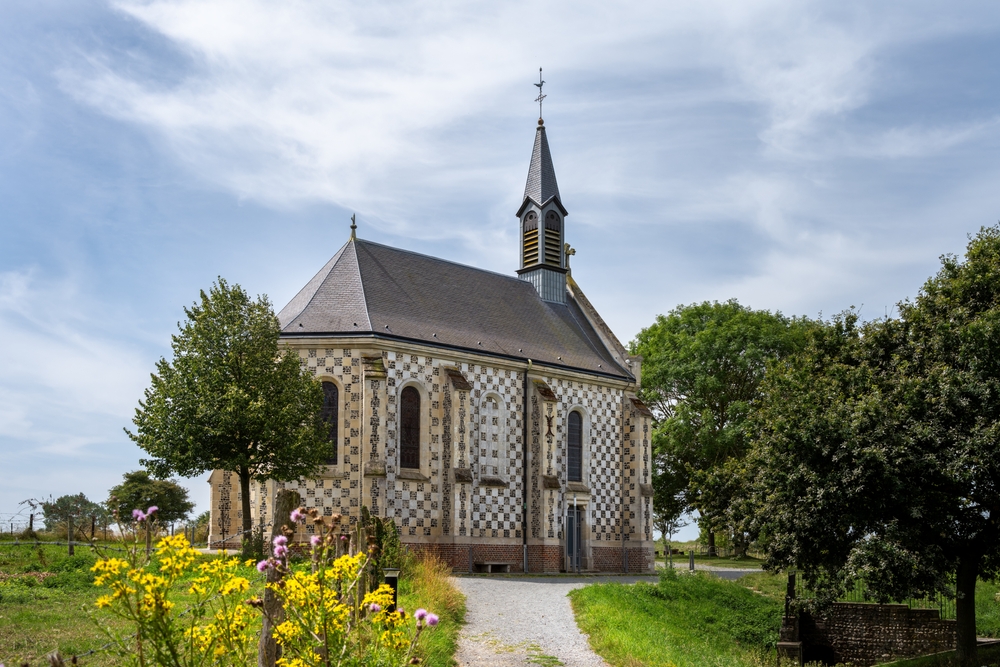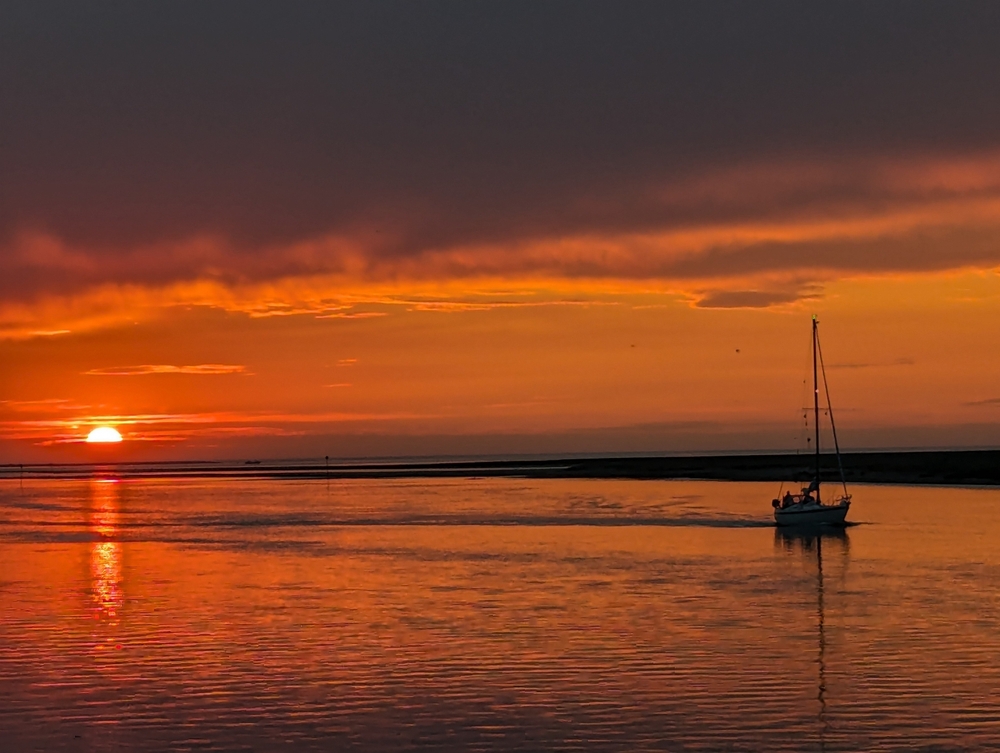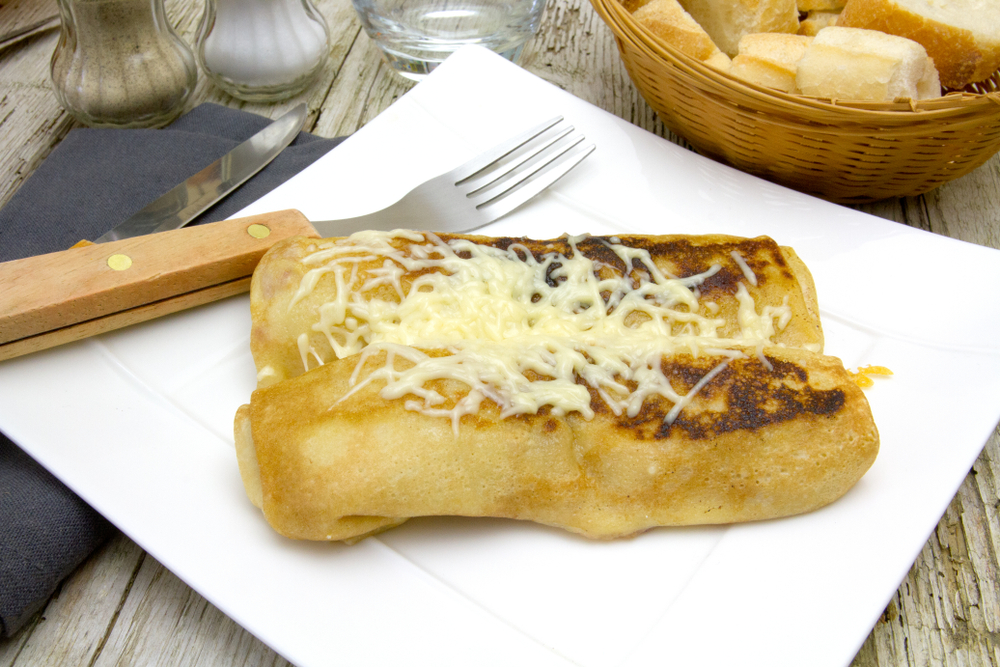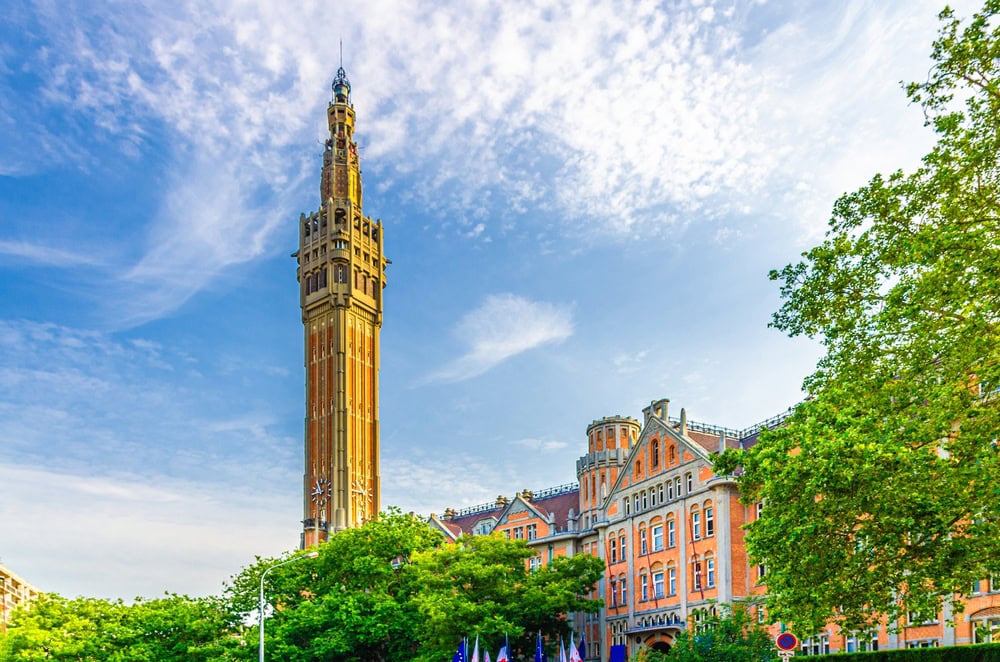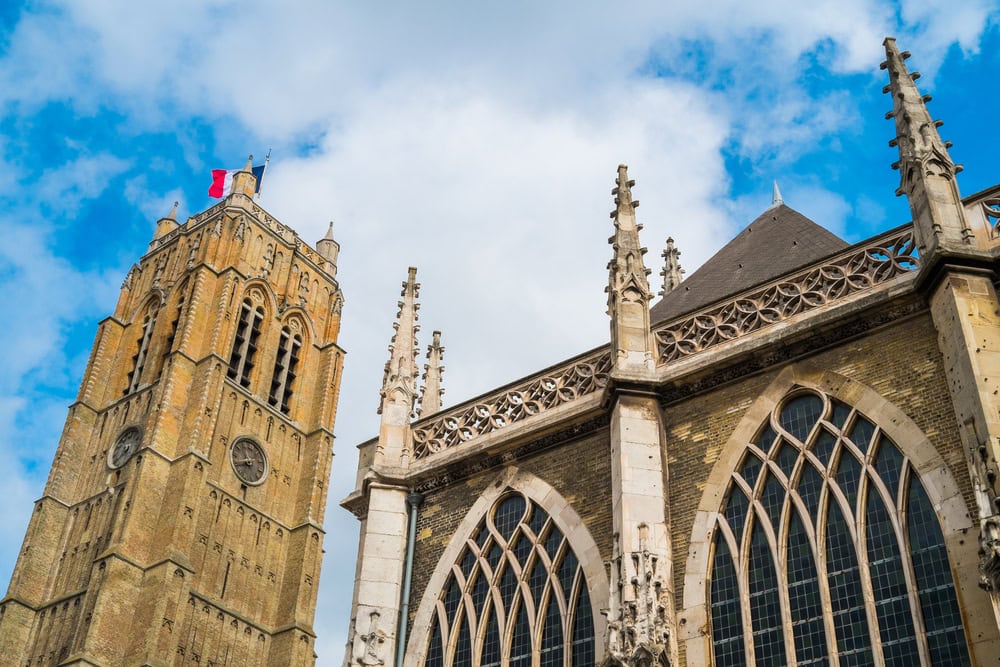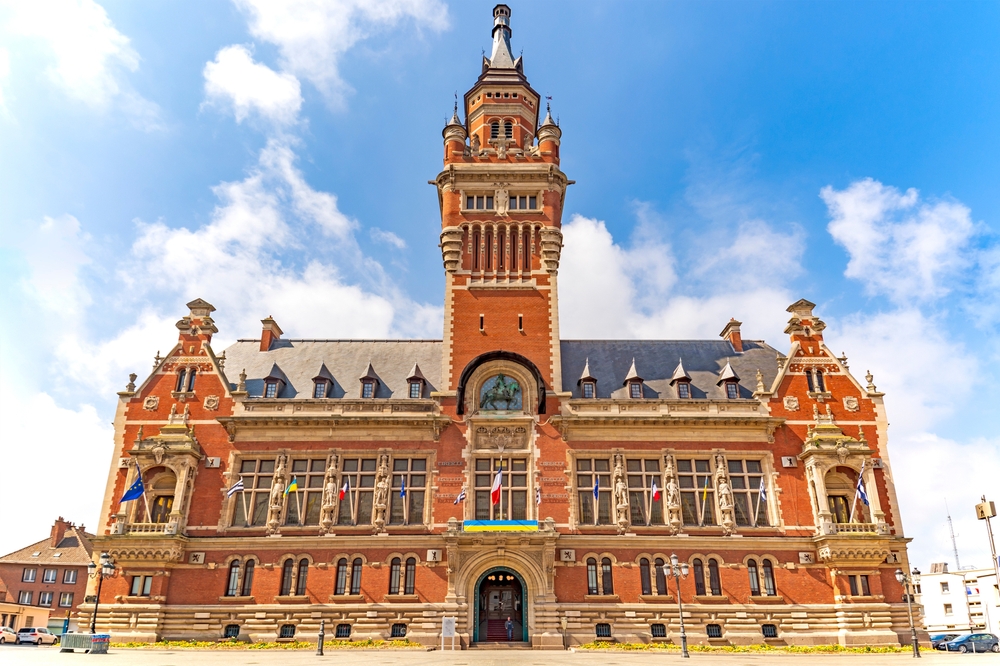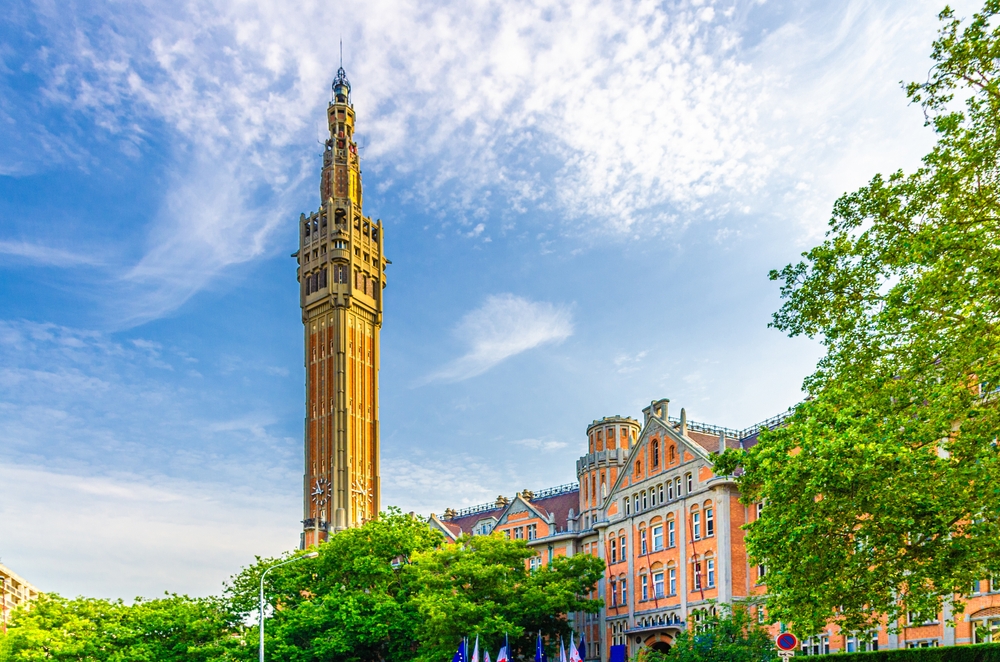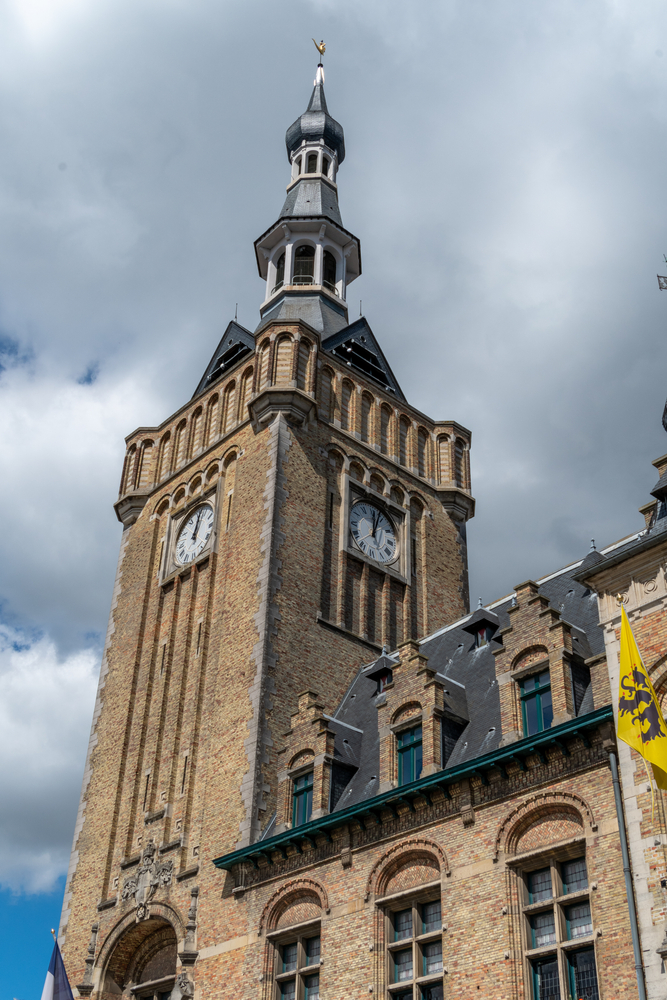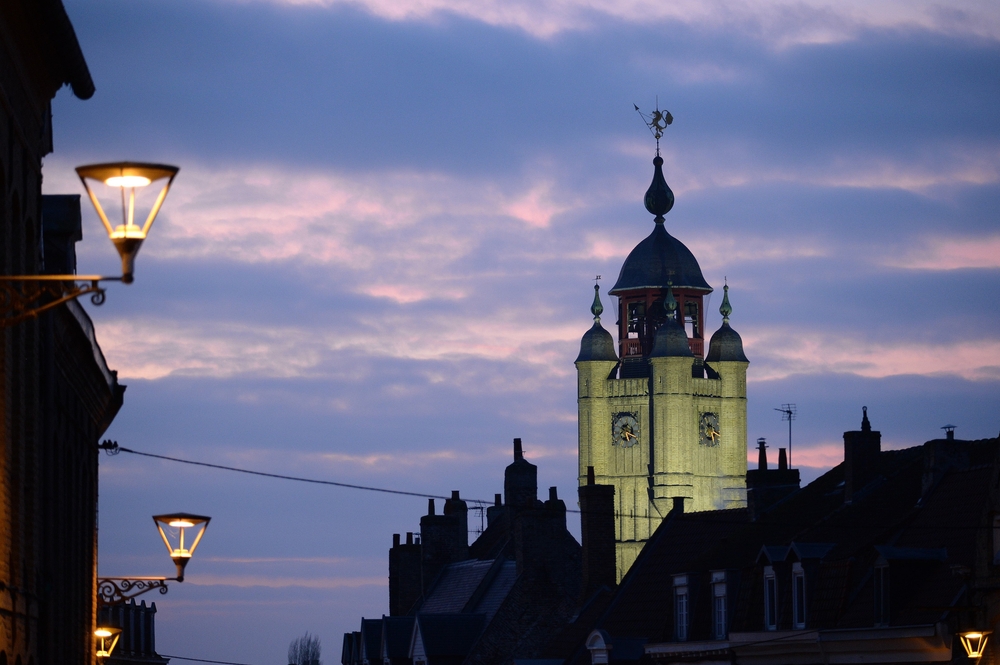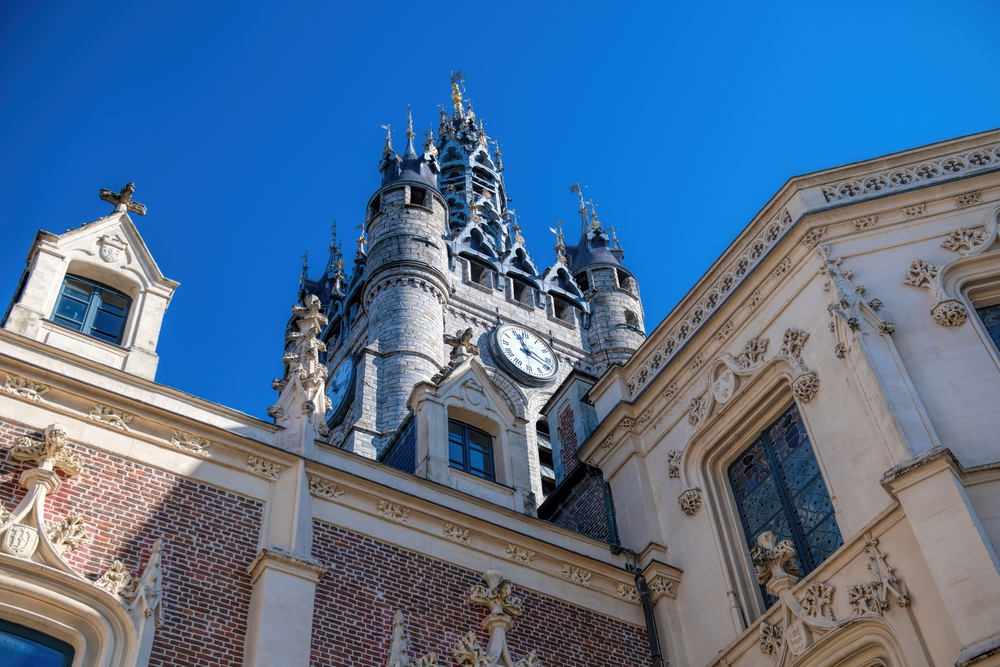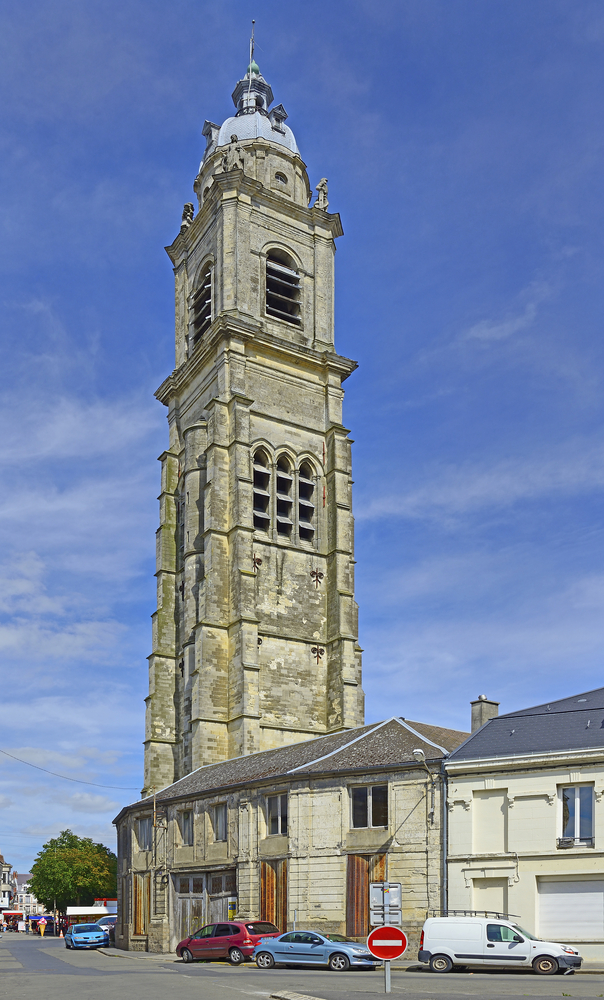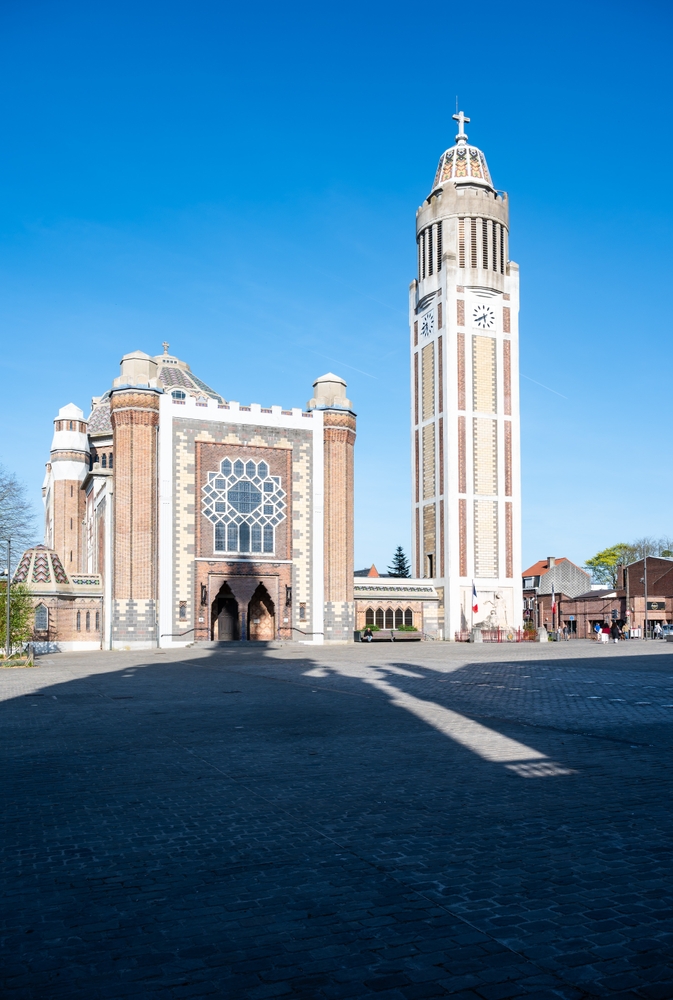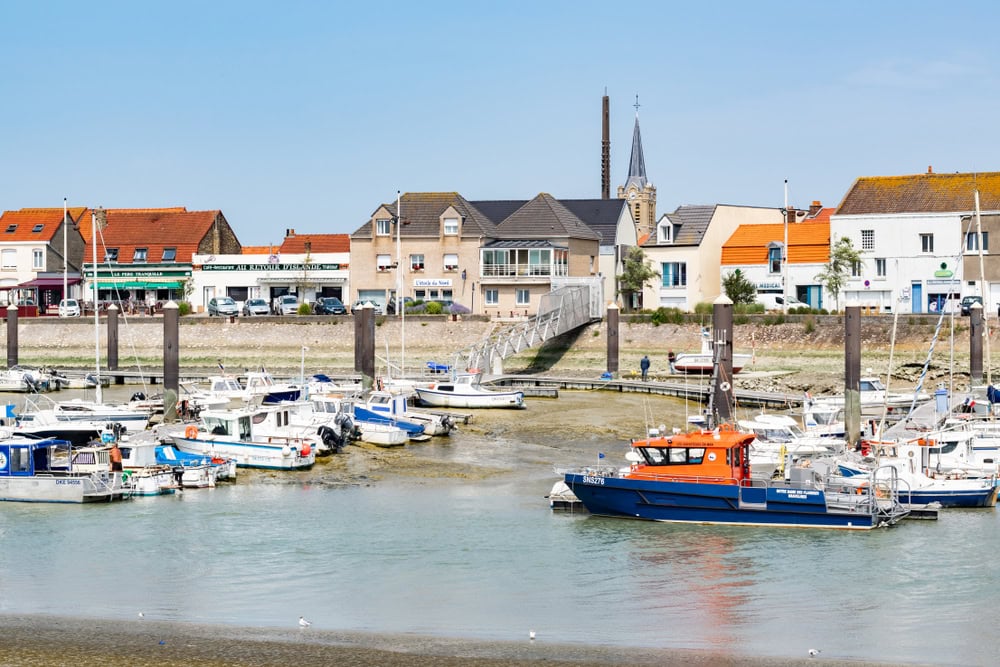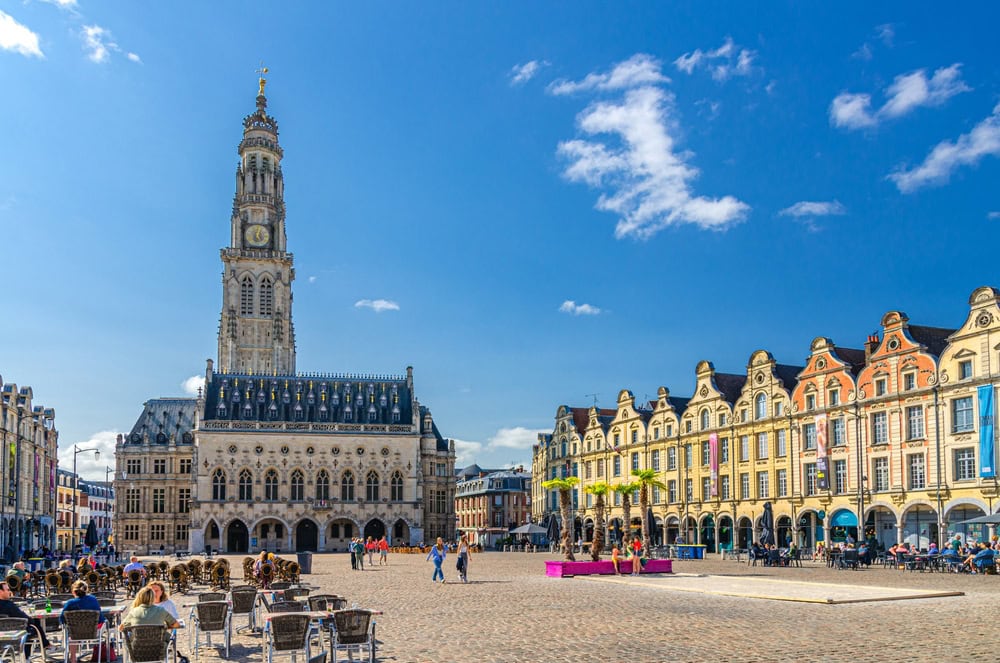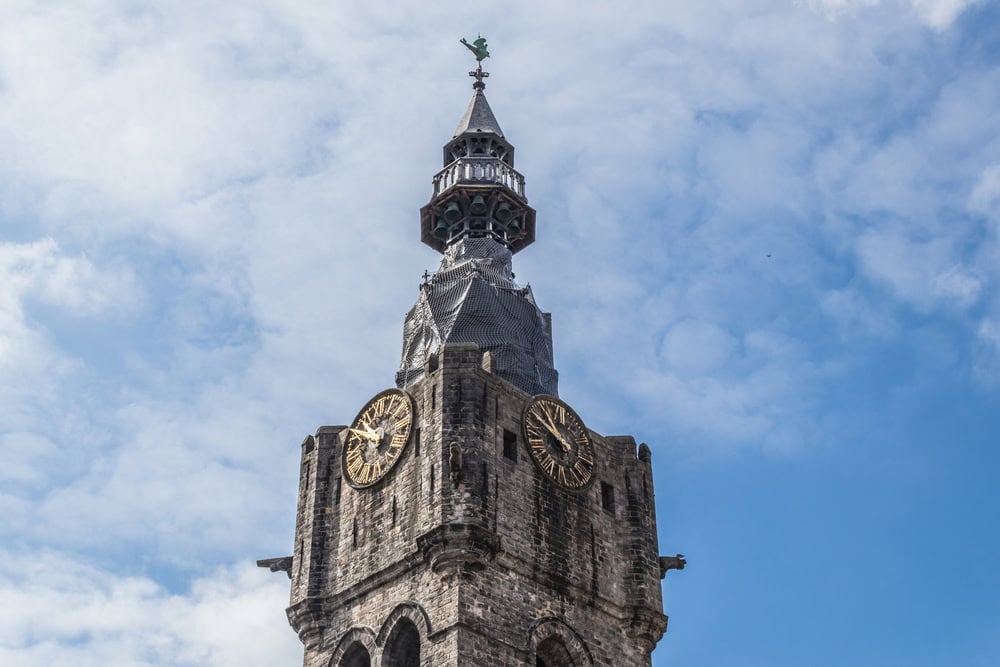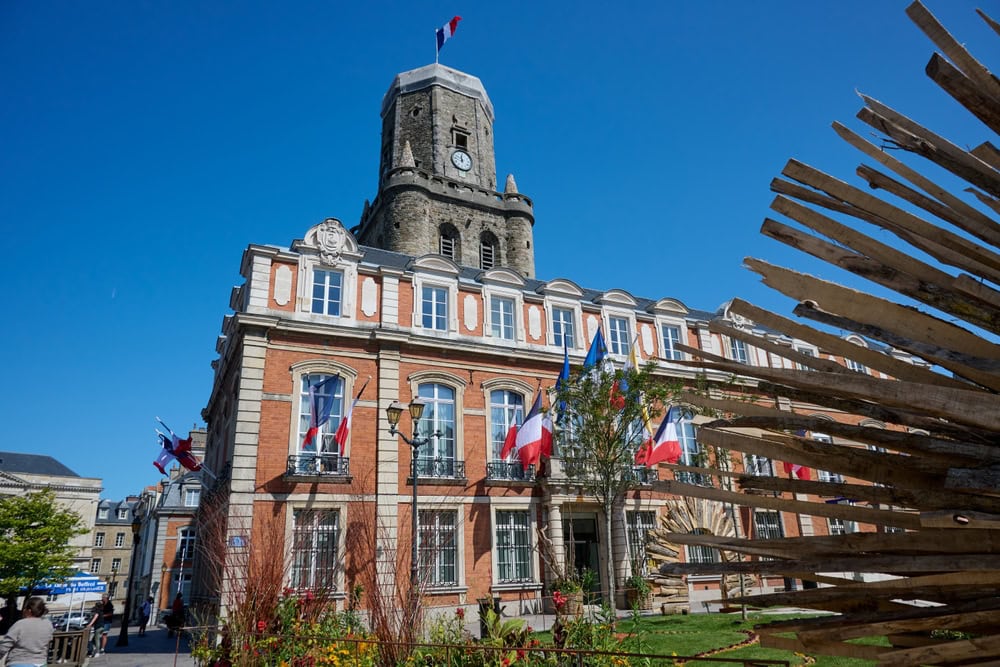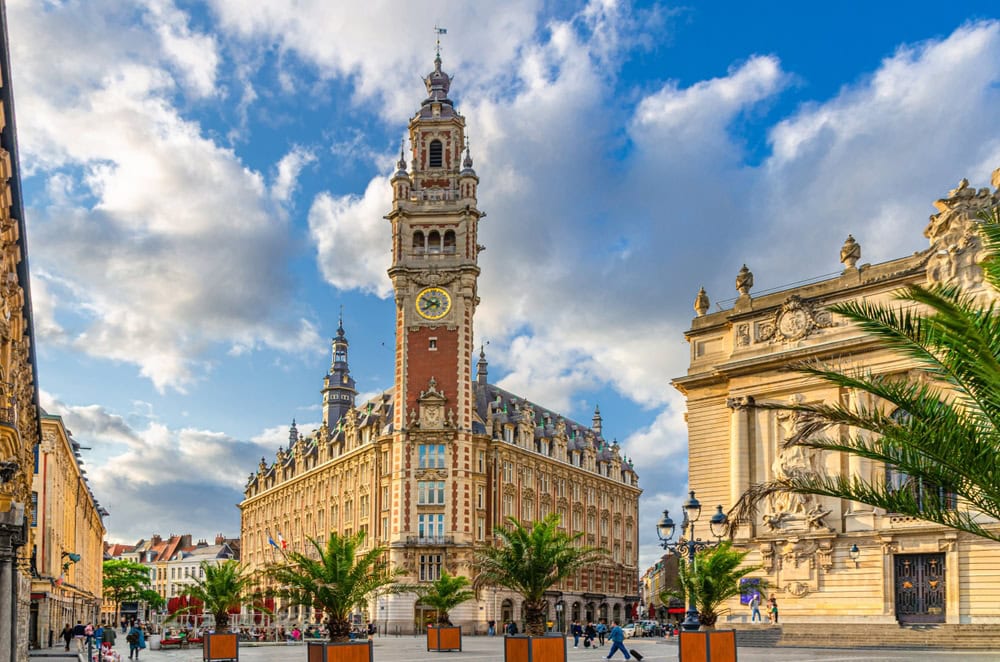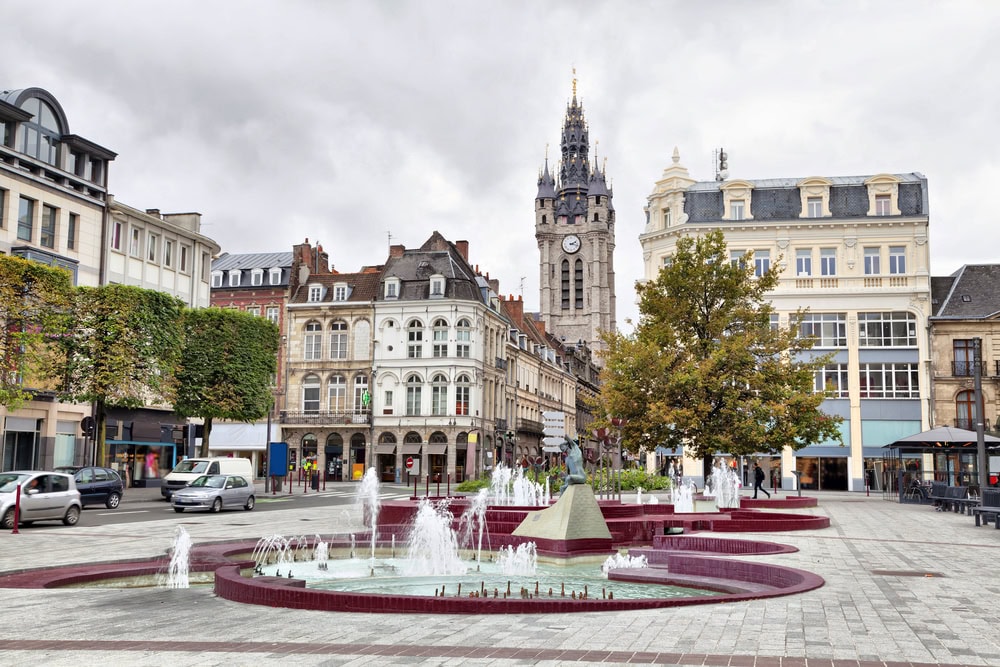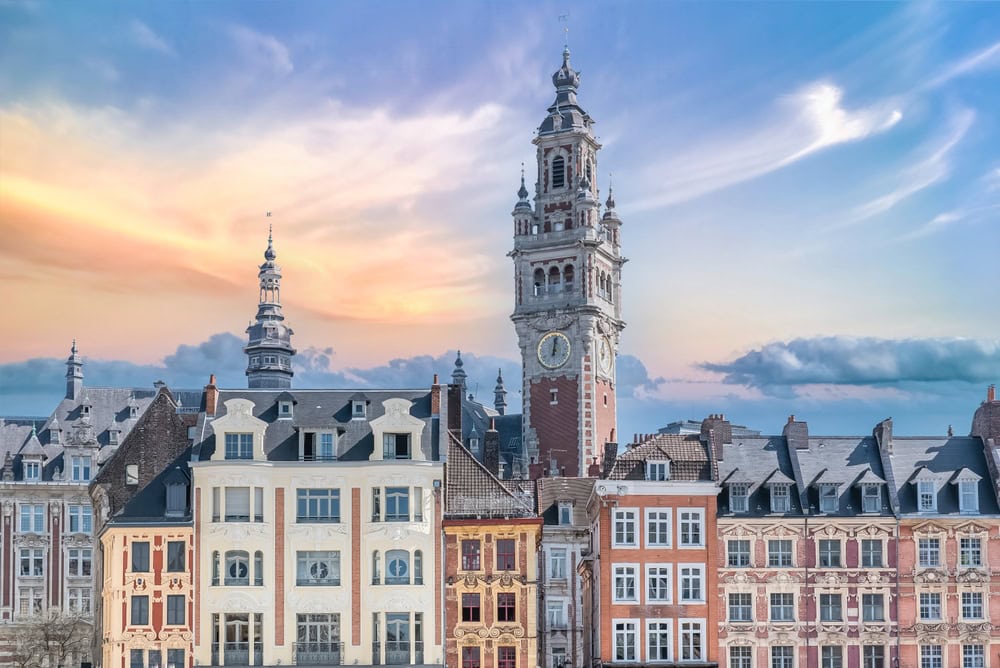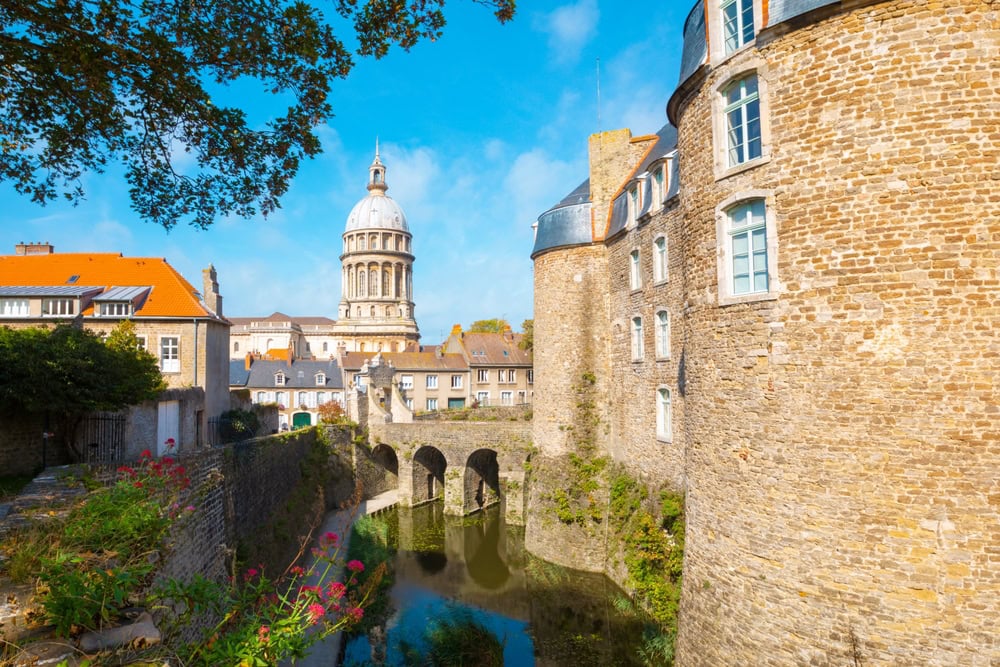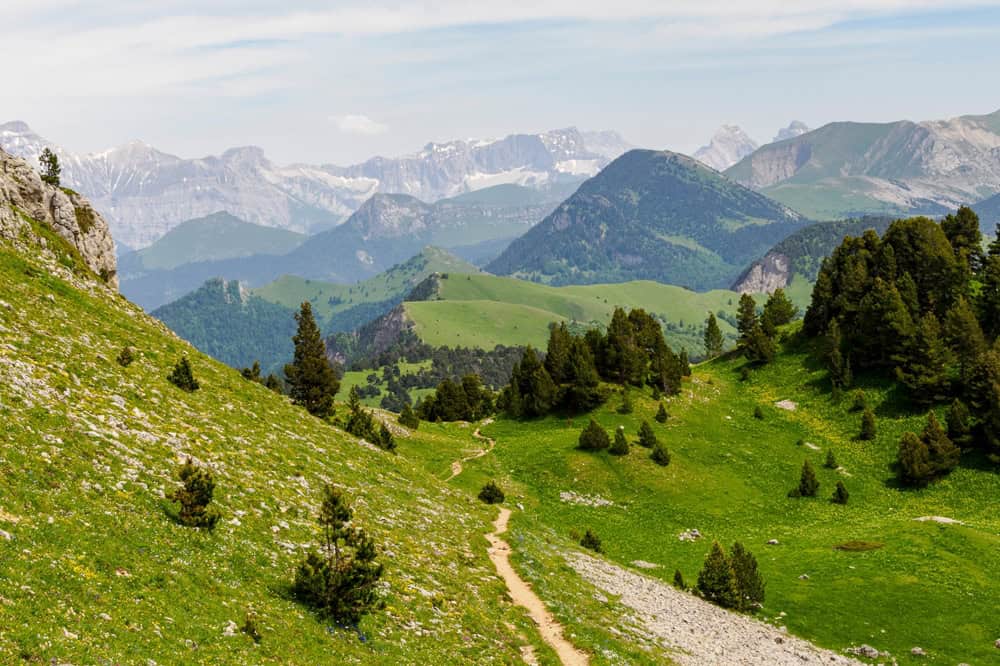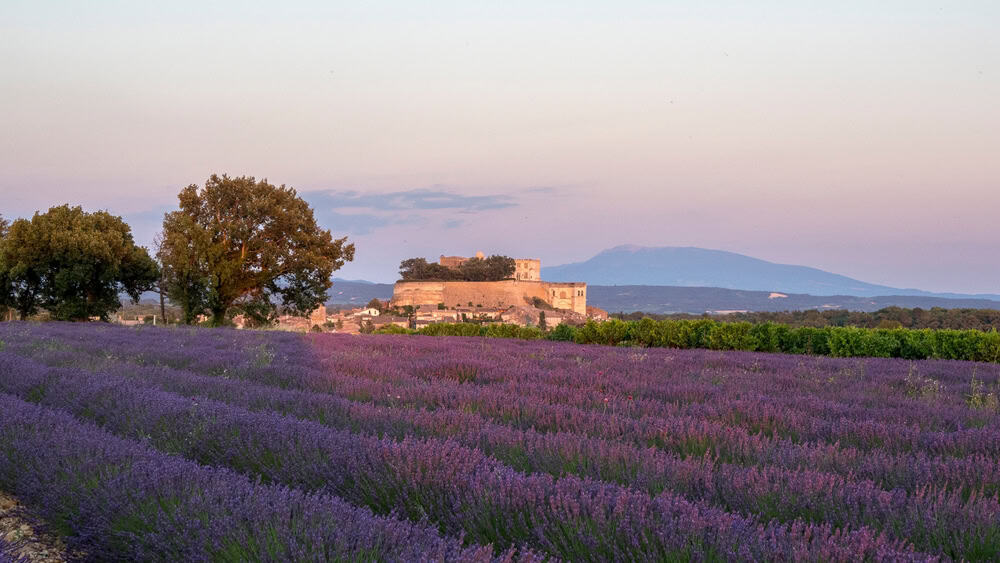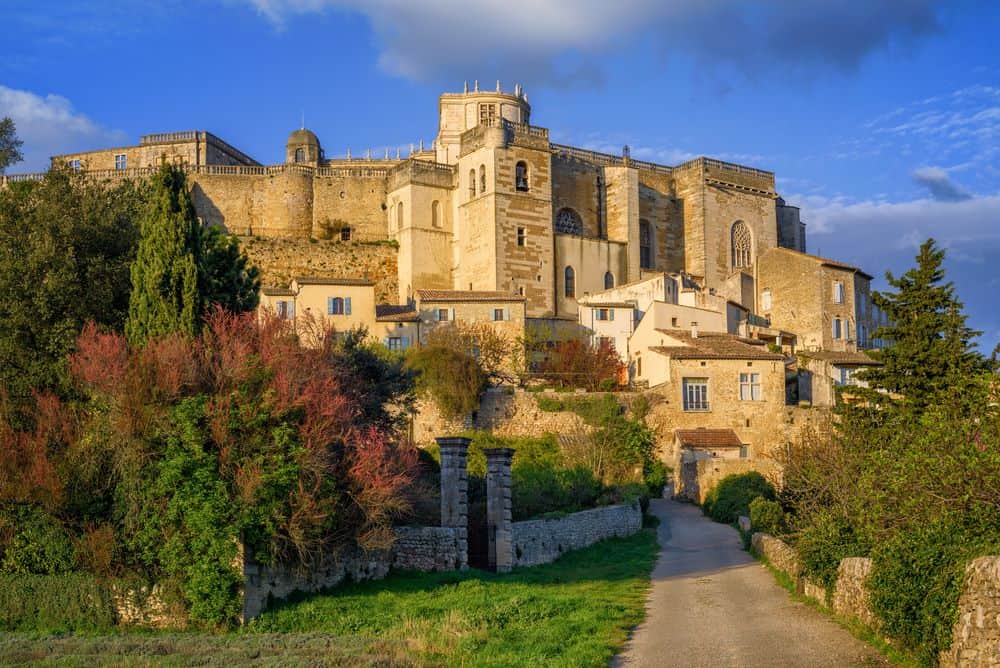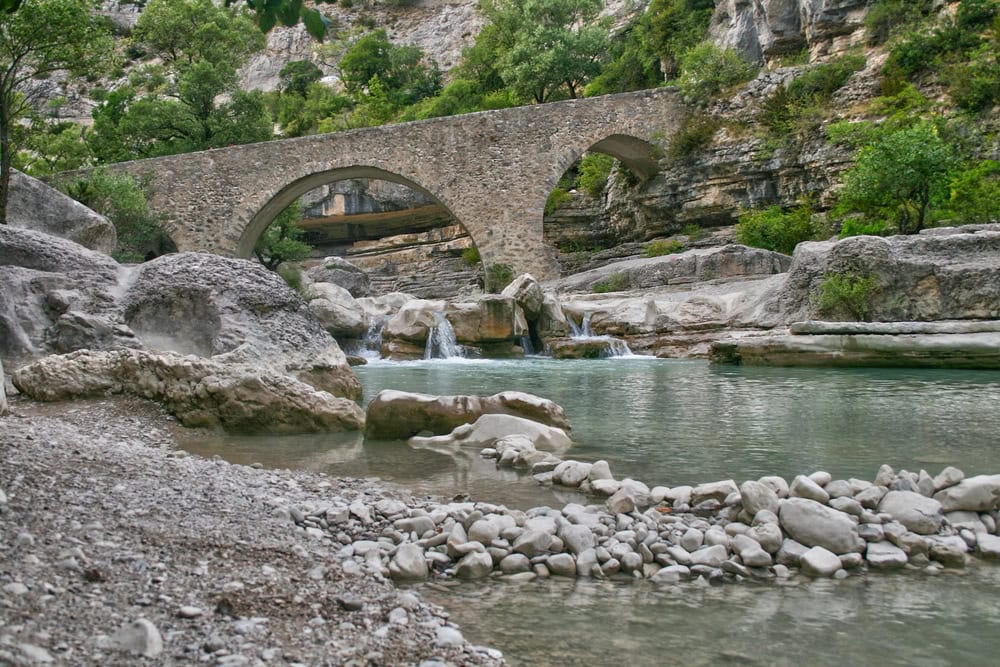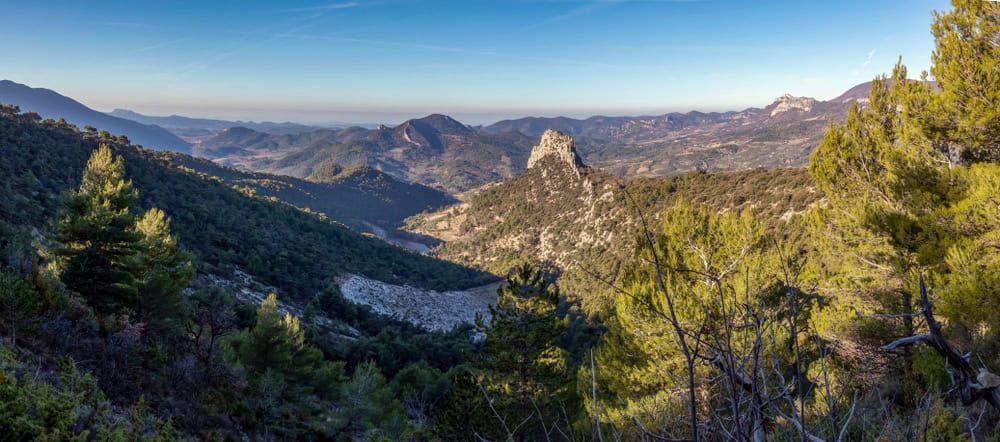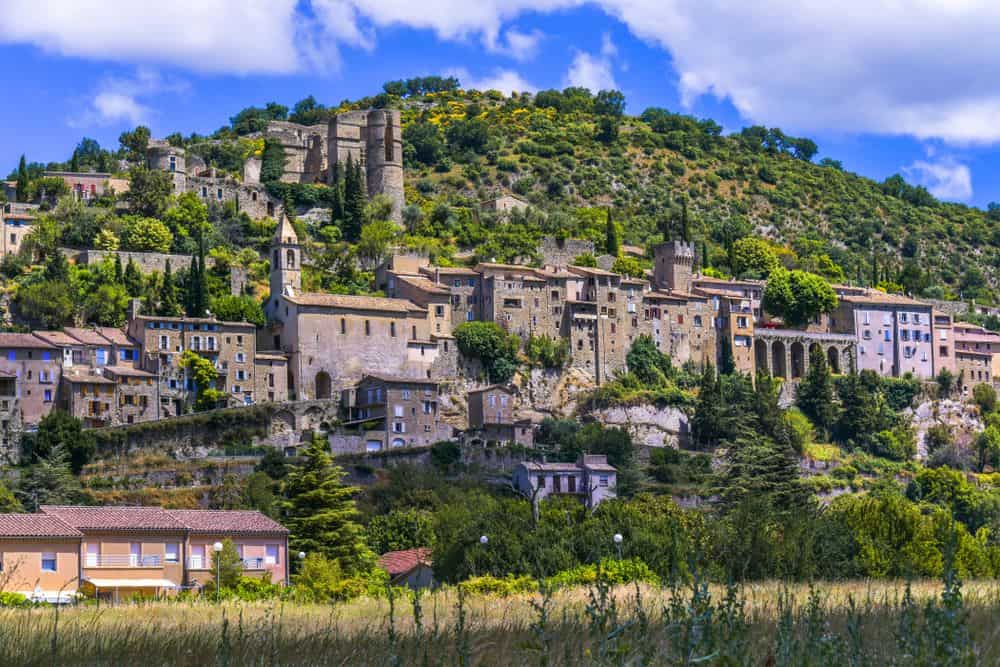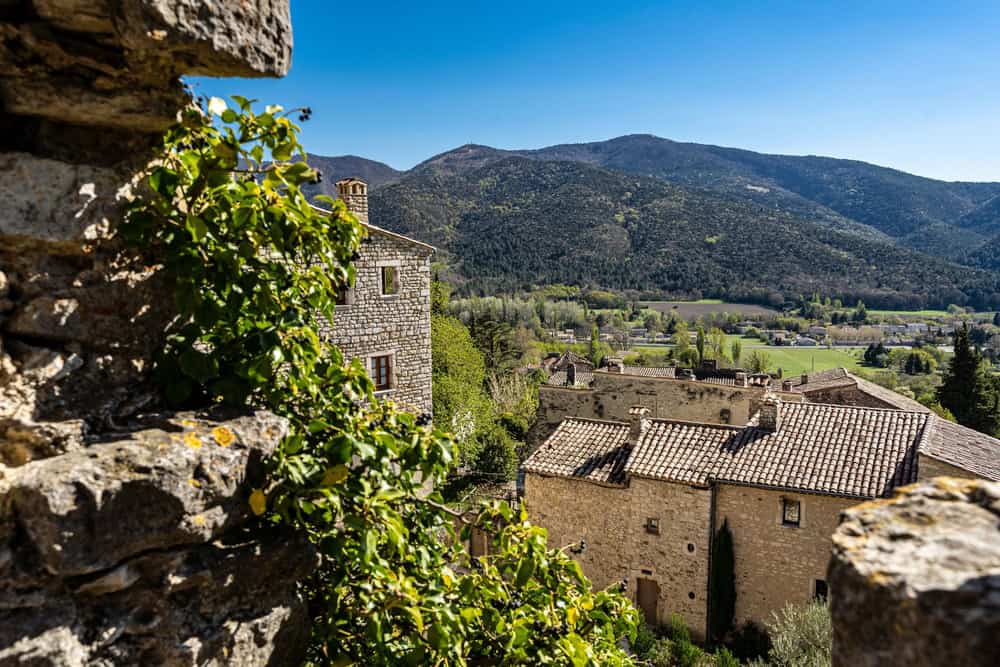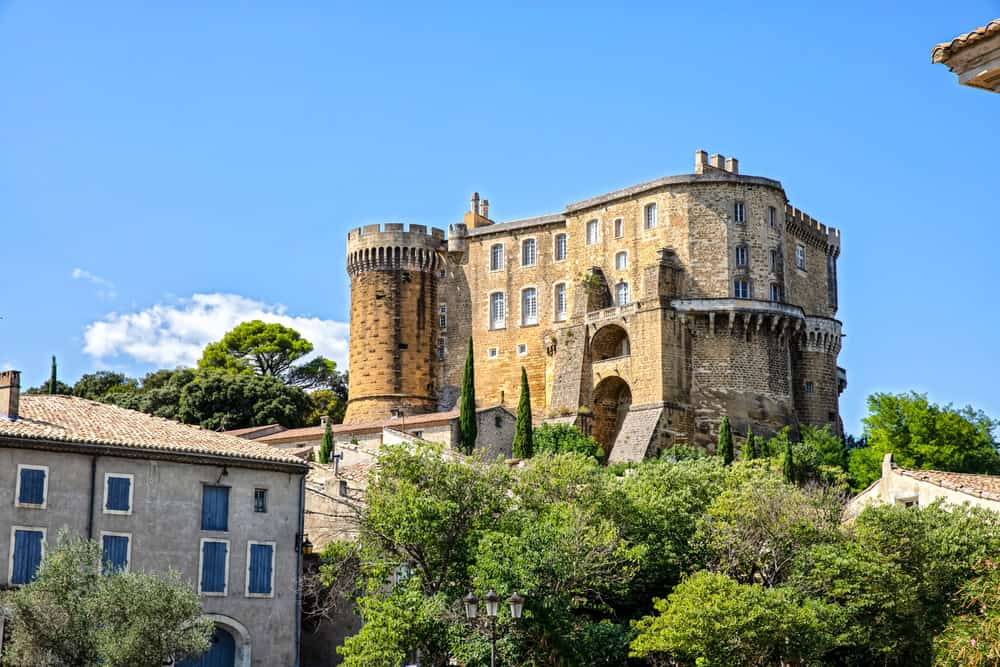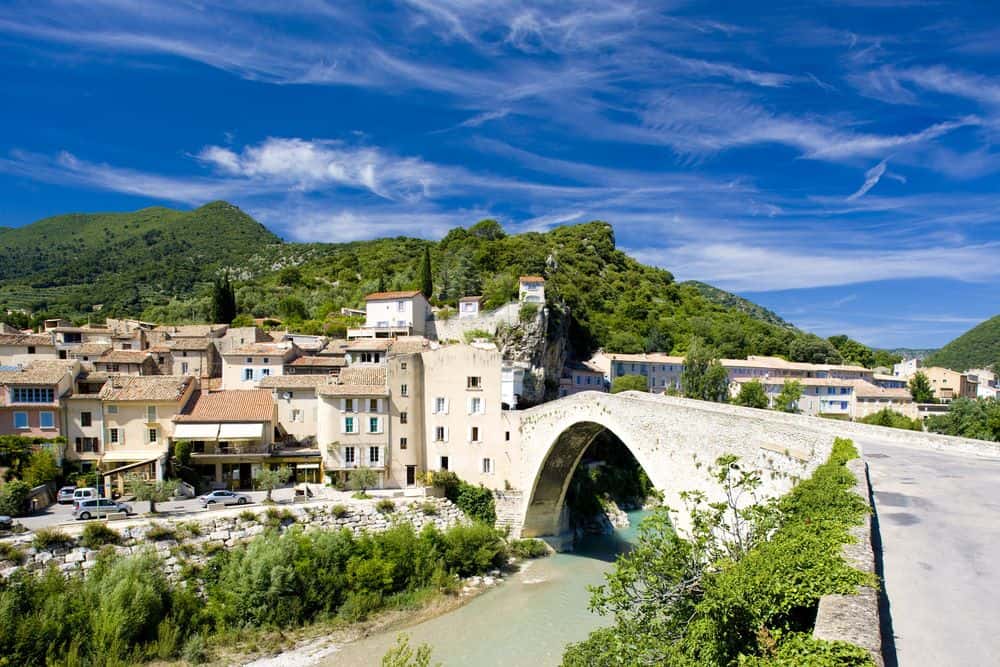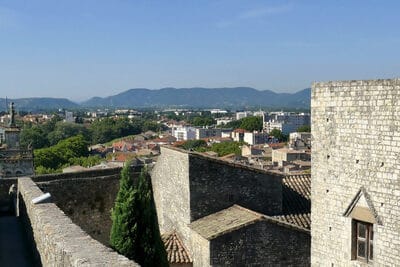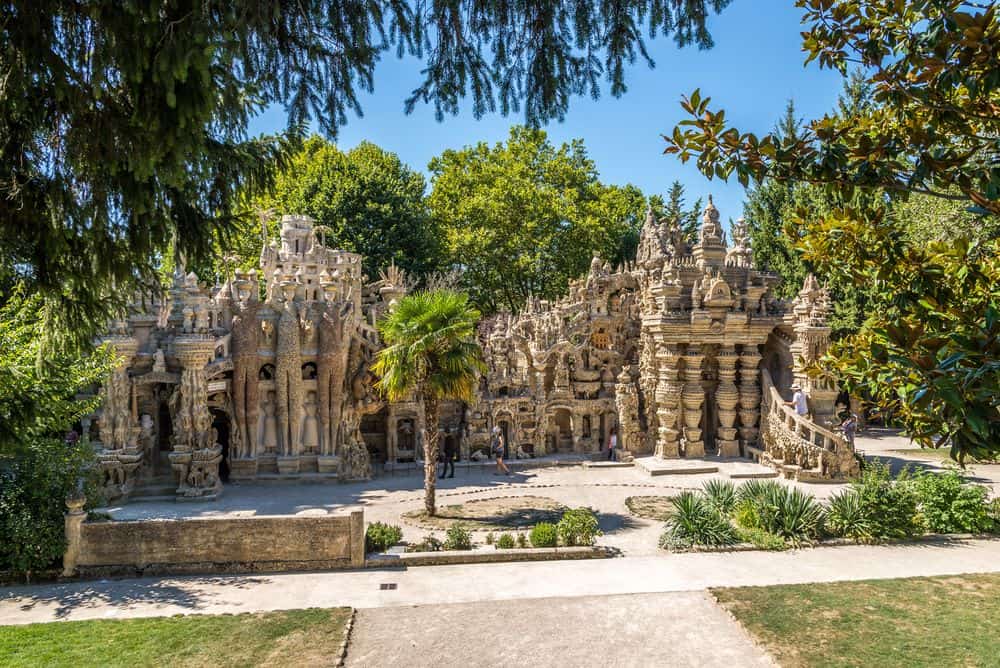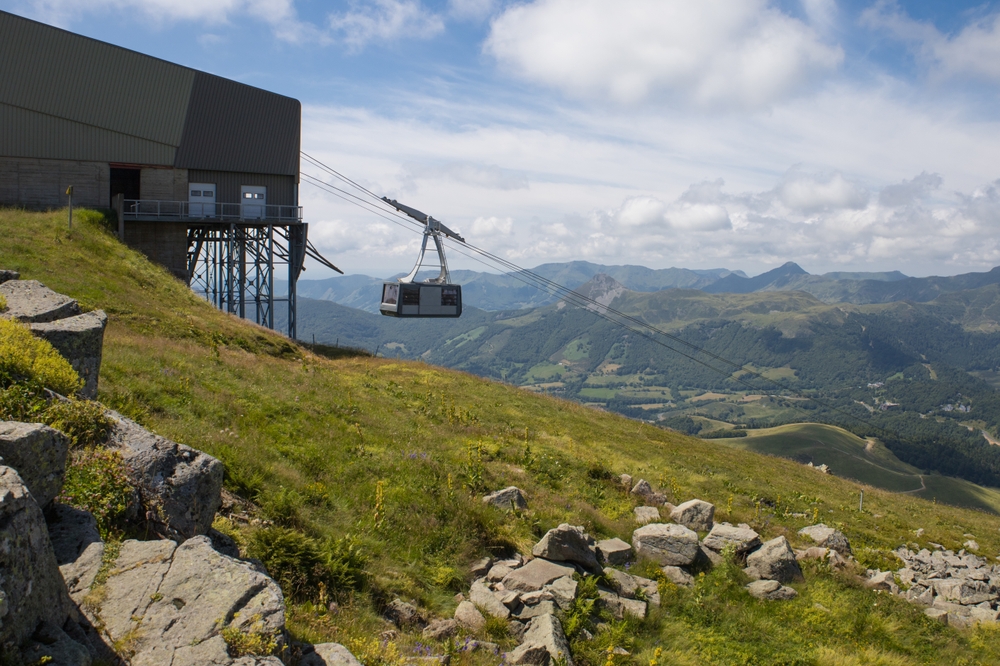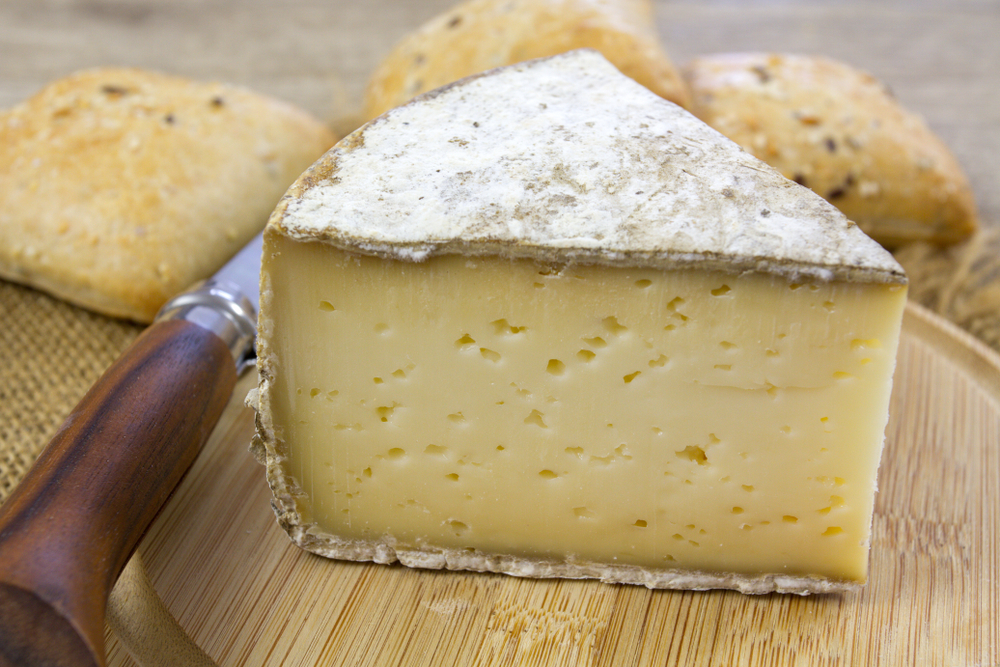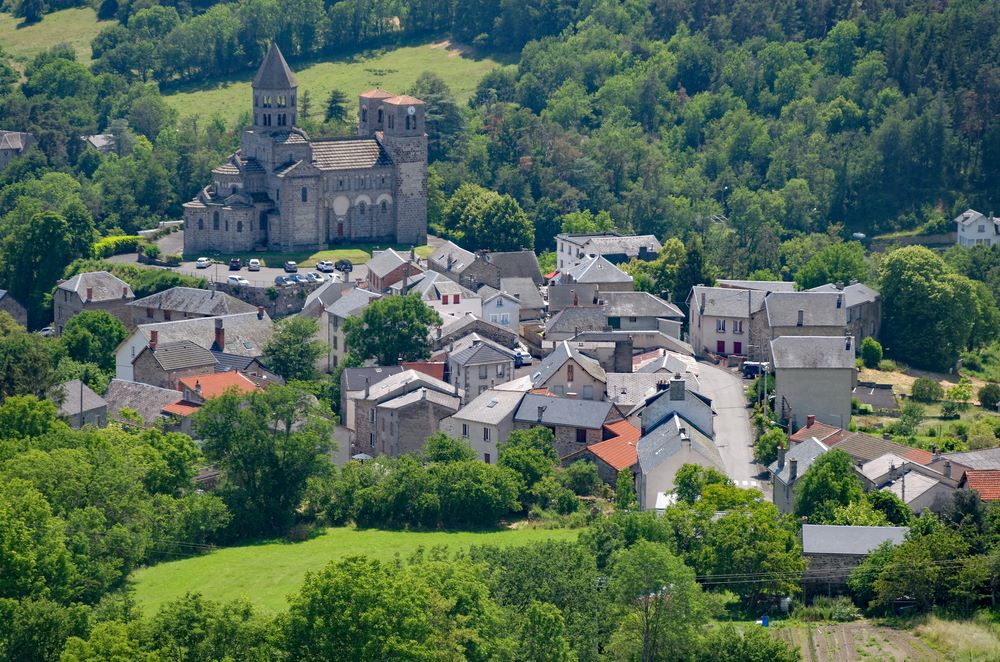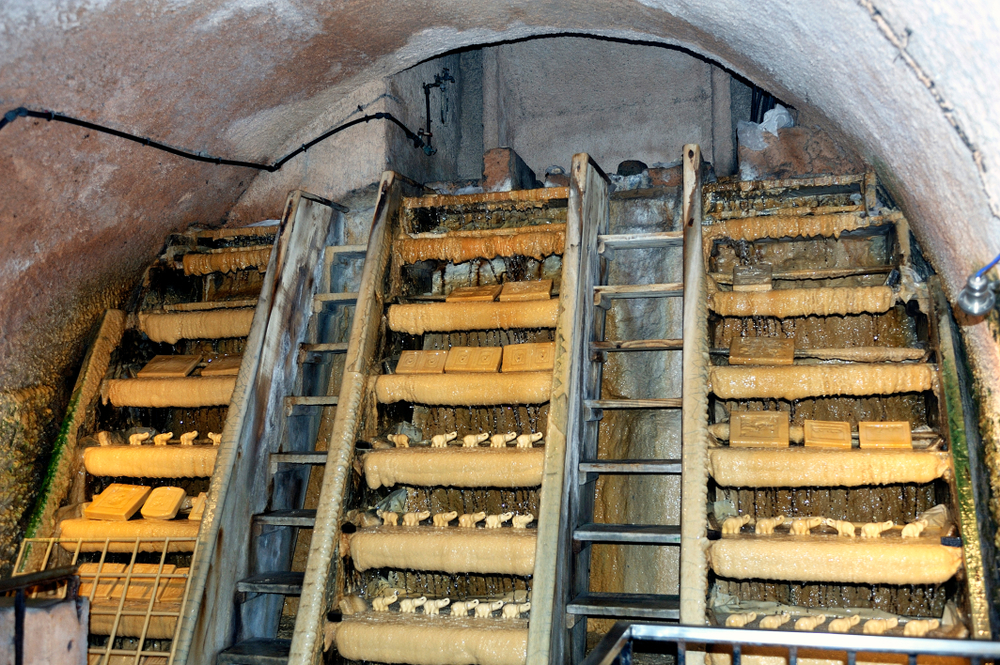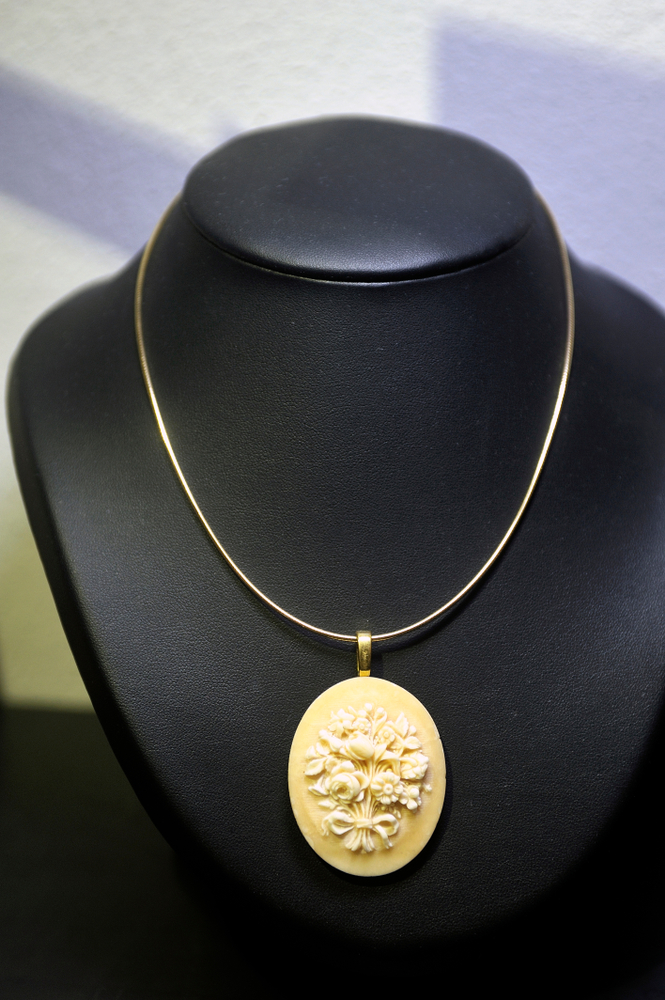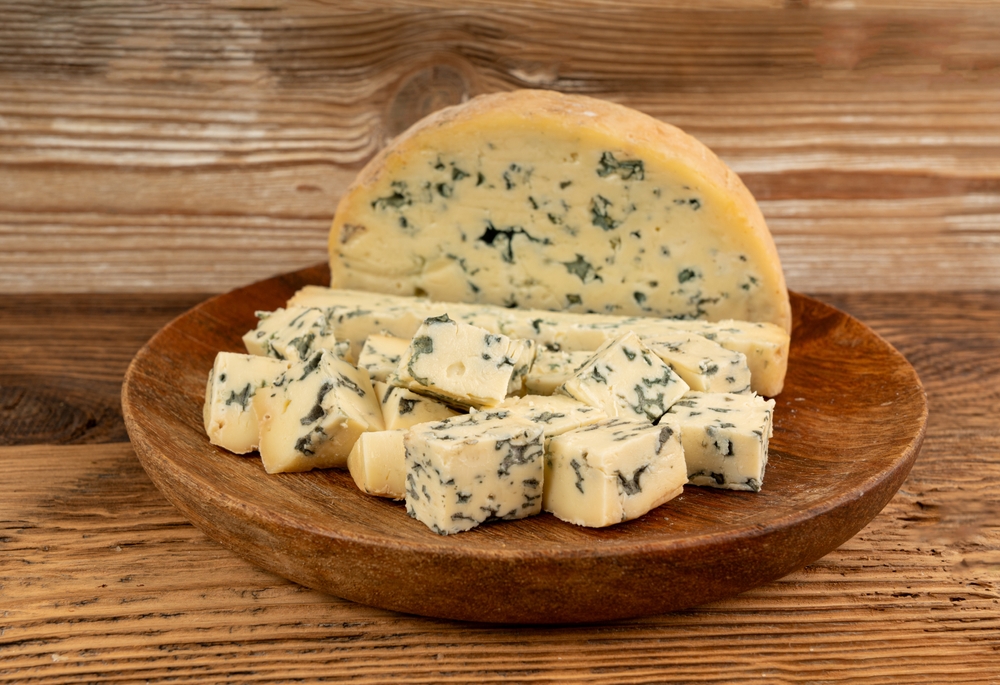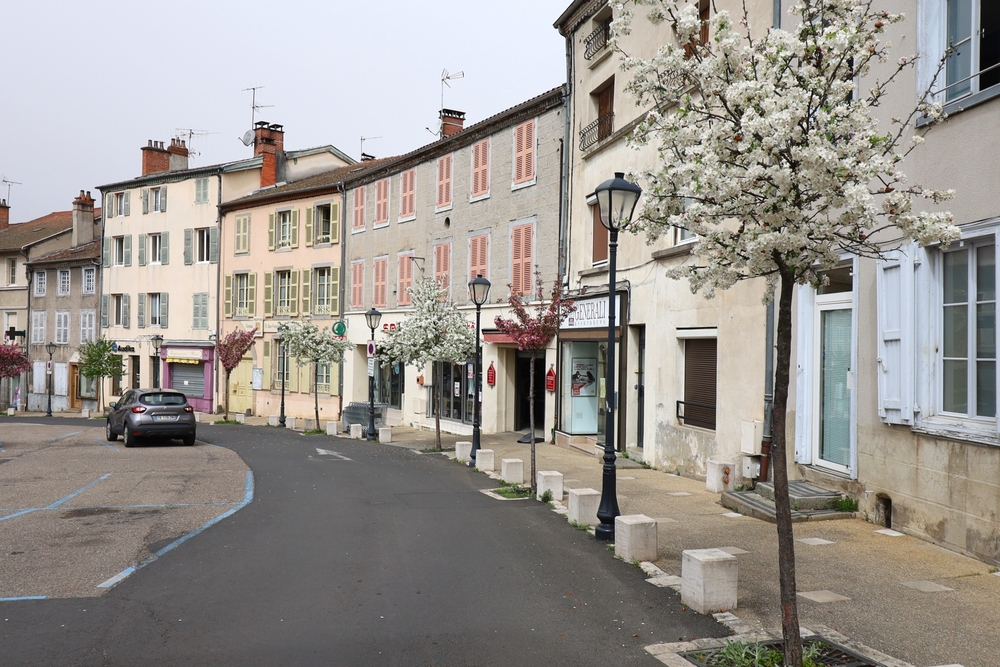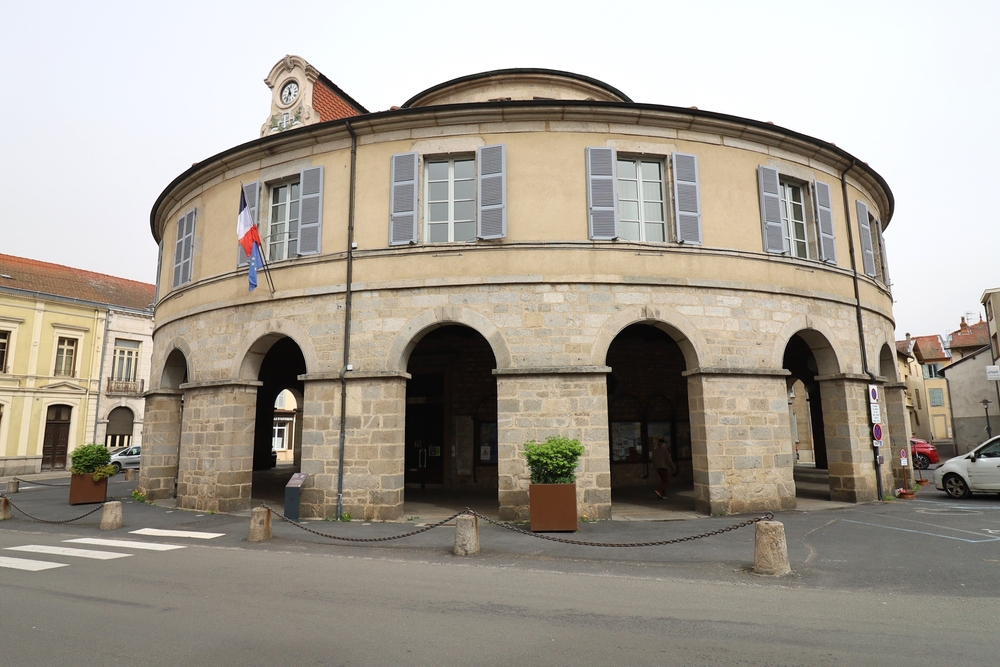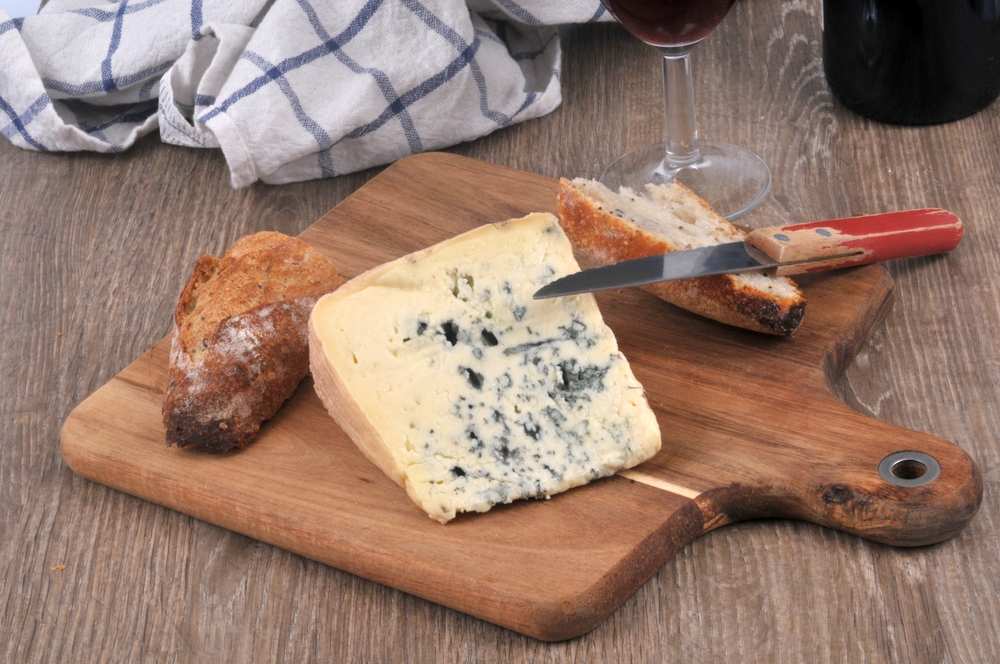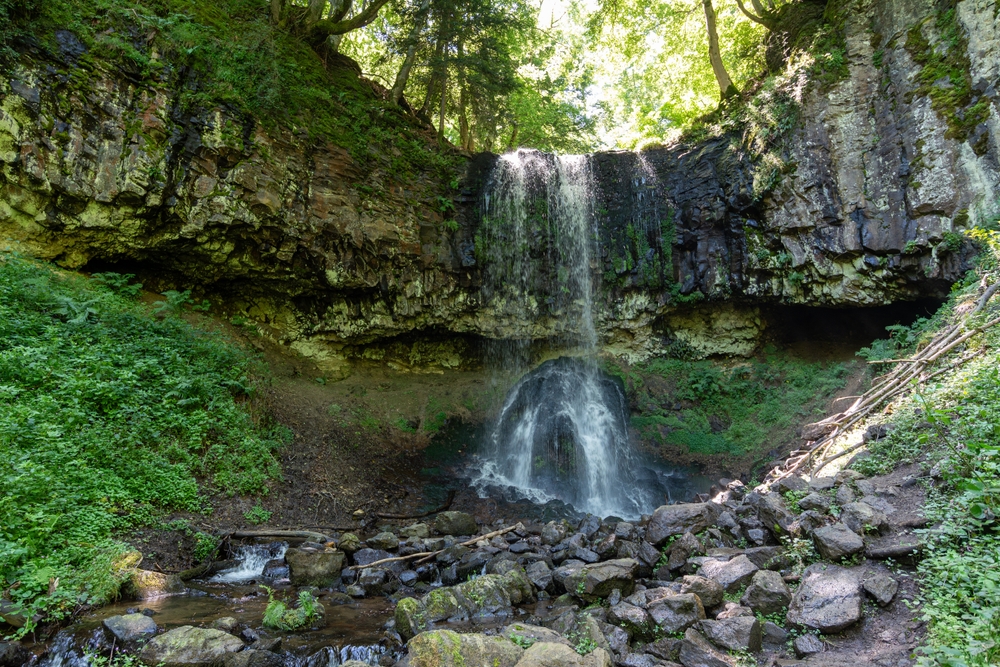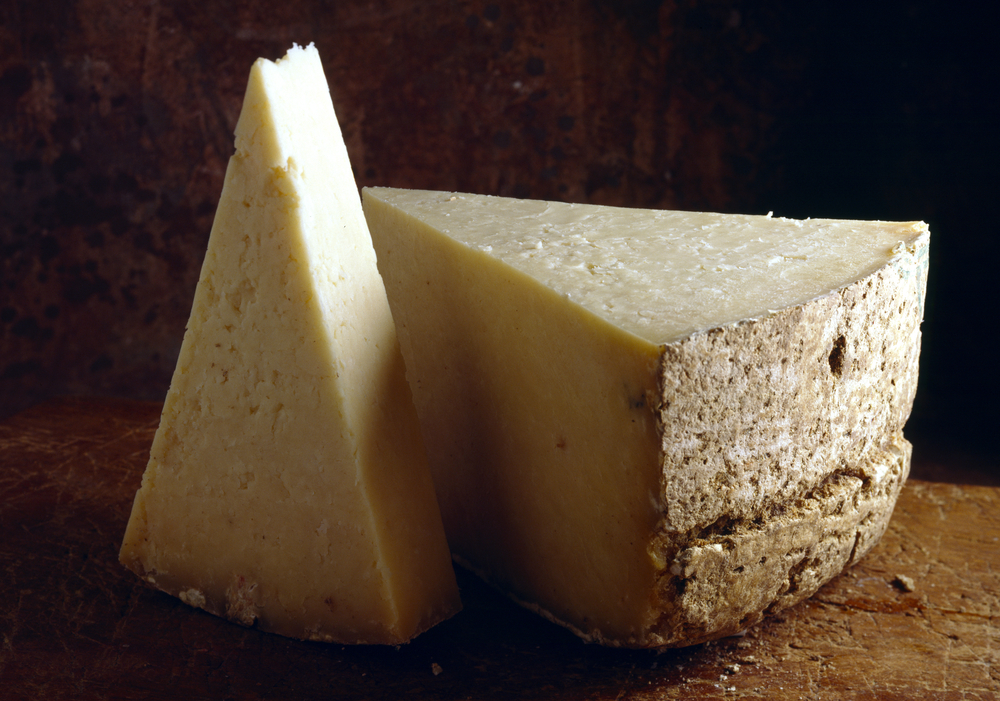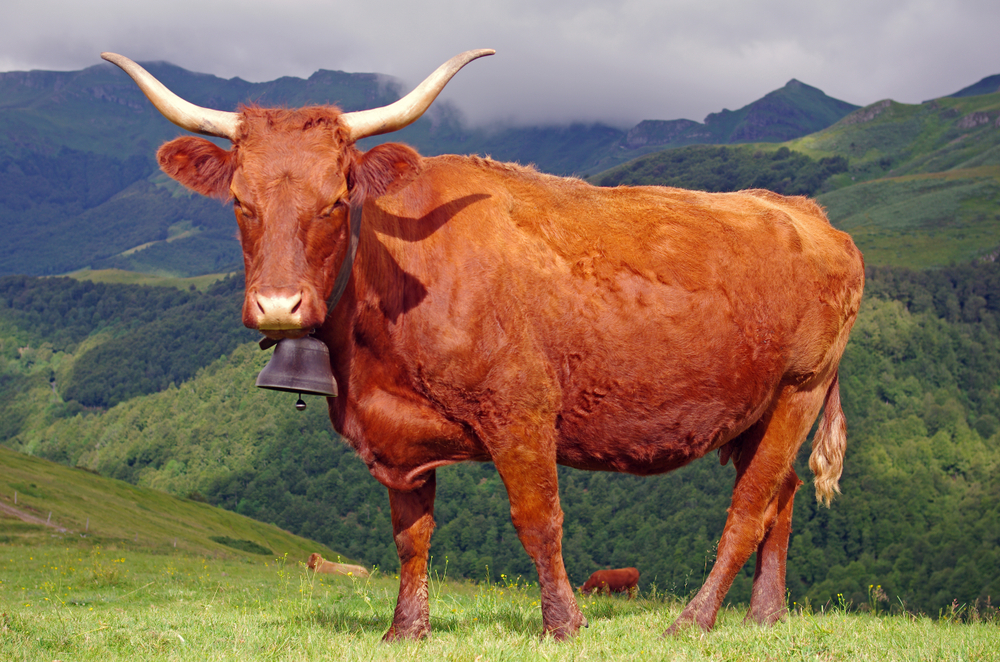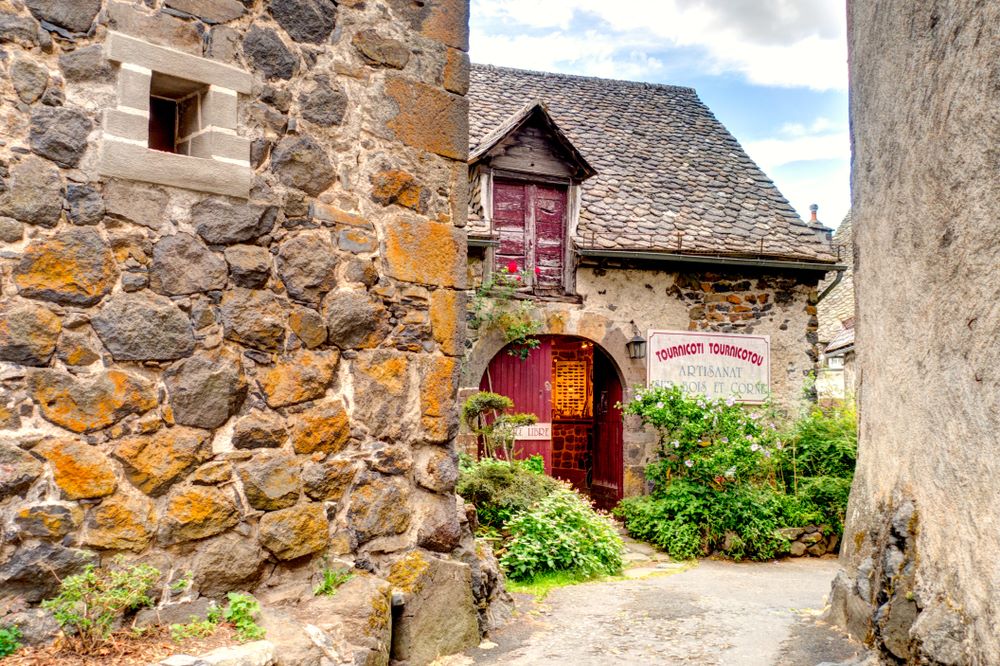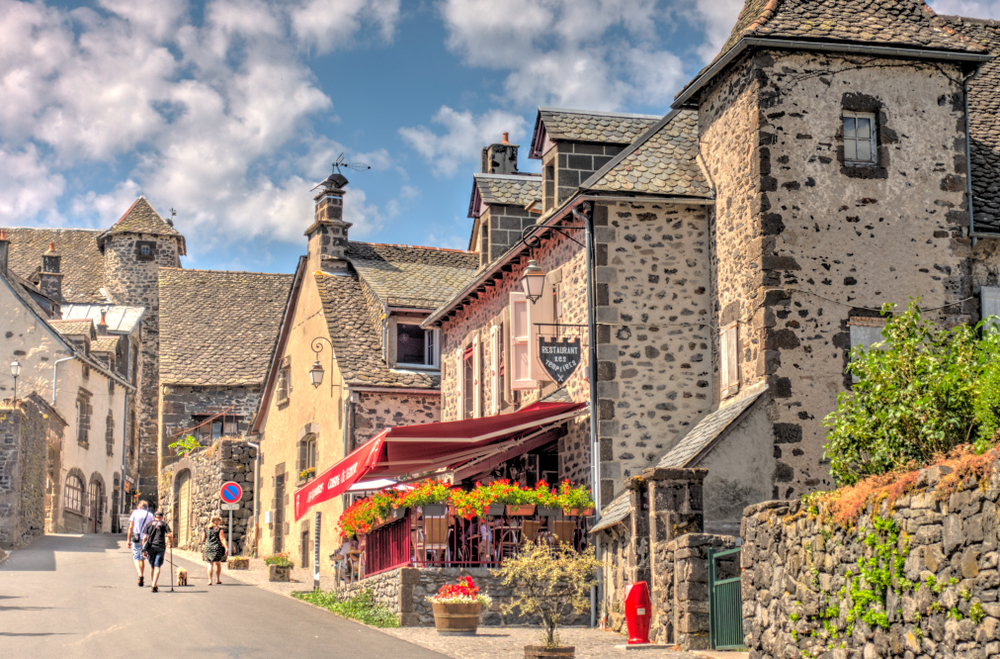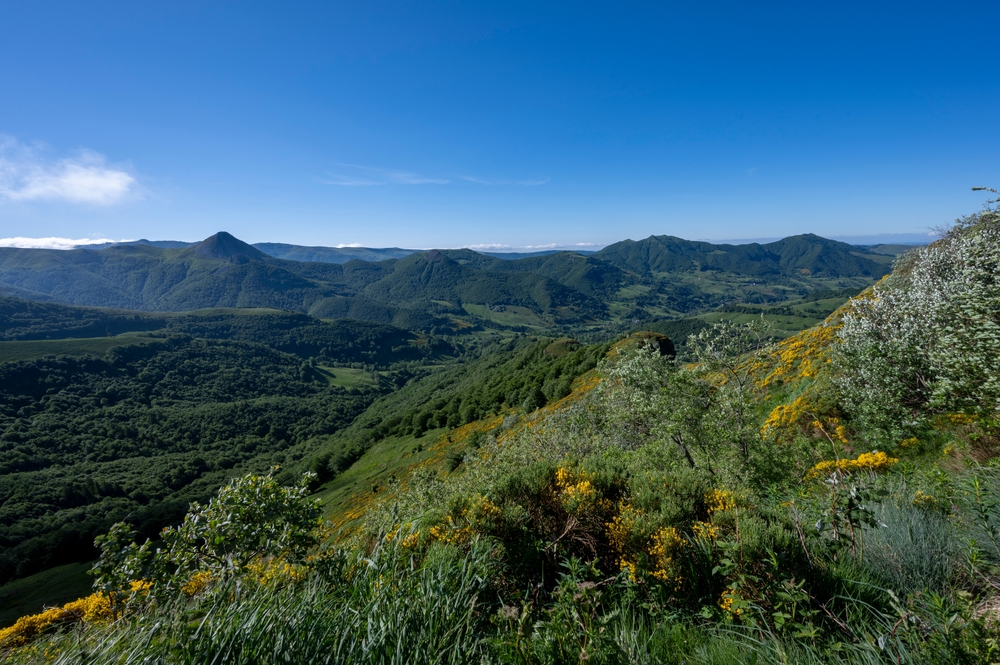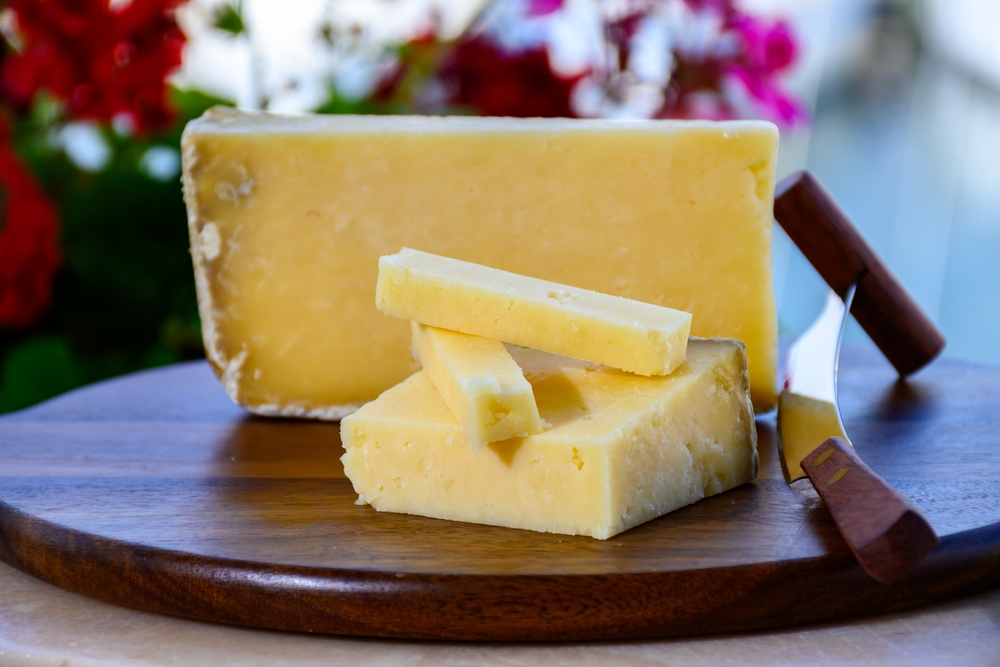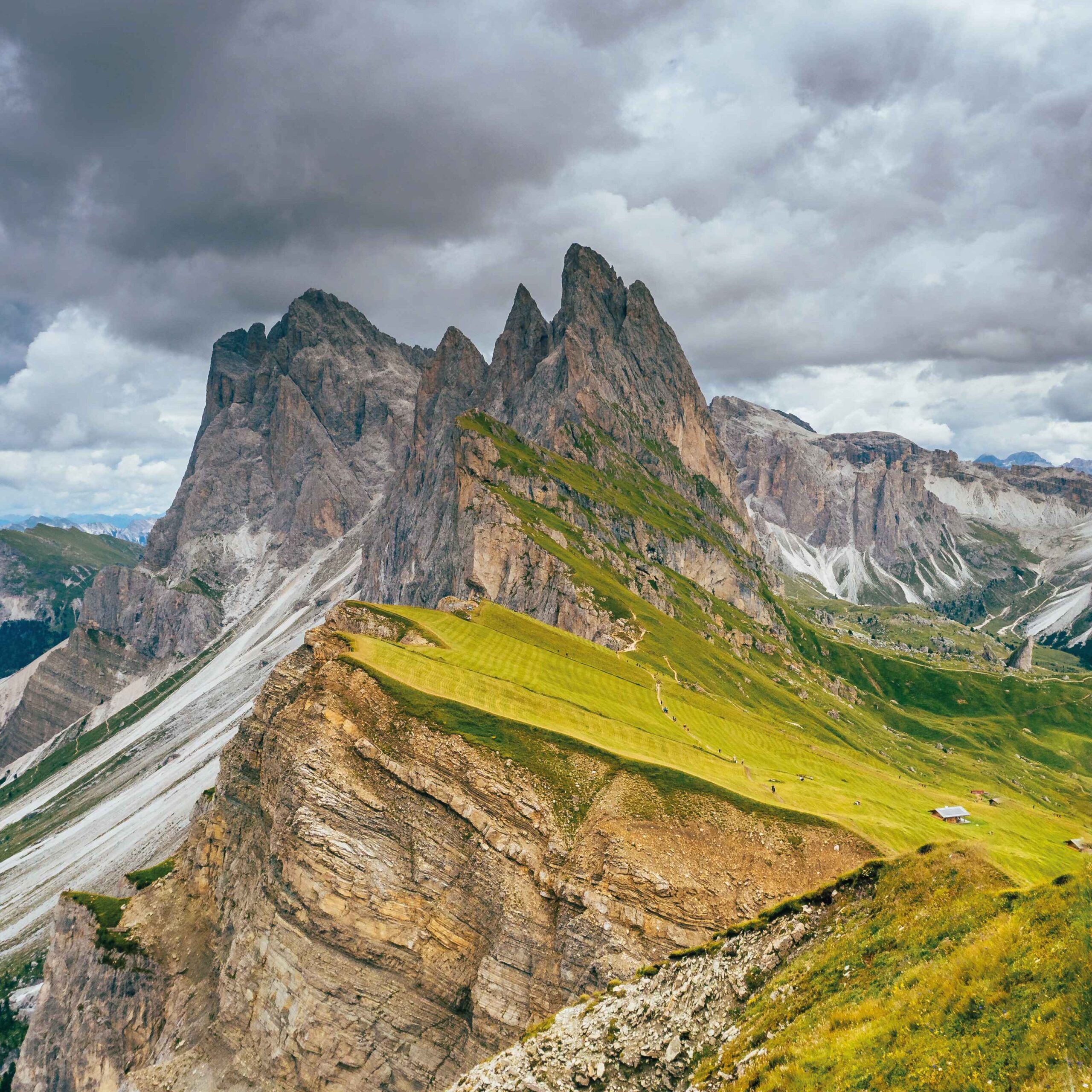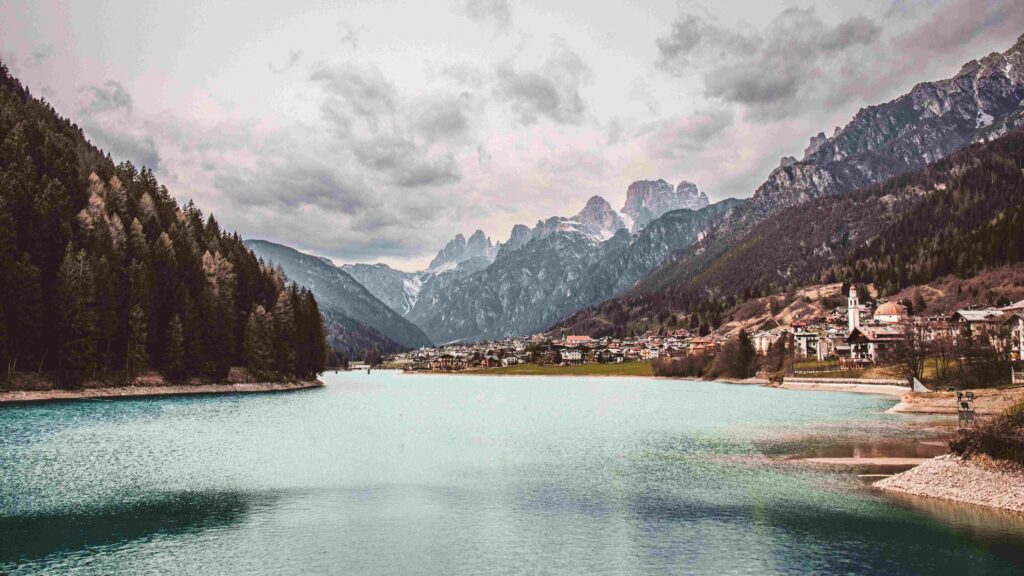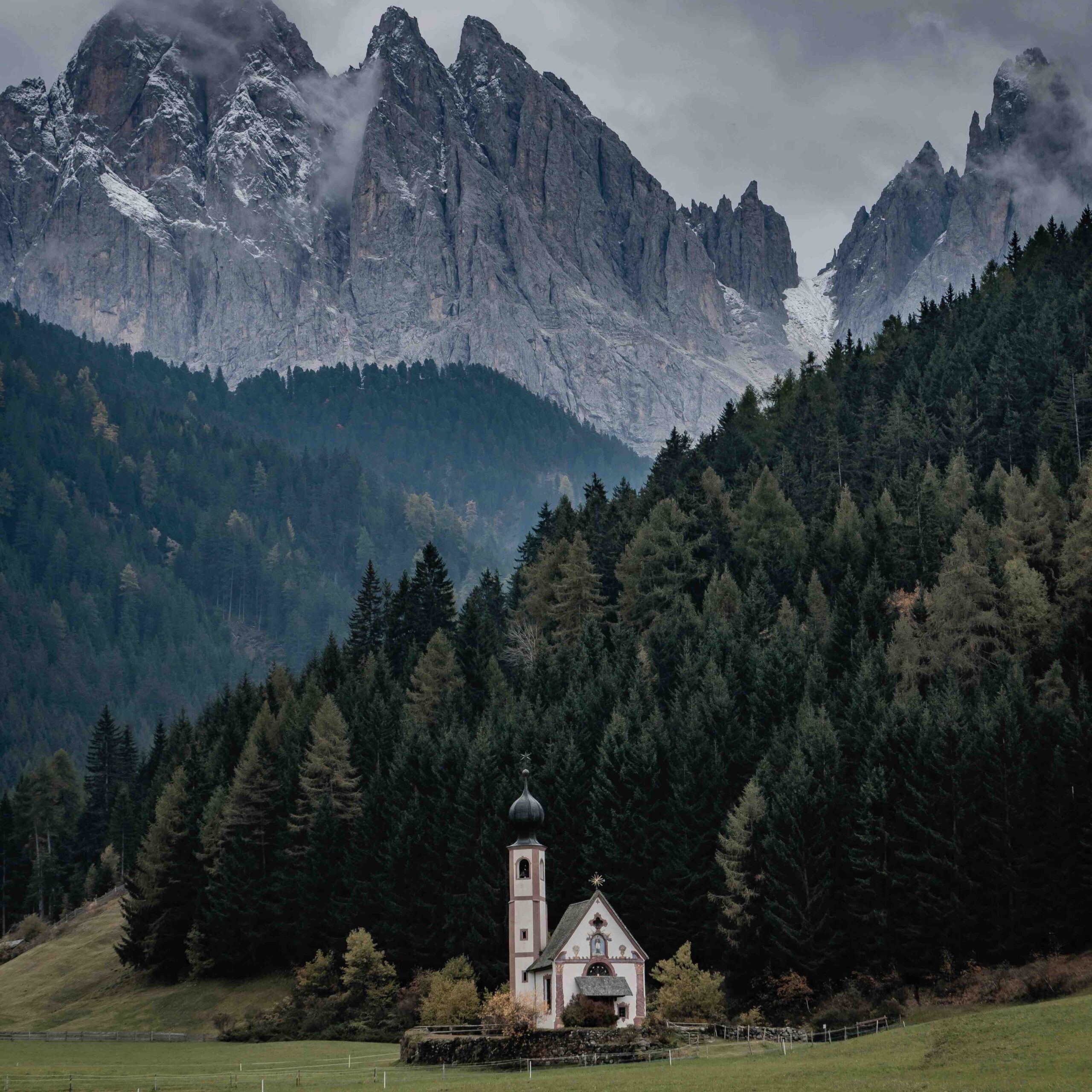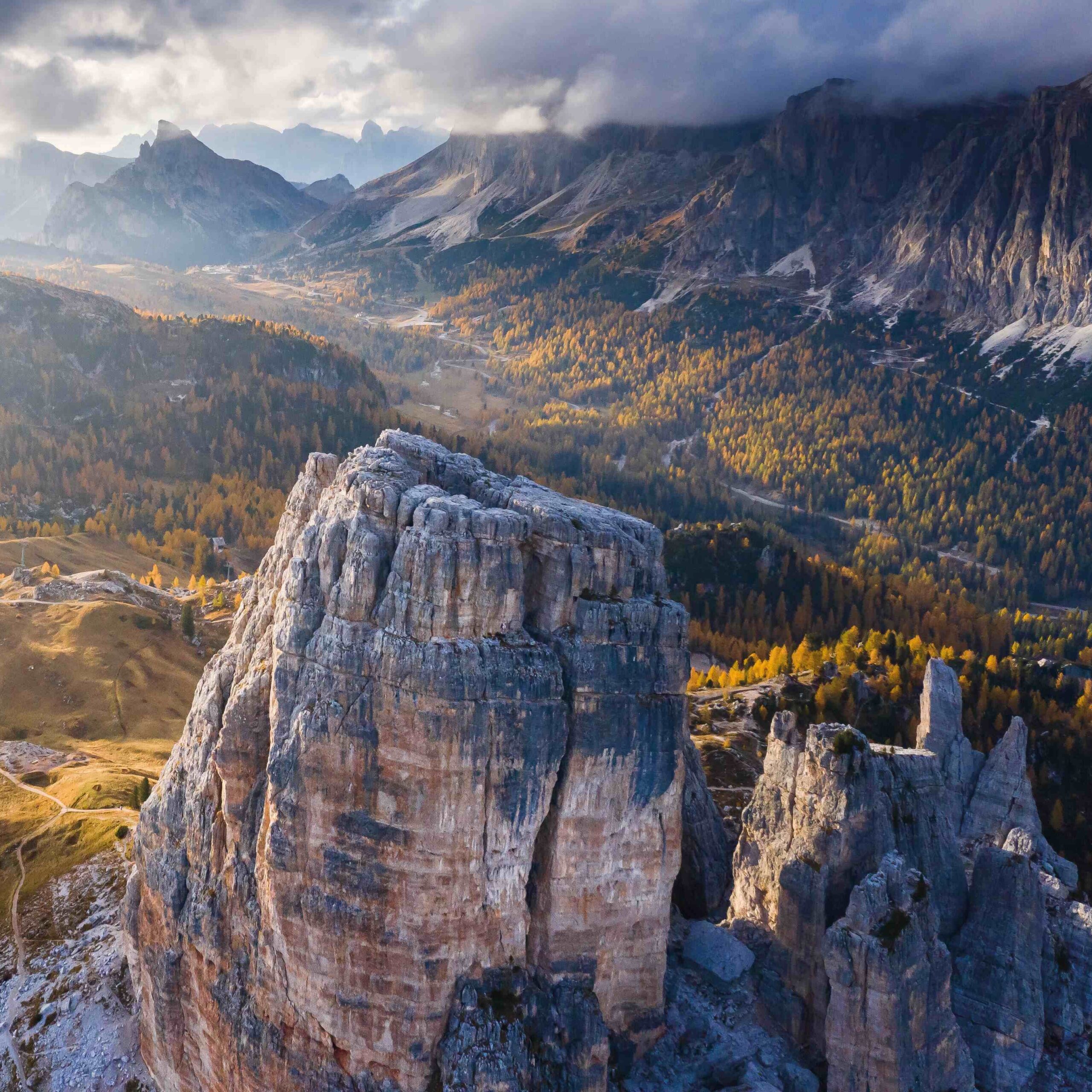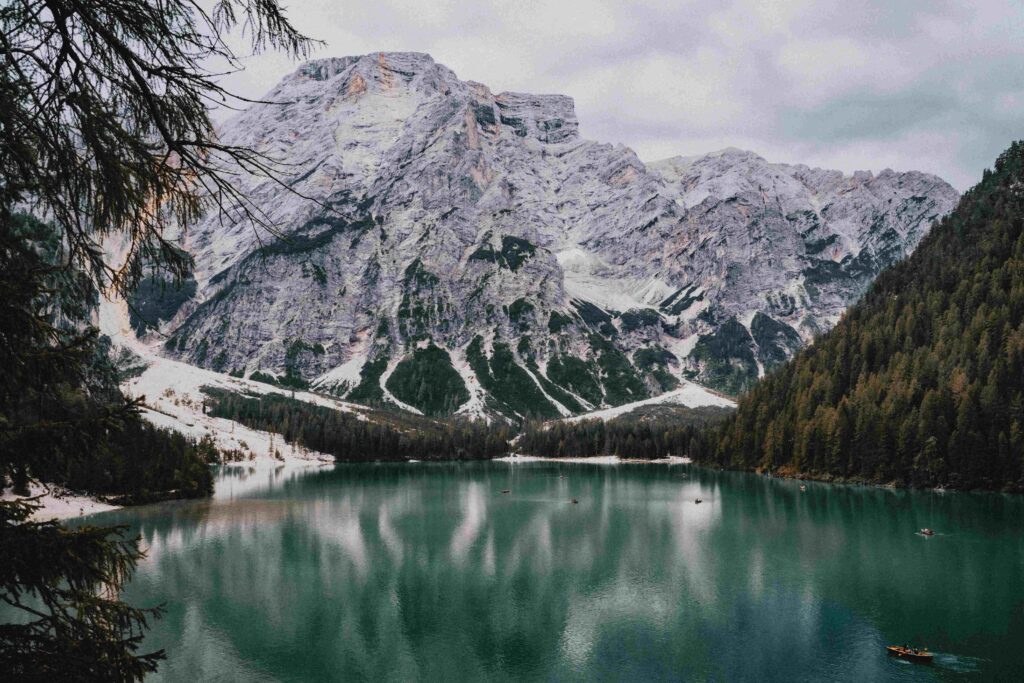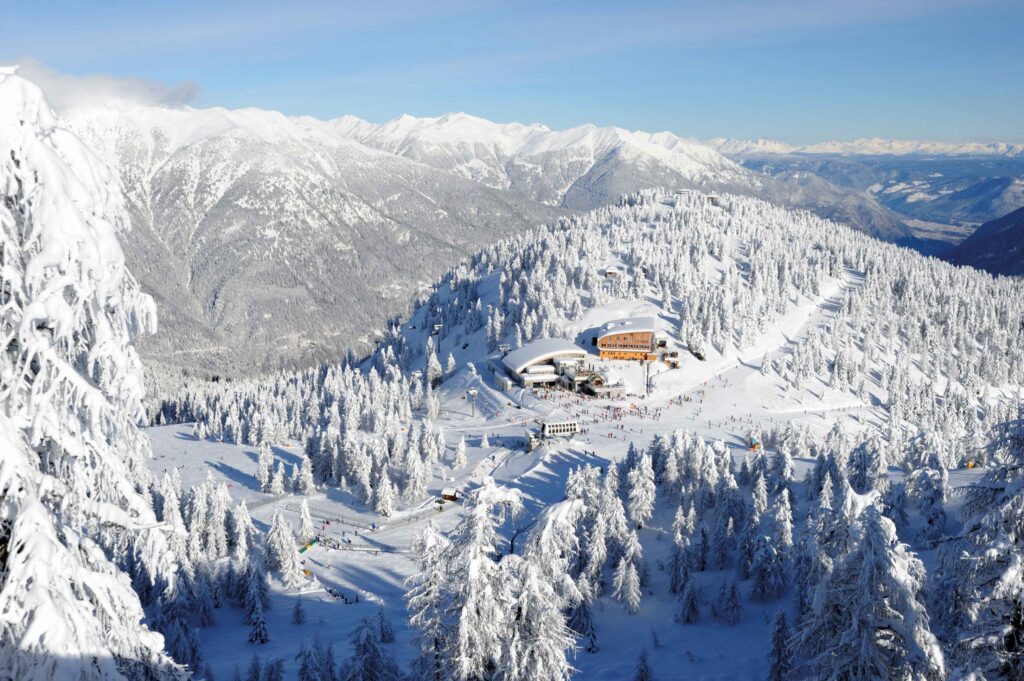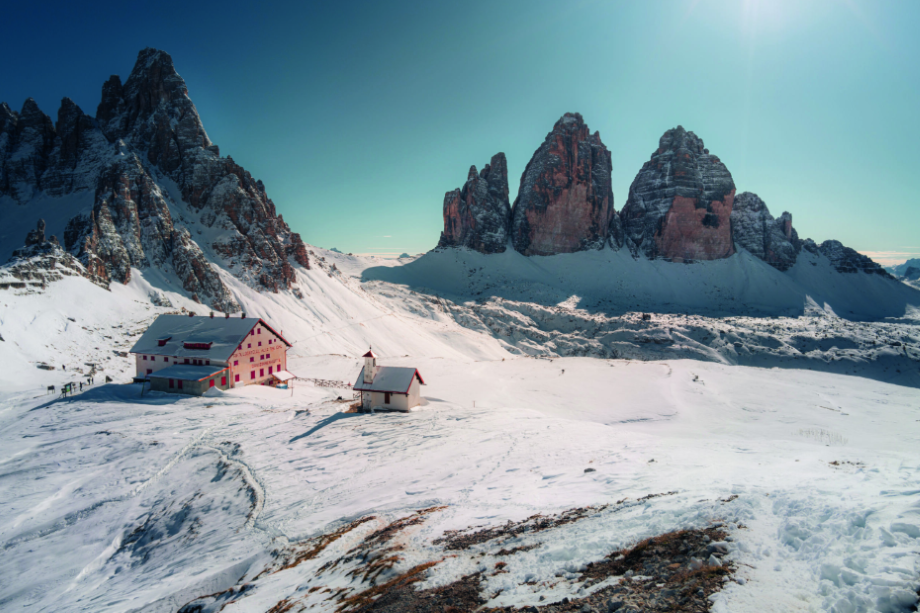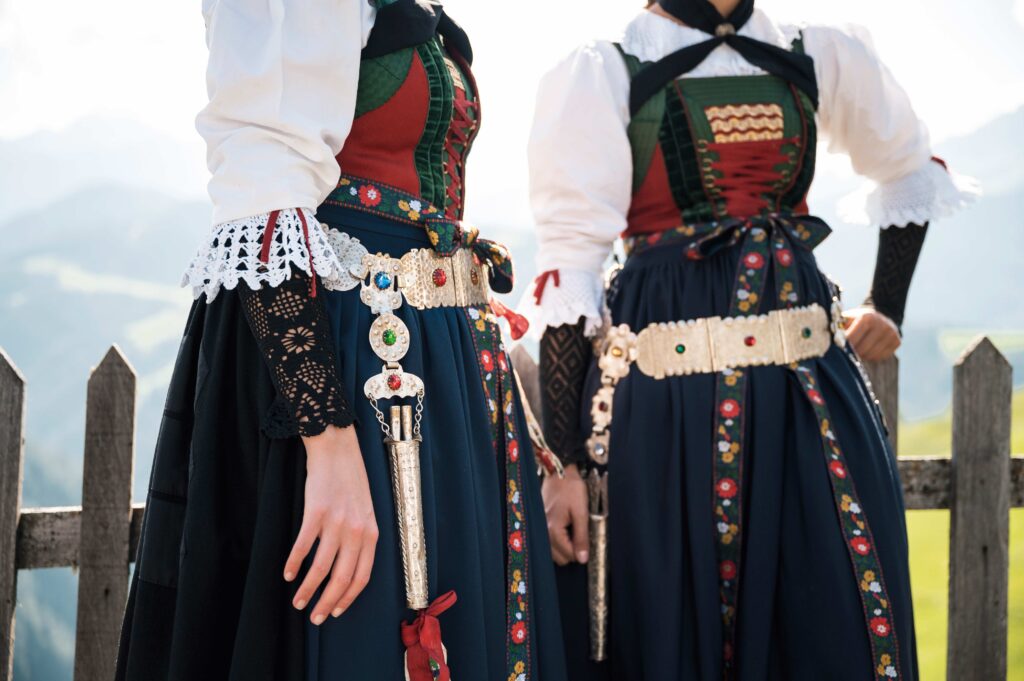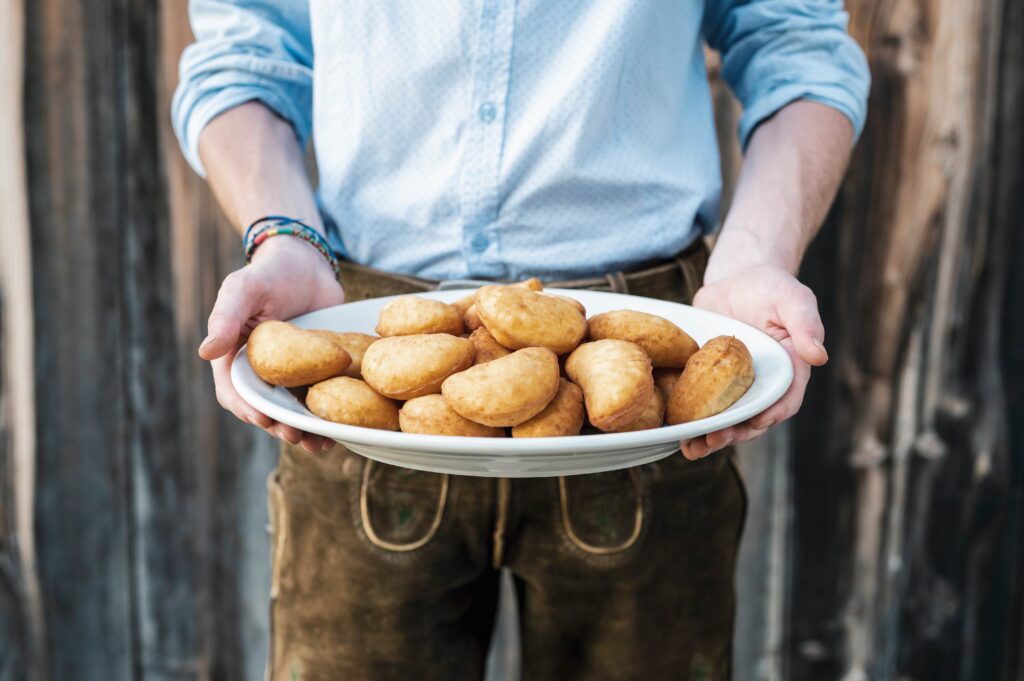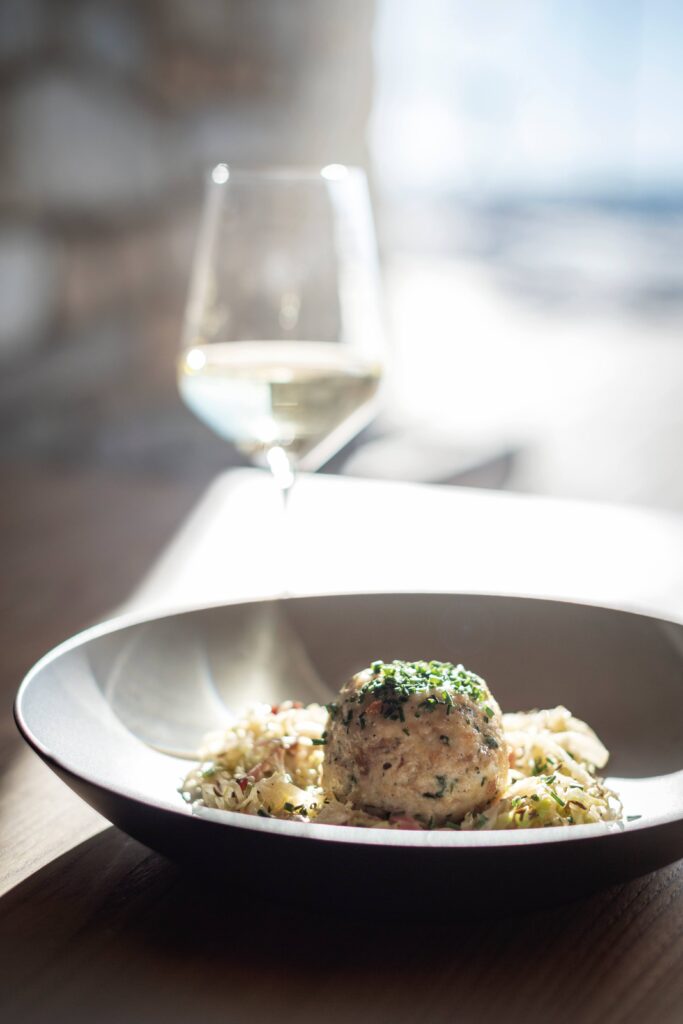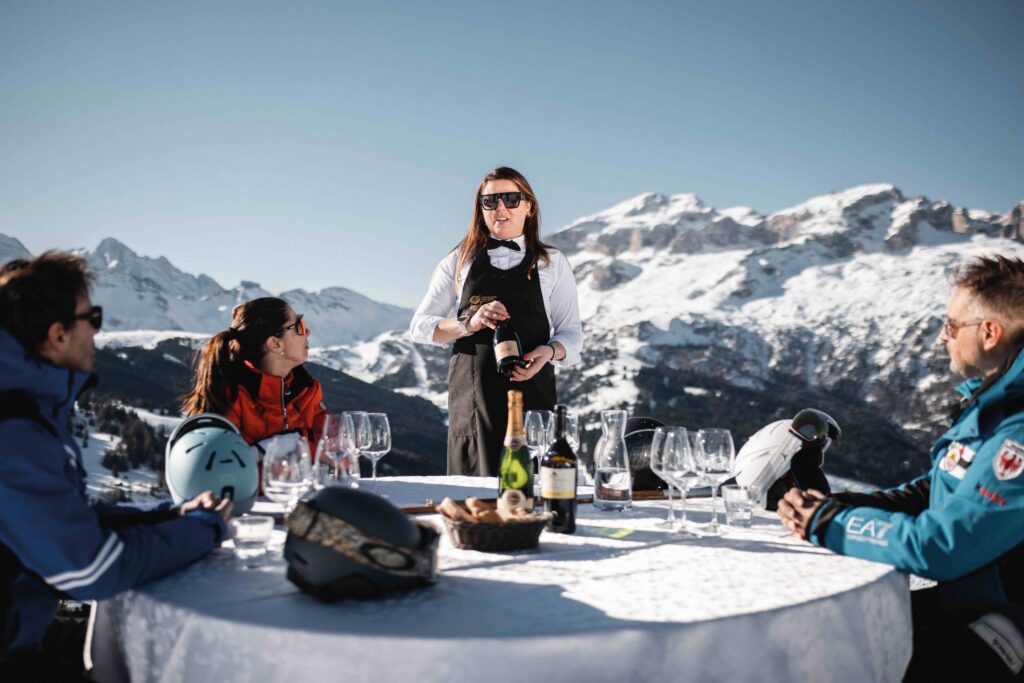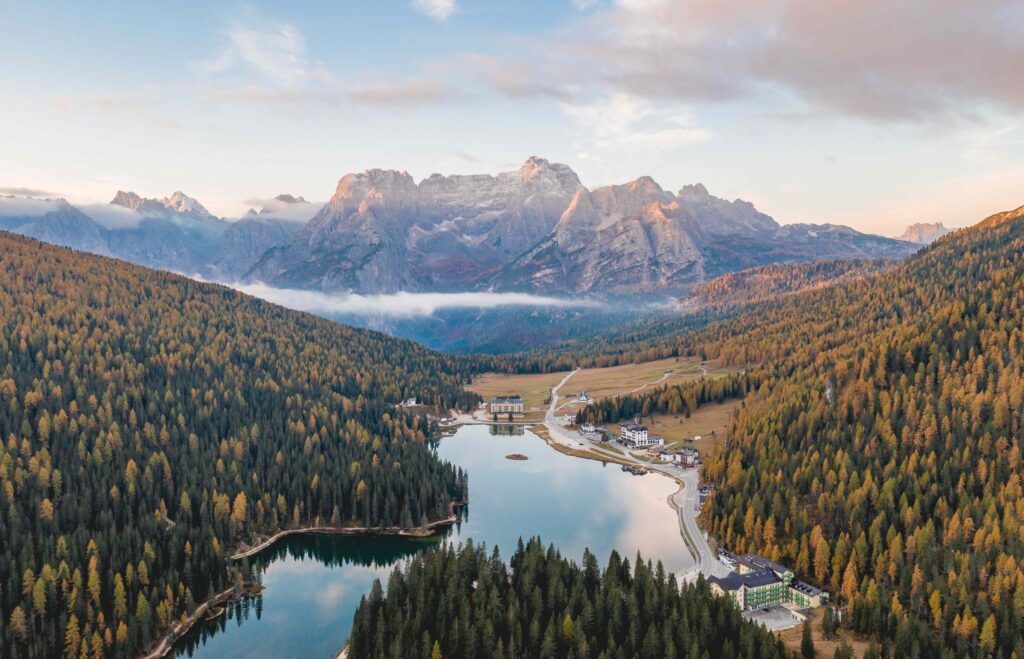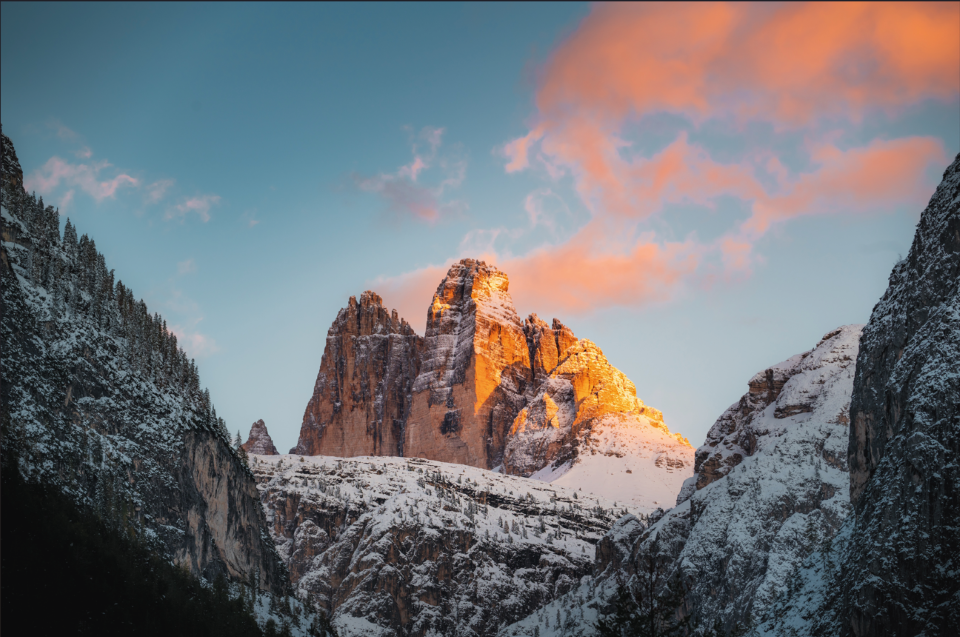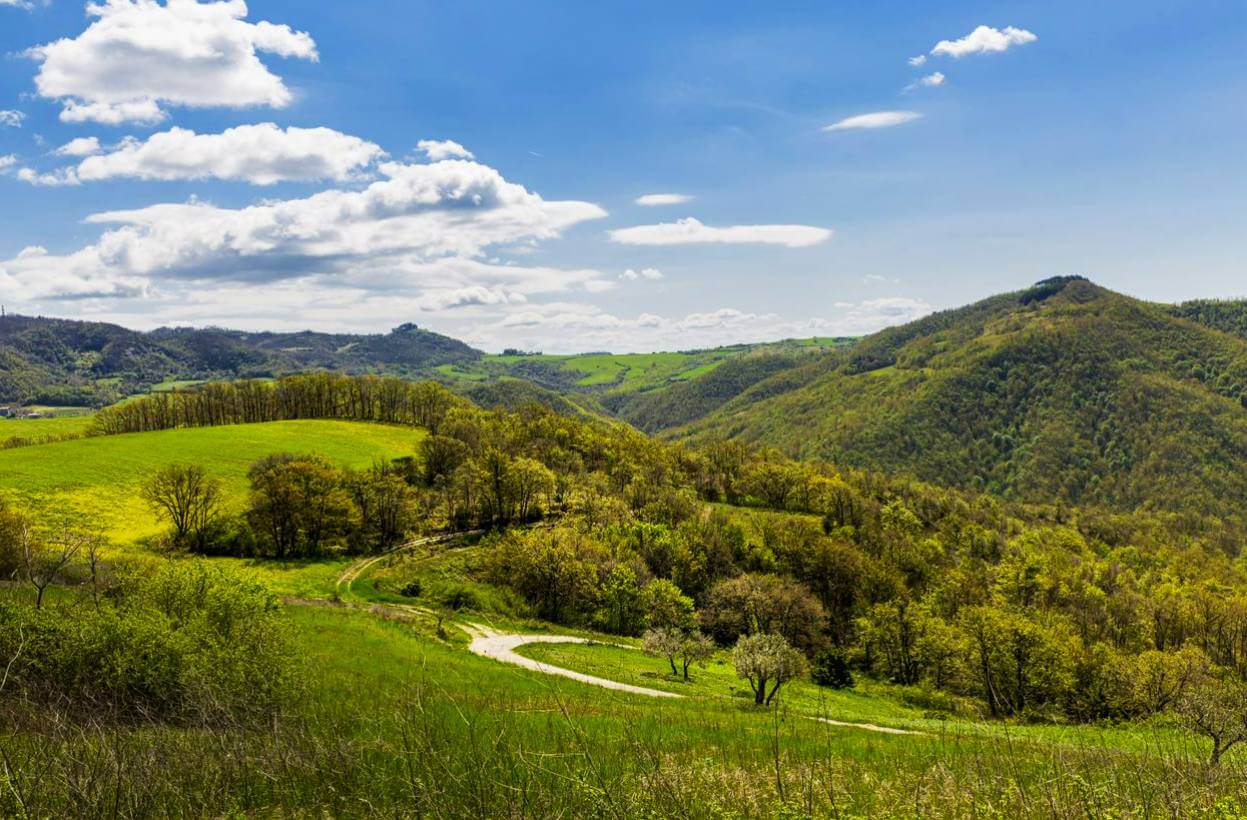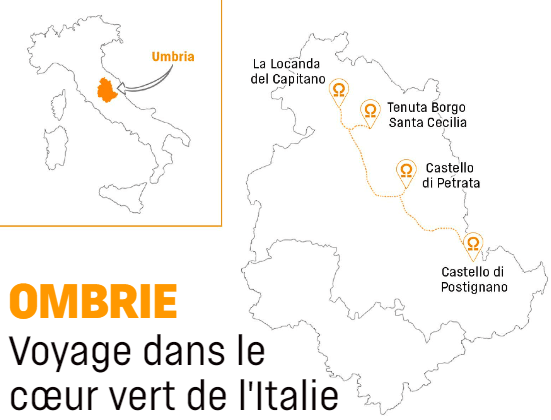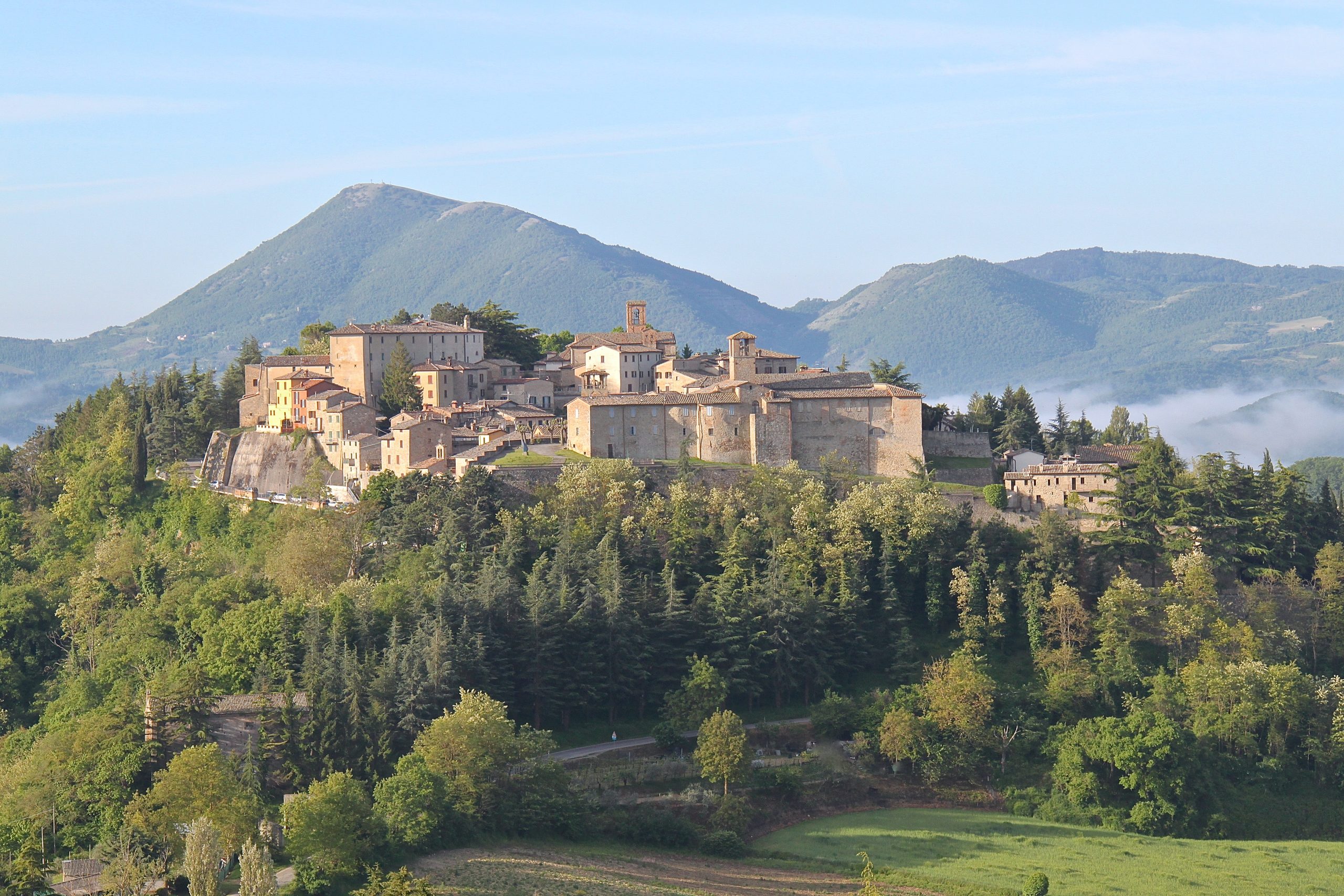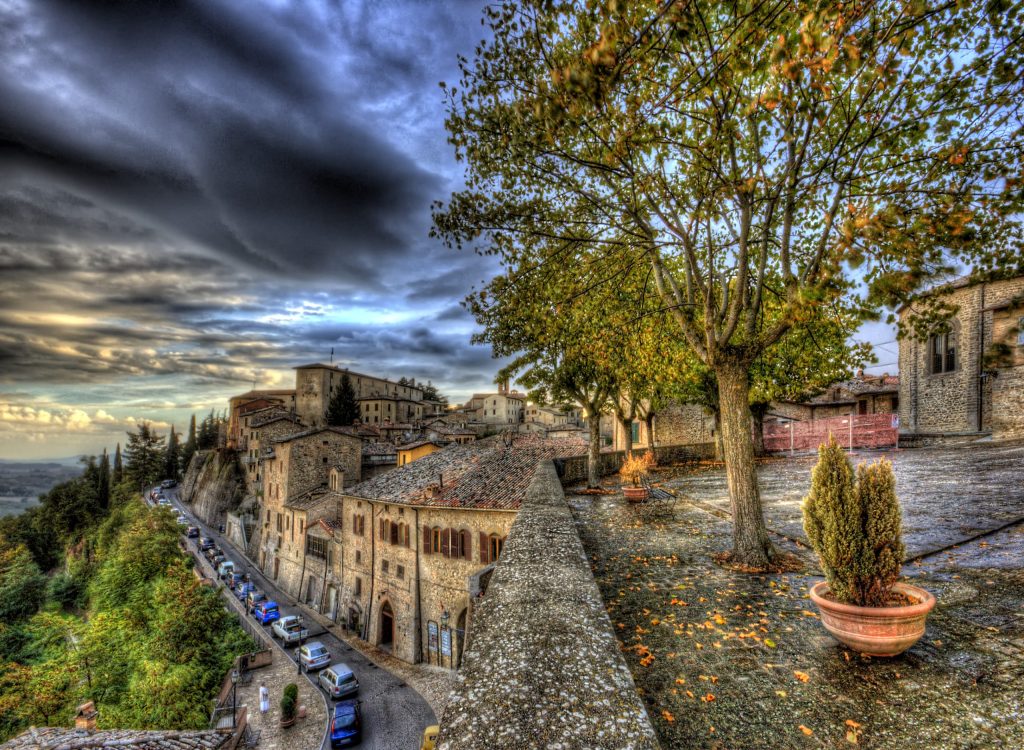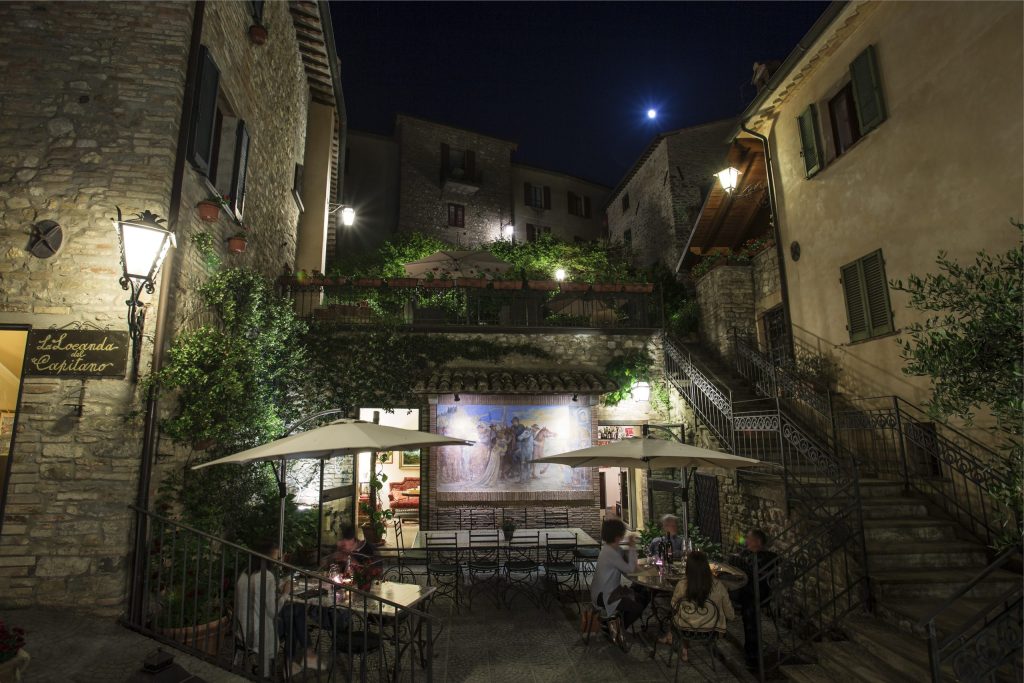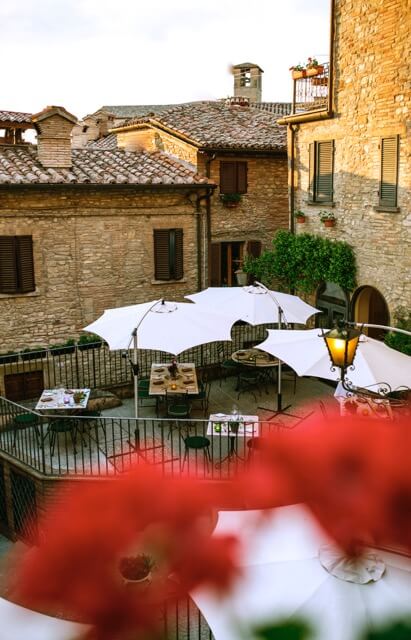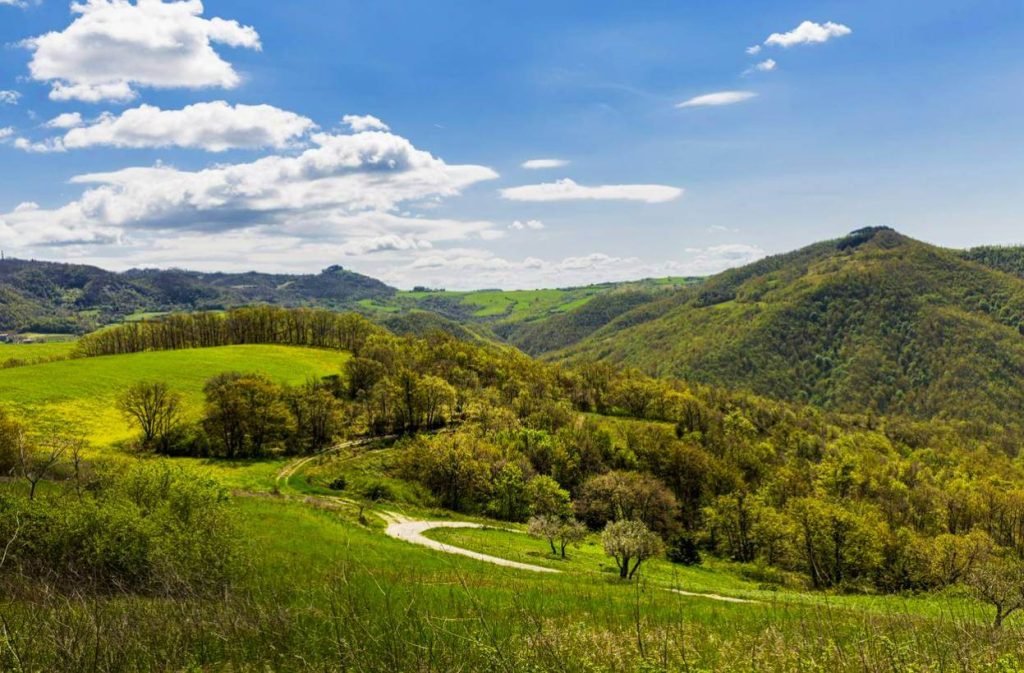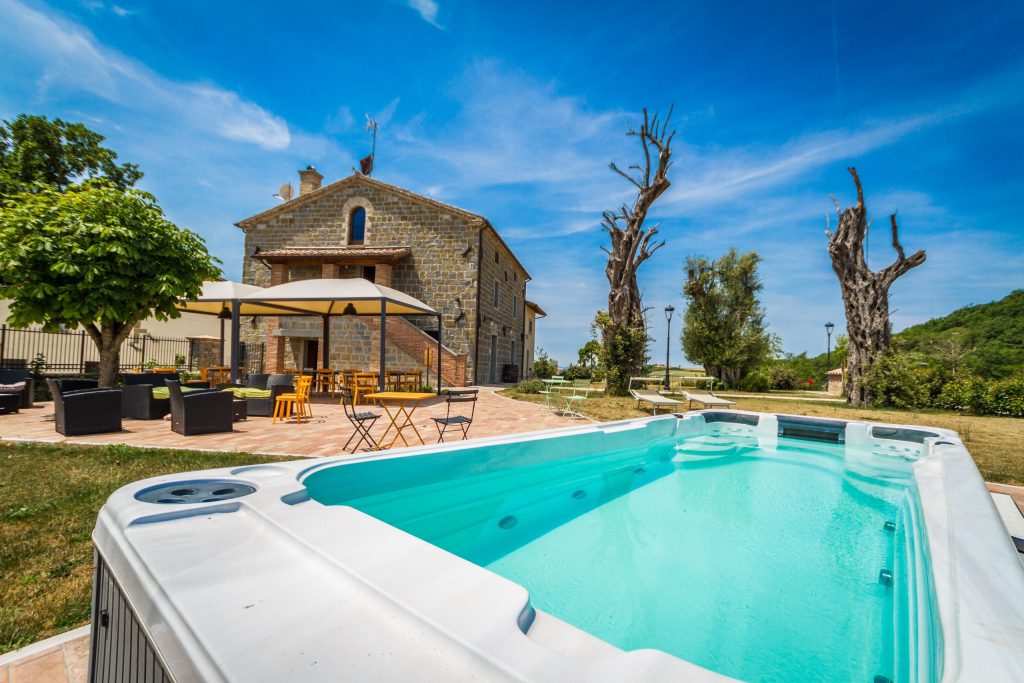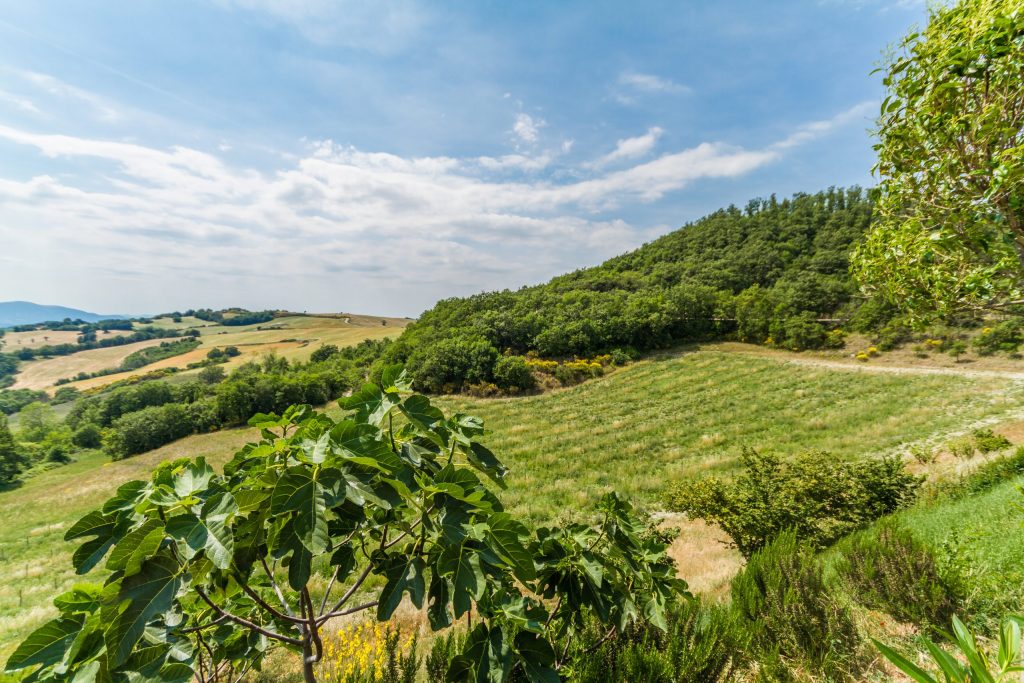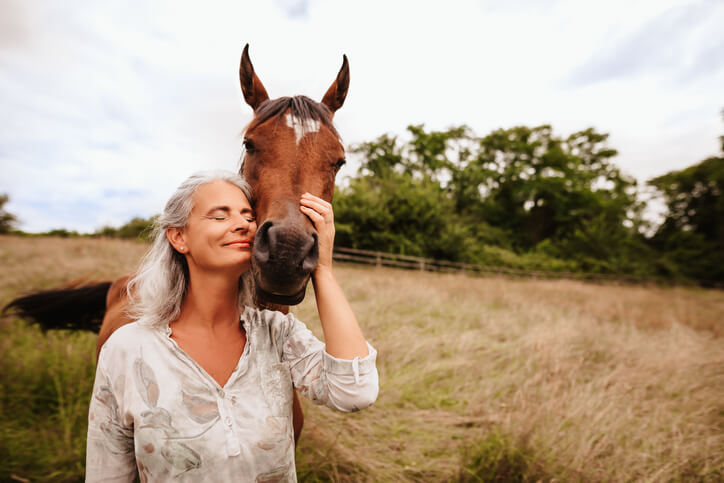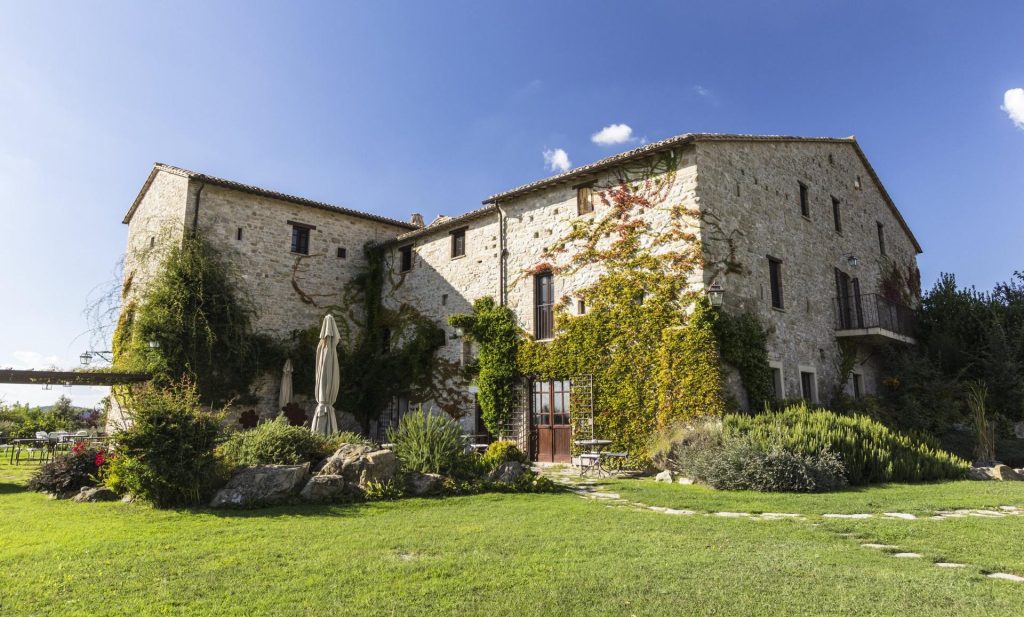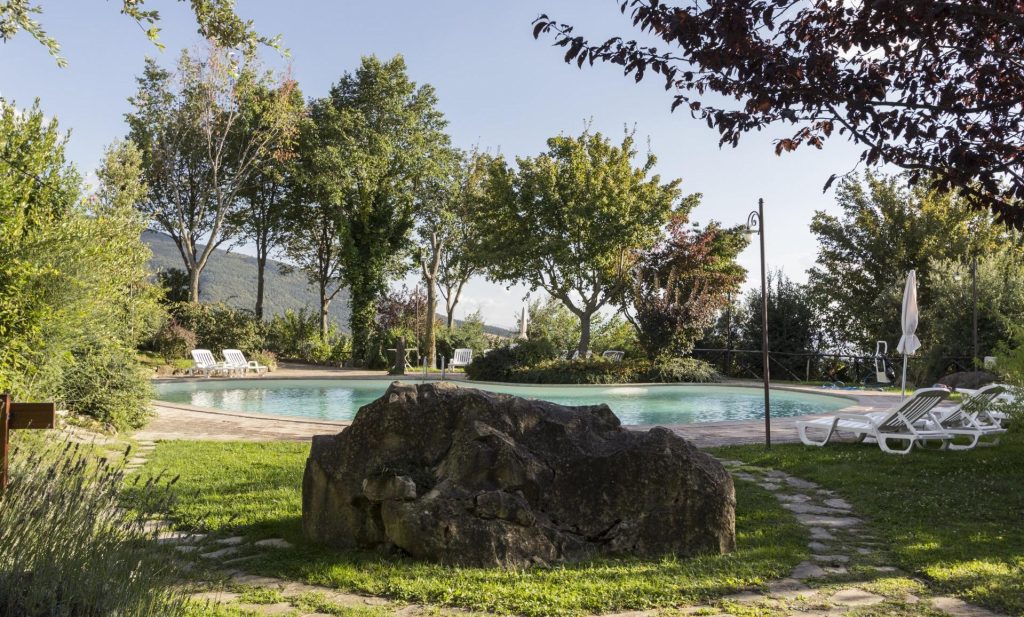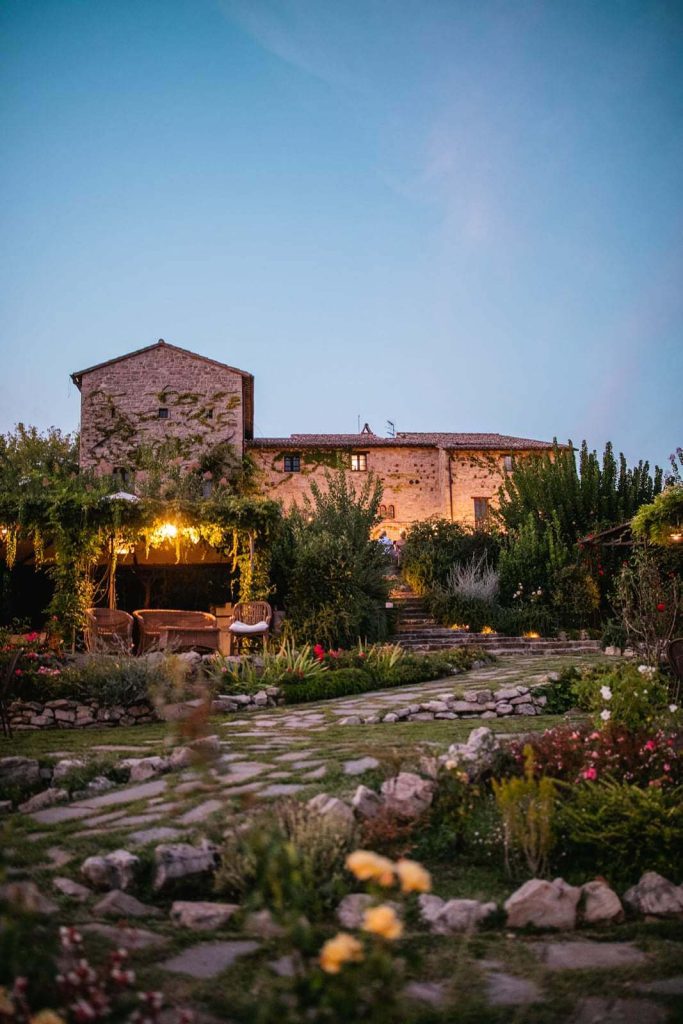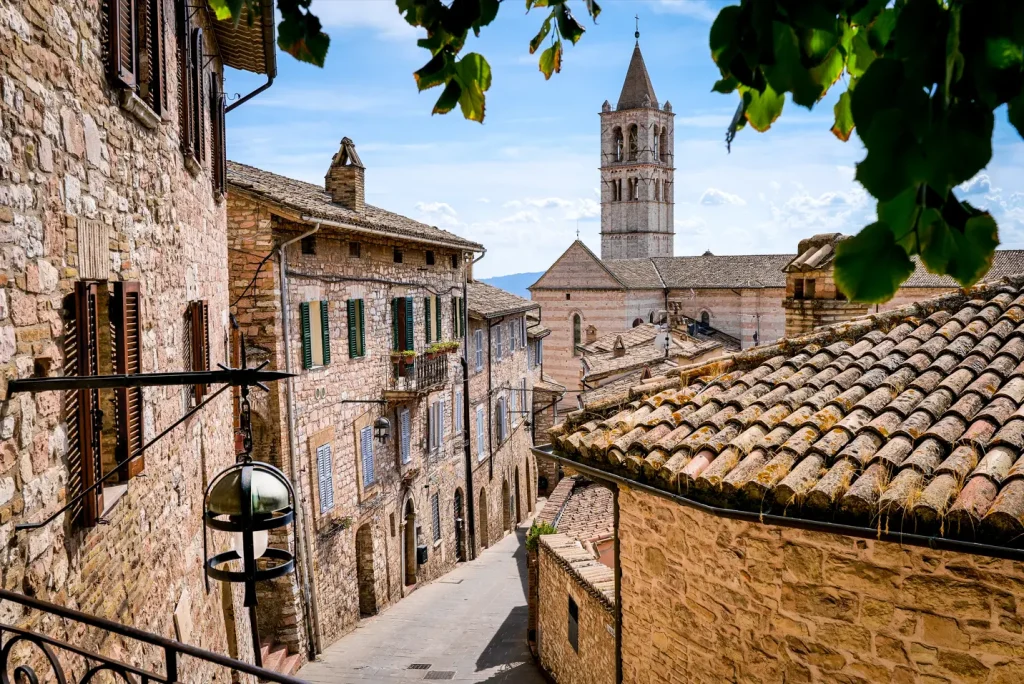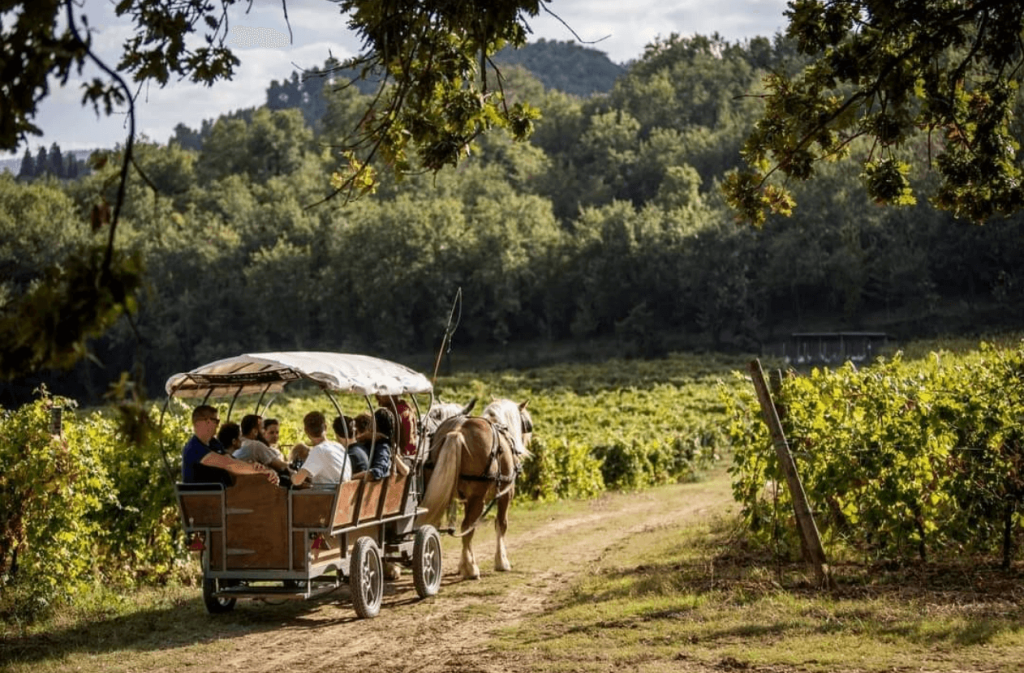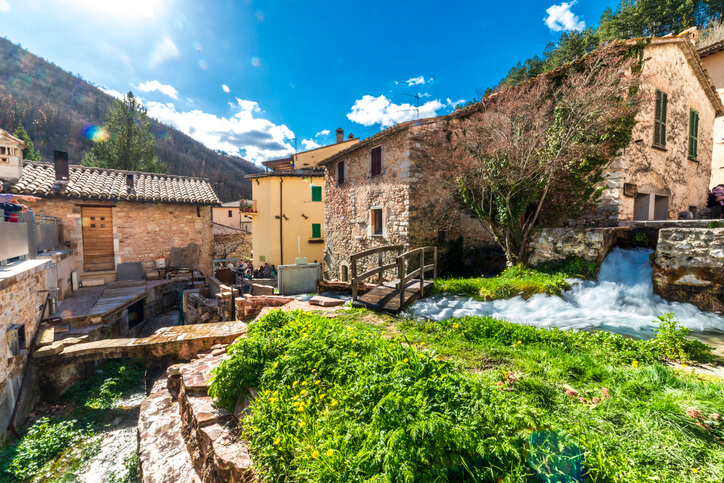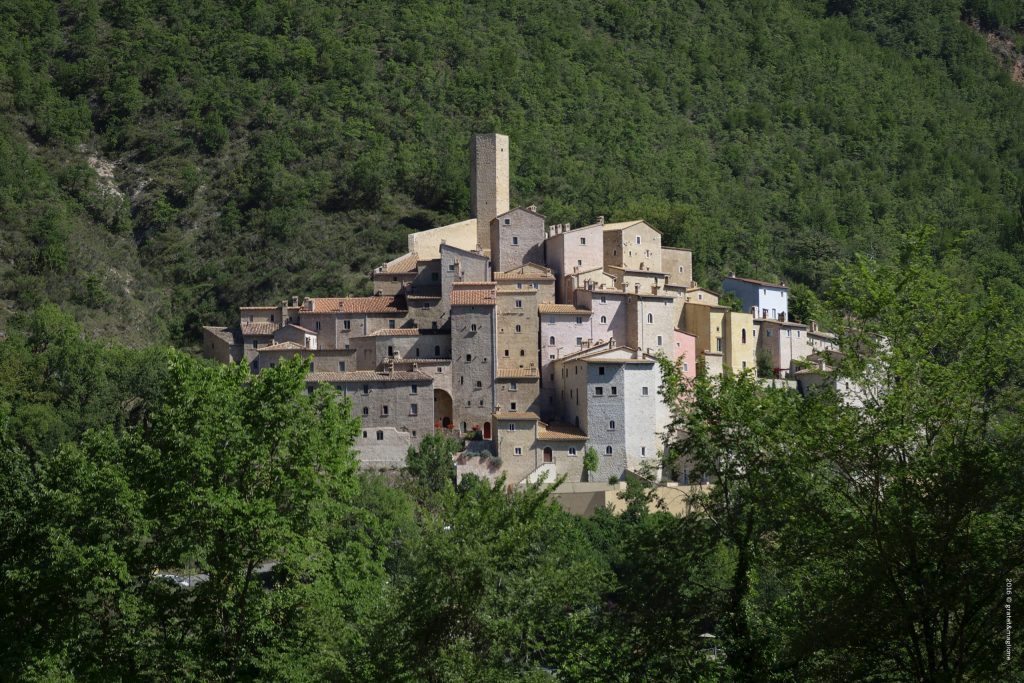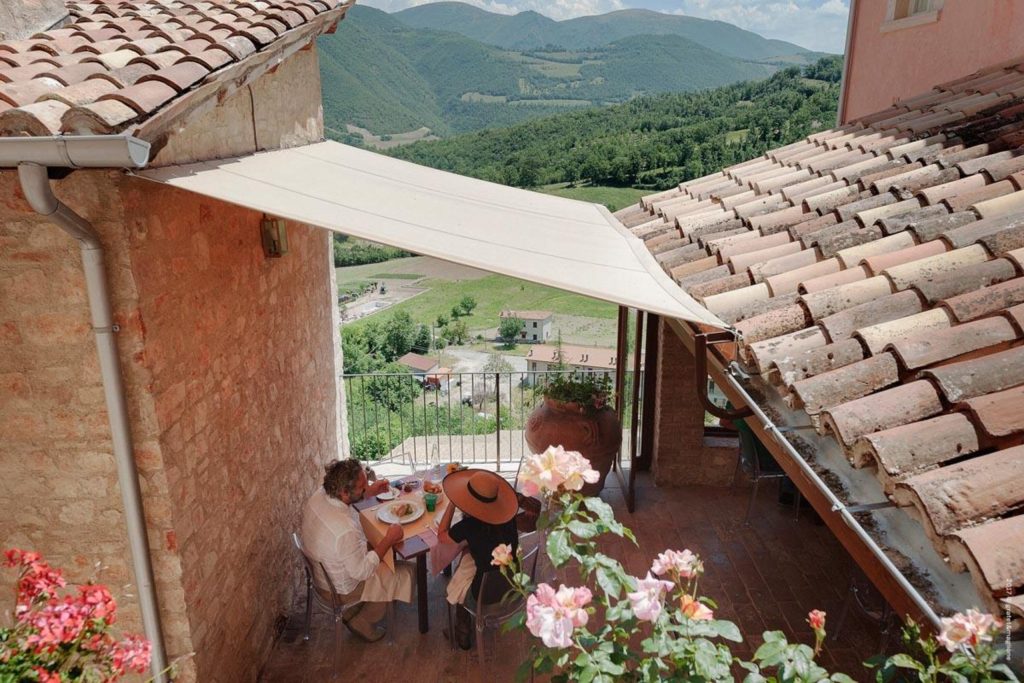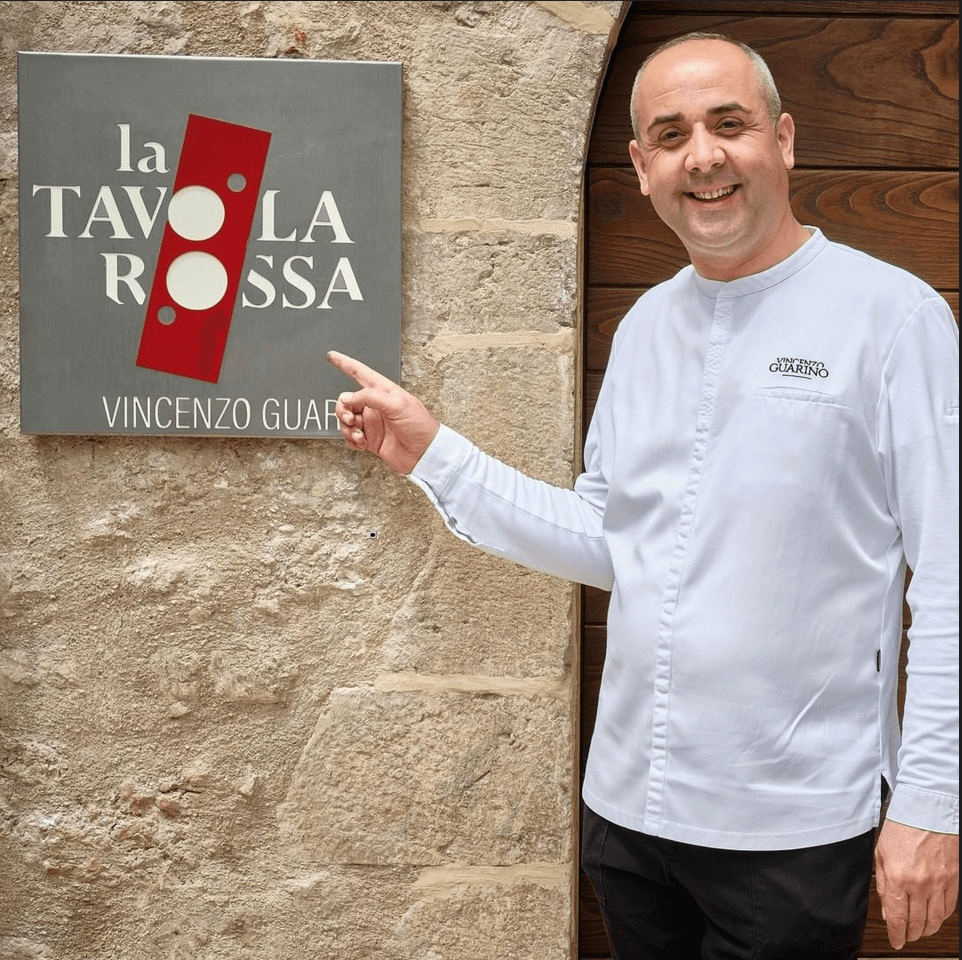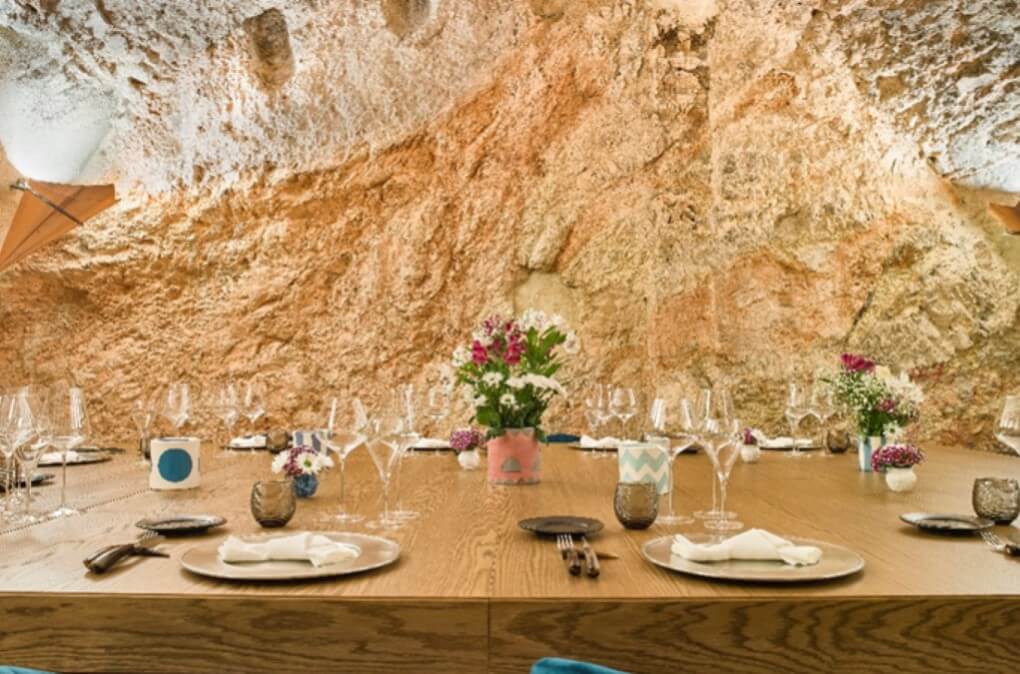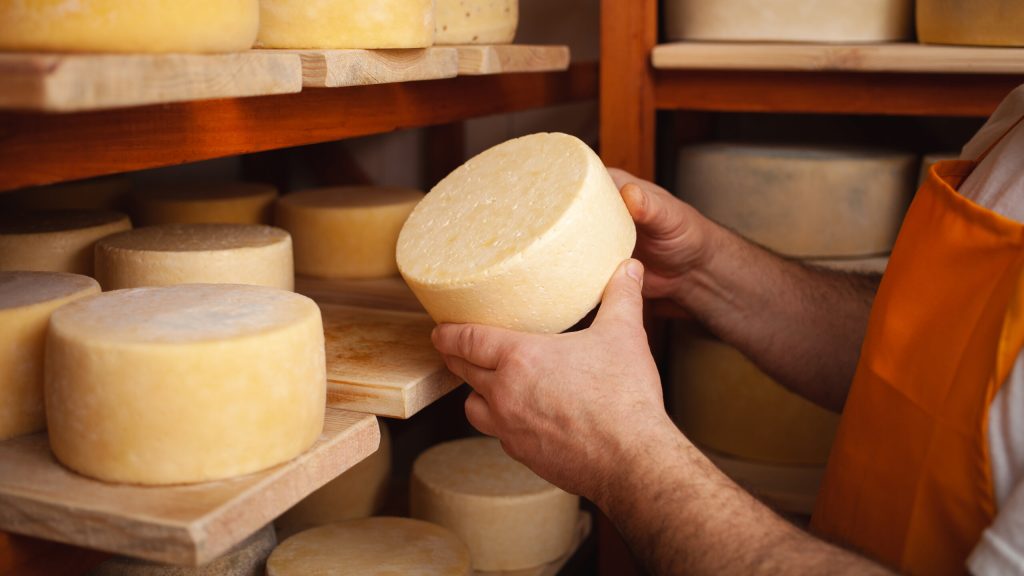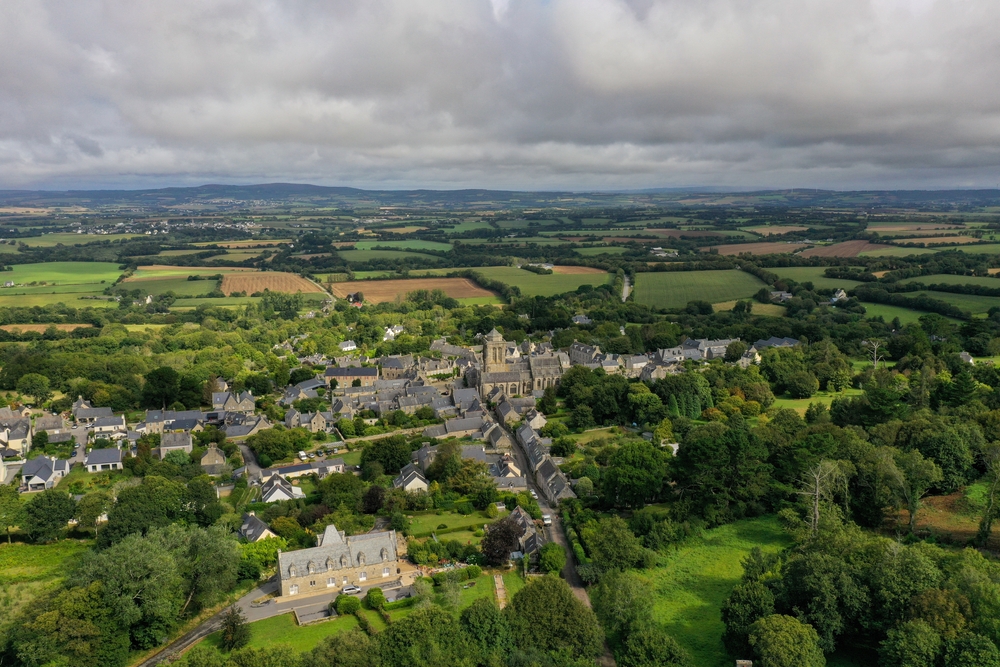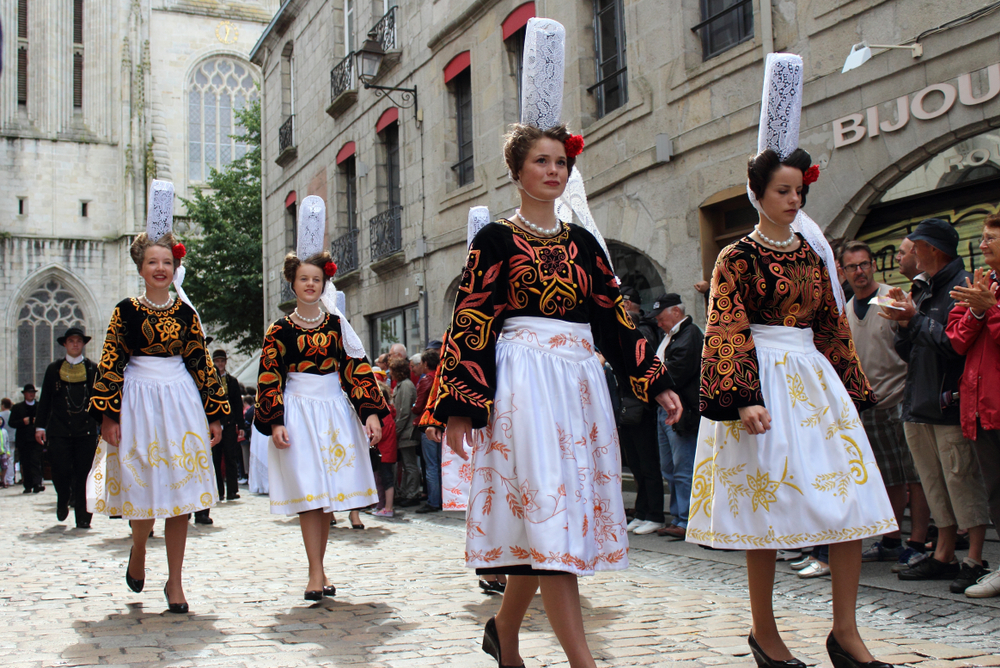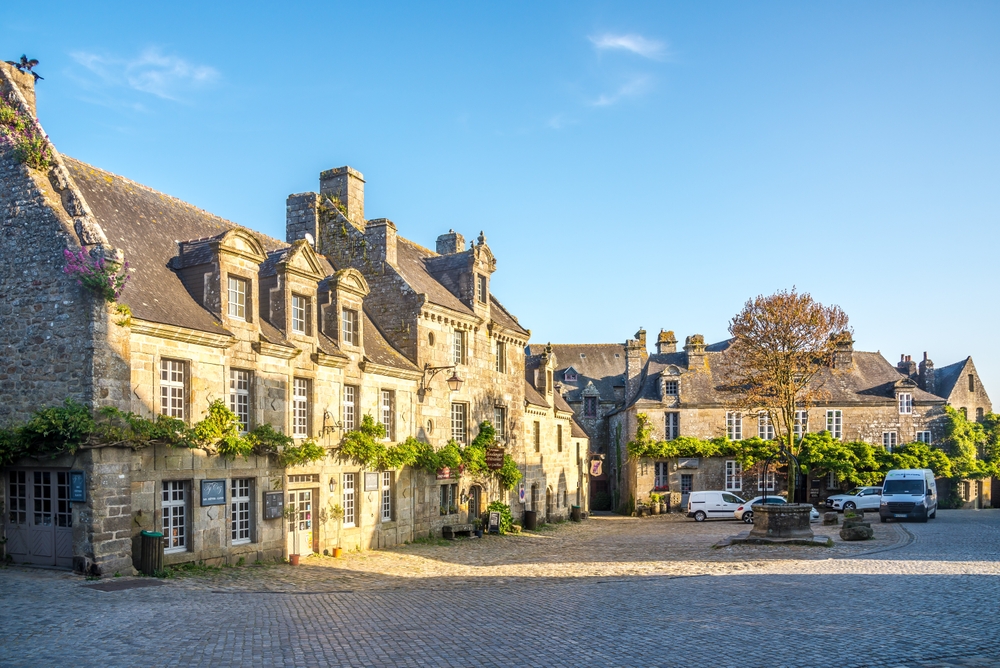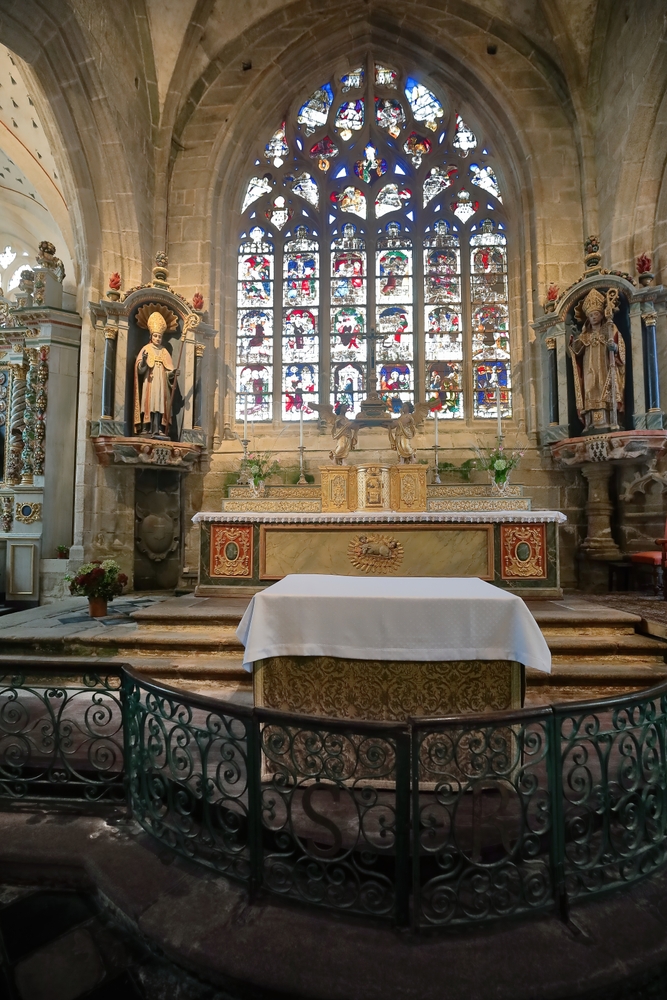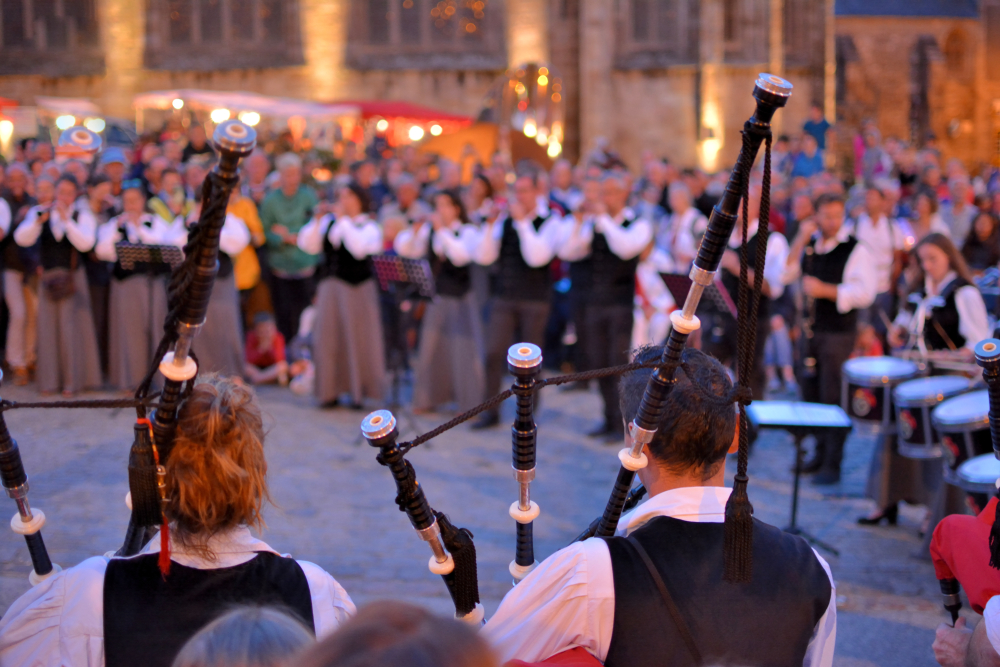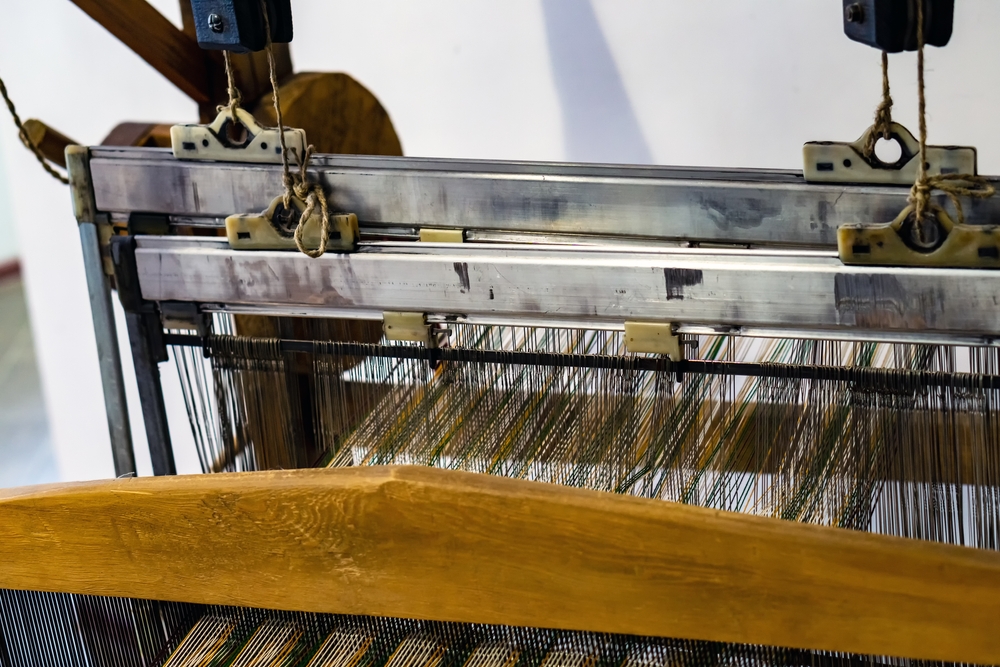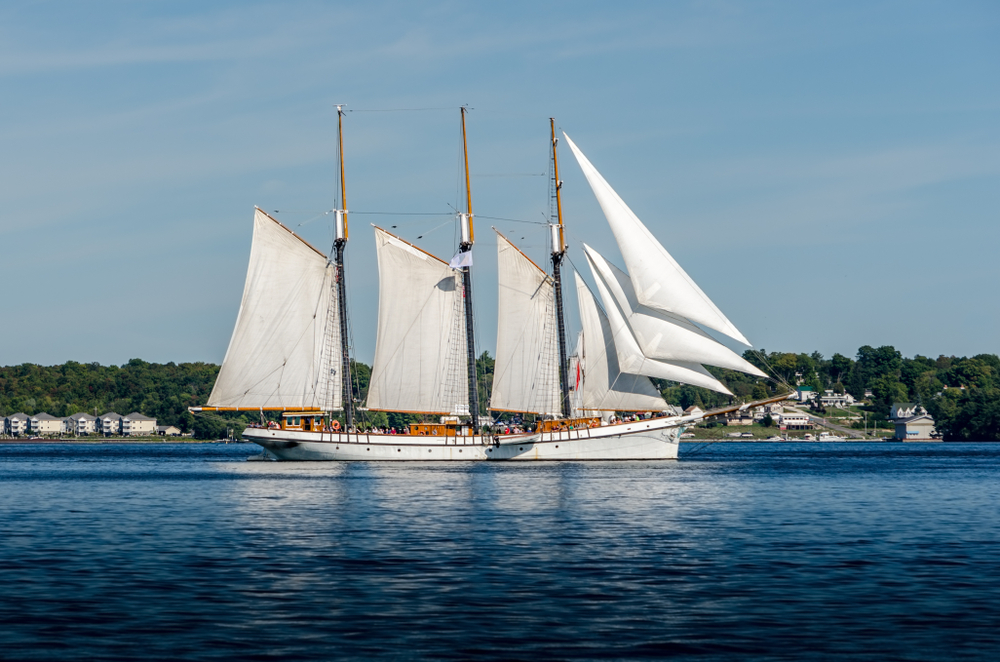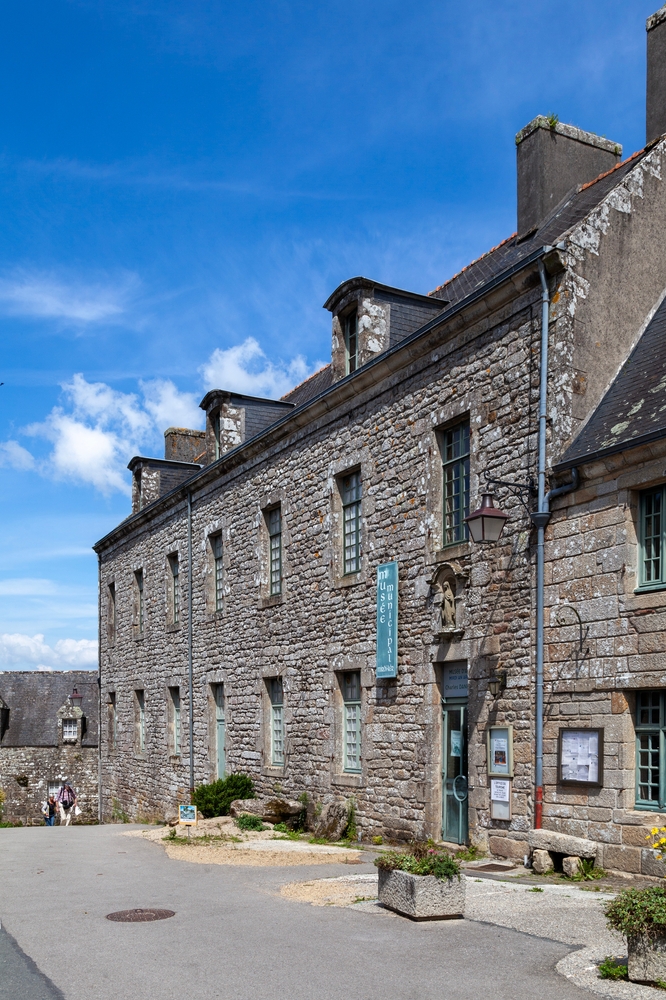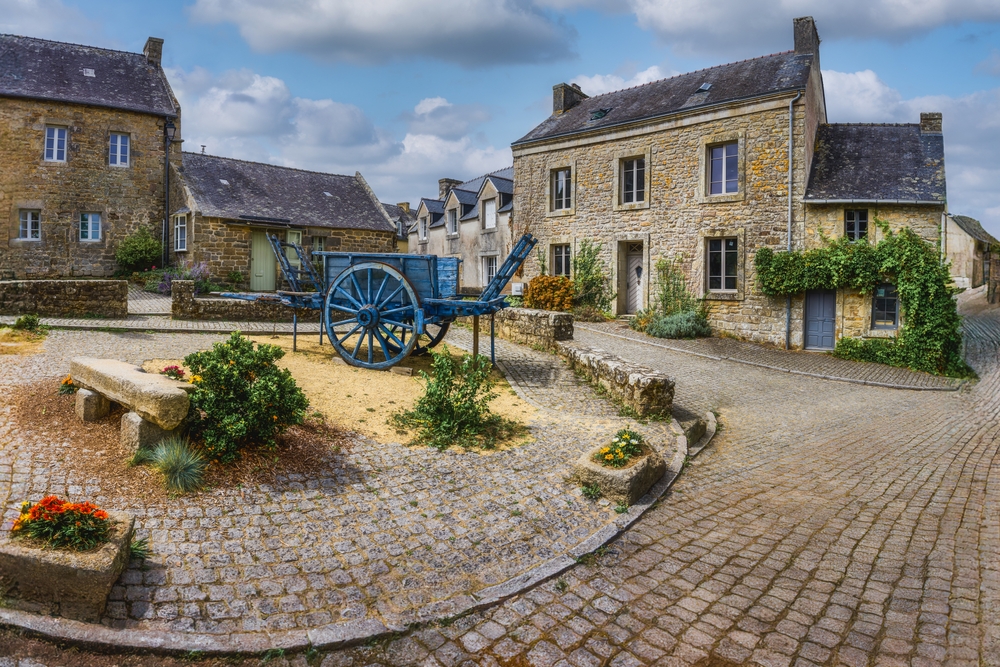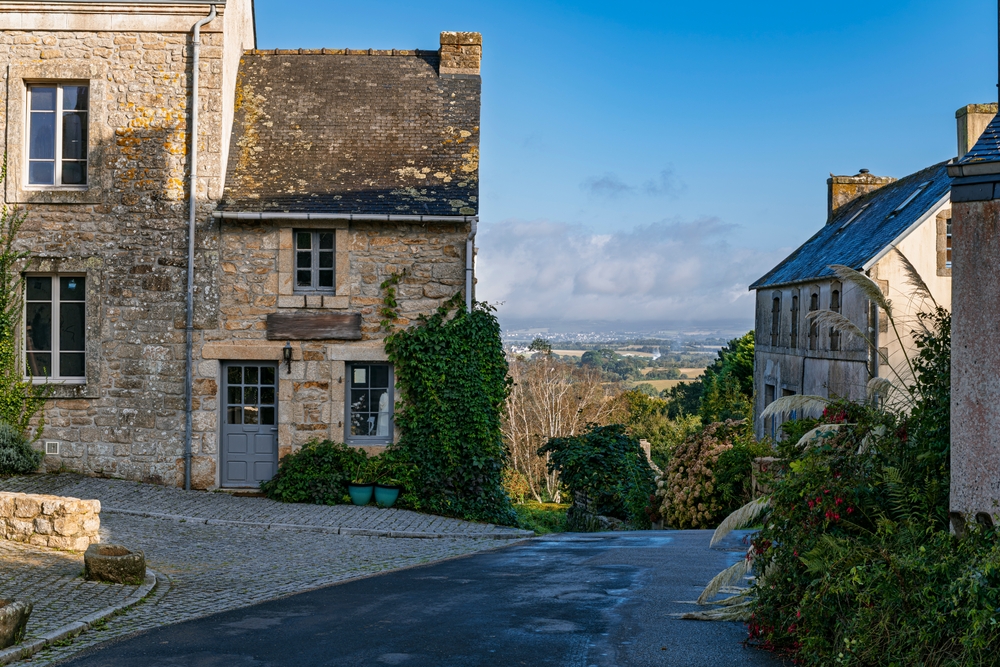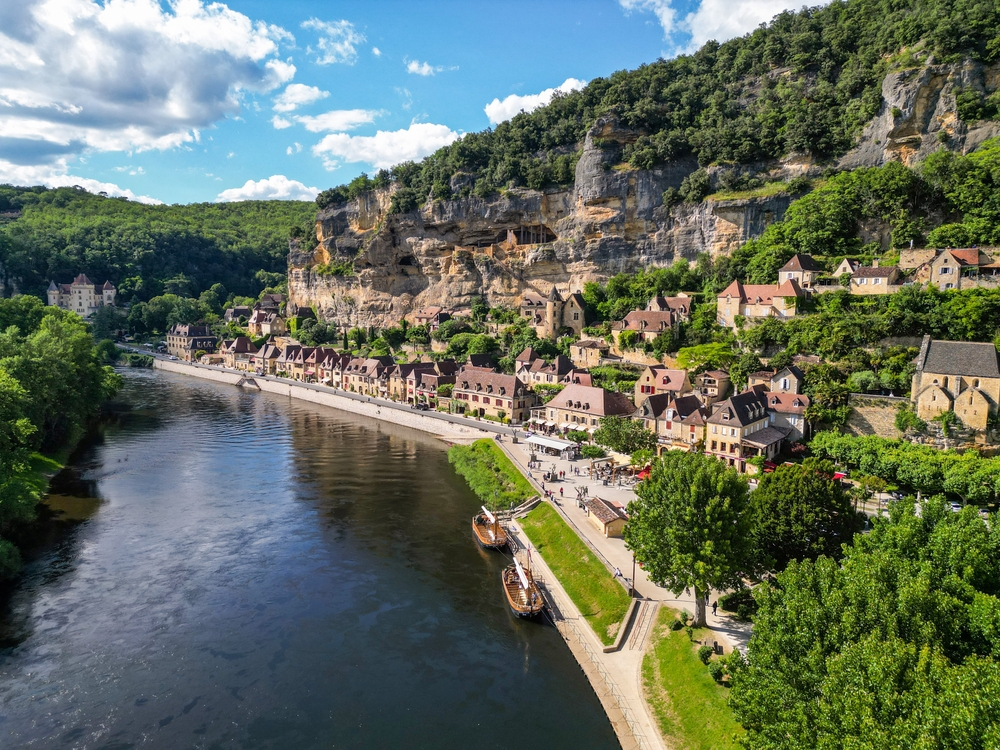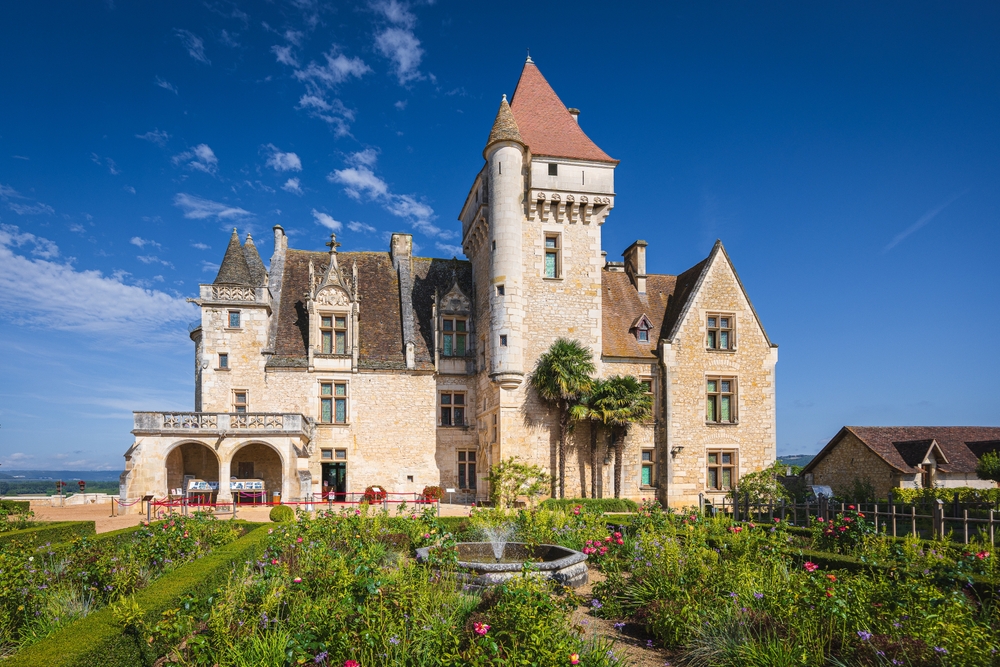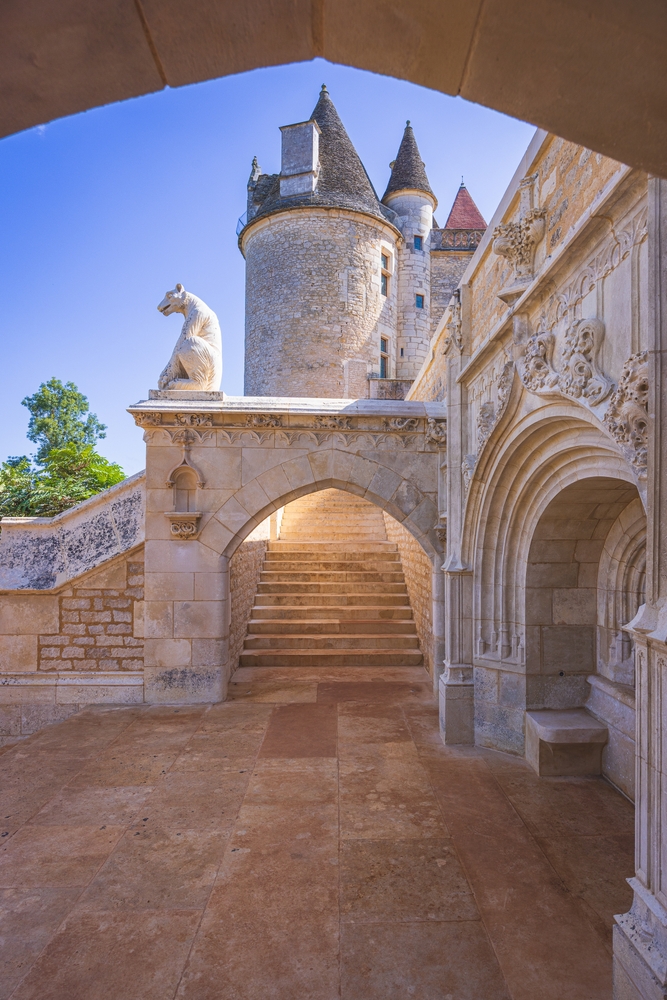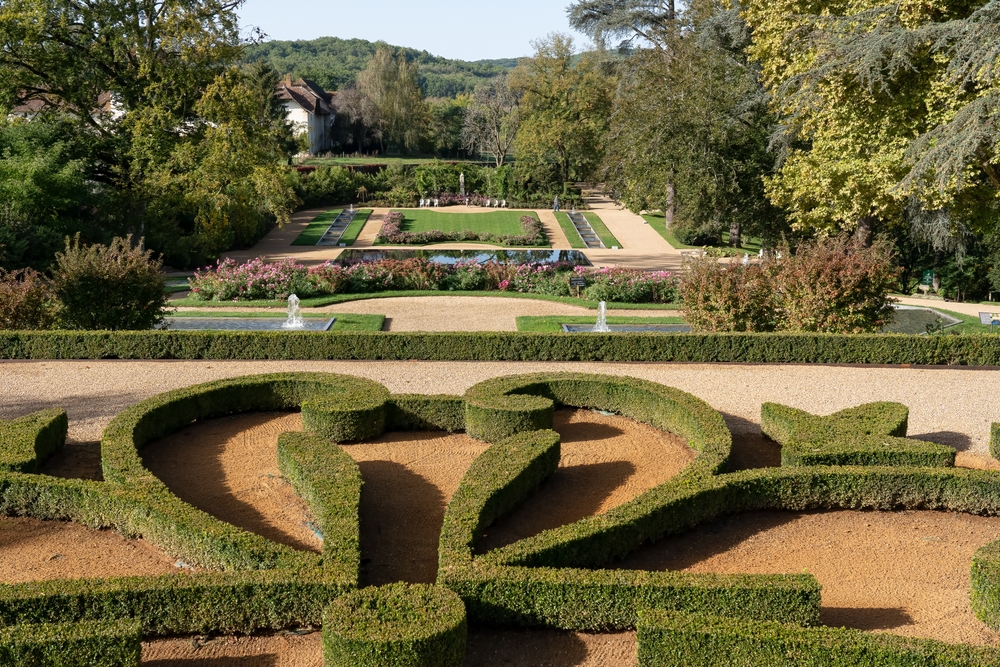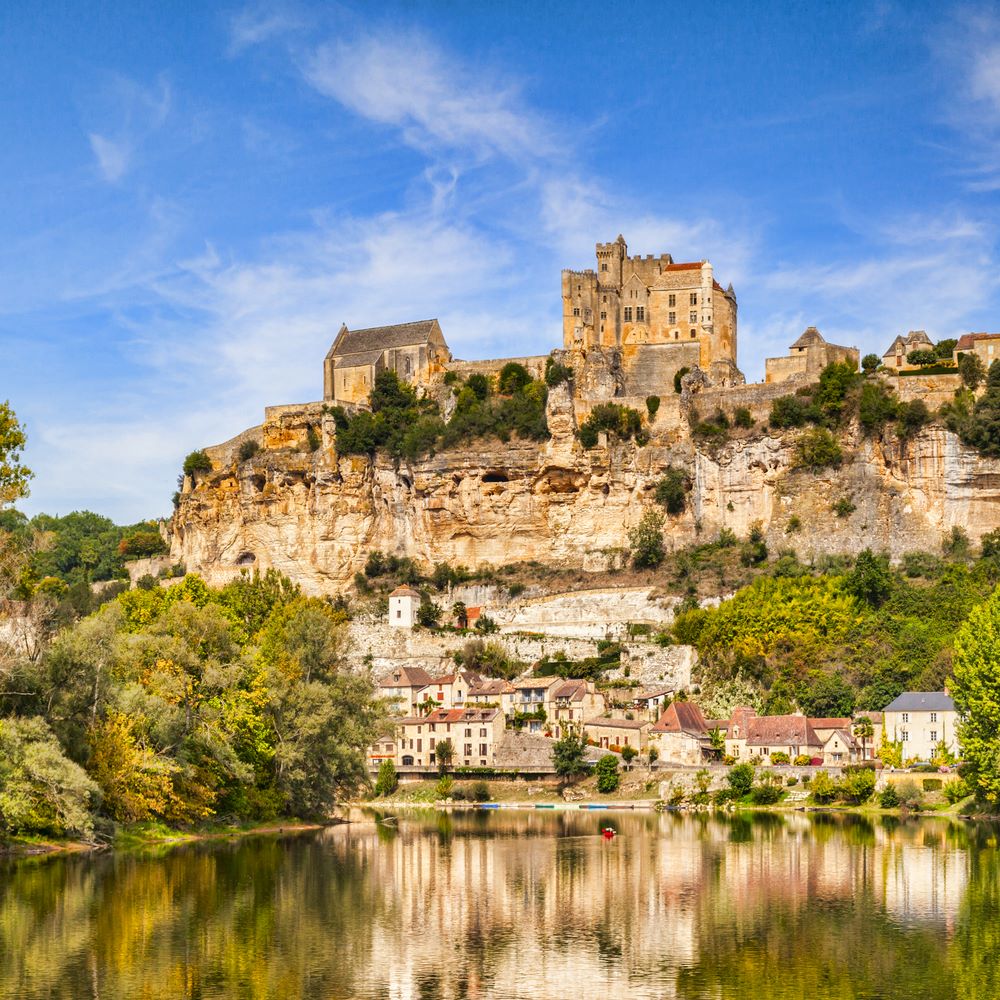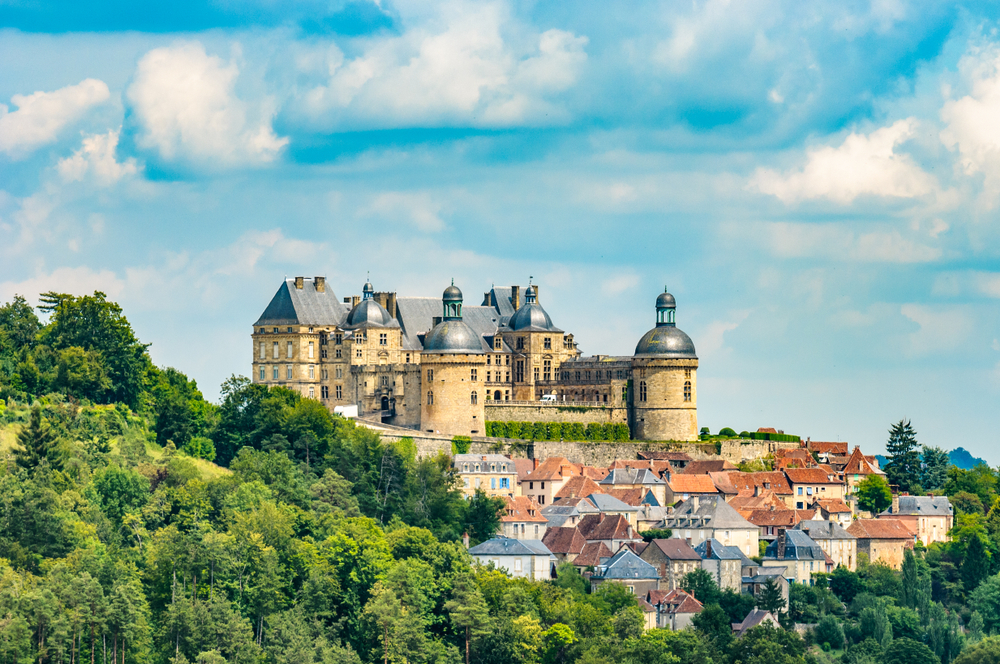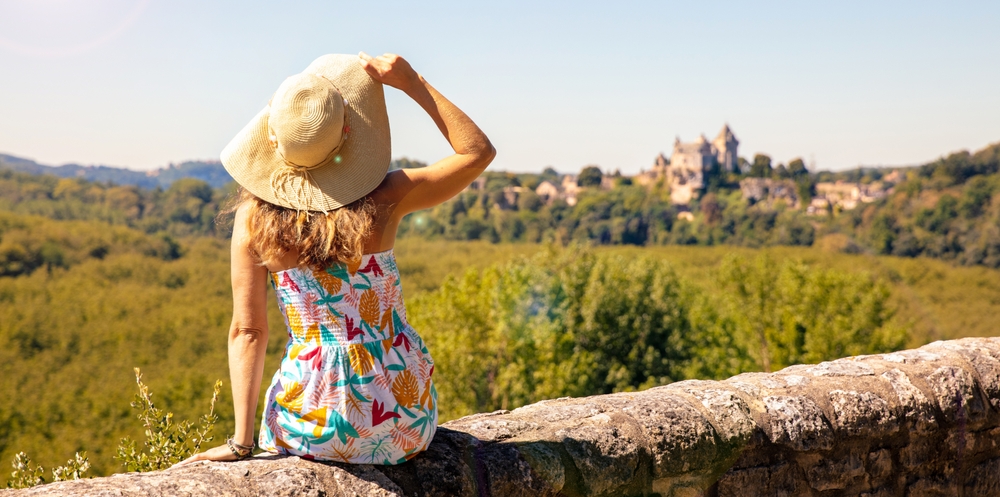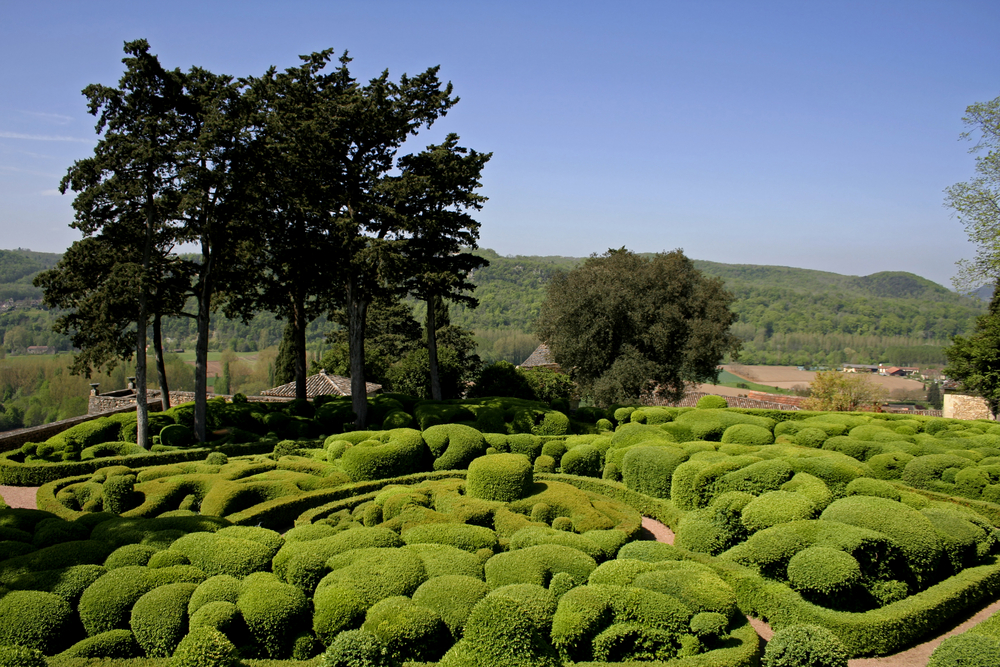The Tour de France is back and, once again this year, it winds through some of the most beautiful regions of France. At every stage, thousands of enthusiasts gather to experience the unique atmosphere of the Grande Boucle. To accompany this festive and sporting event, Teritoria has curated a selection of hotels and restaurants near the stage towns. In this article, you’ll find the ideal addresses to pause, savour, and explore along the route.
To kick off the Tour de France, in the Hauts-de-France region, from July 5th to 7th
This year, the Tour de France stays entirely within France, with no stages crossing the border. The Grande Boucle starts in Lille on July 5th and continues from Dunkirk on July 7th.
La Laiterie, à Lambersart, near Lille
La Laiterie, located at the crossroads of Avenue de l’Hippodrome and Avenue du Colysée, invites you on a nine-course culinary journey, an ideal prelude to the Tour de France’s arrival in Lambersart later in the day.
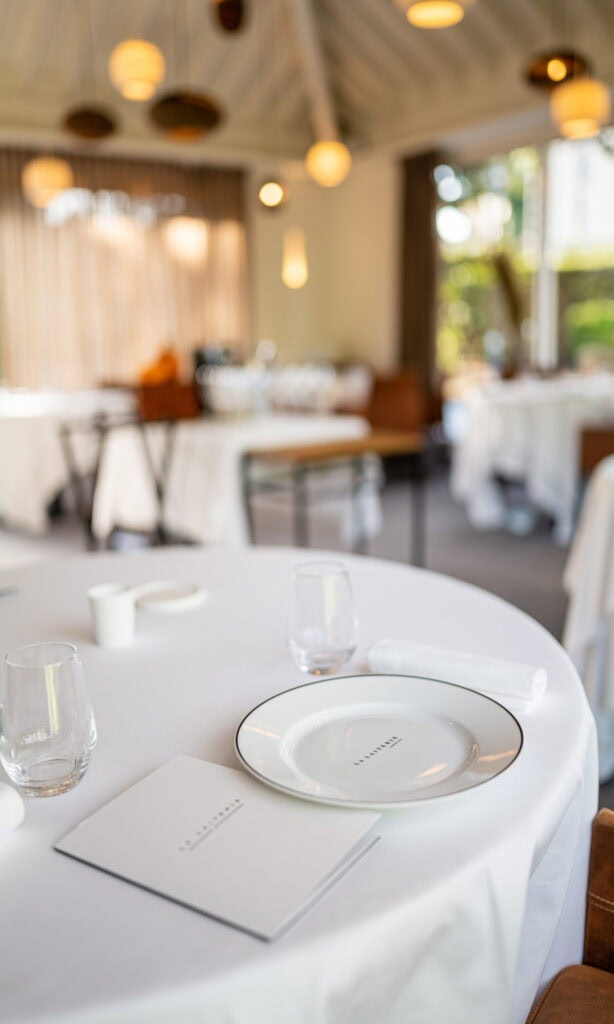
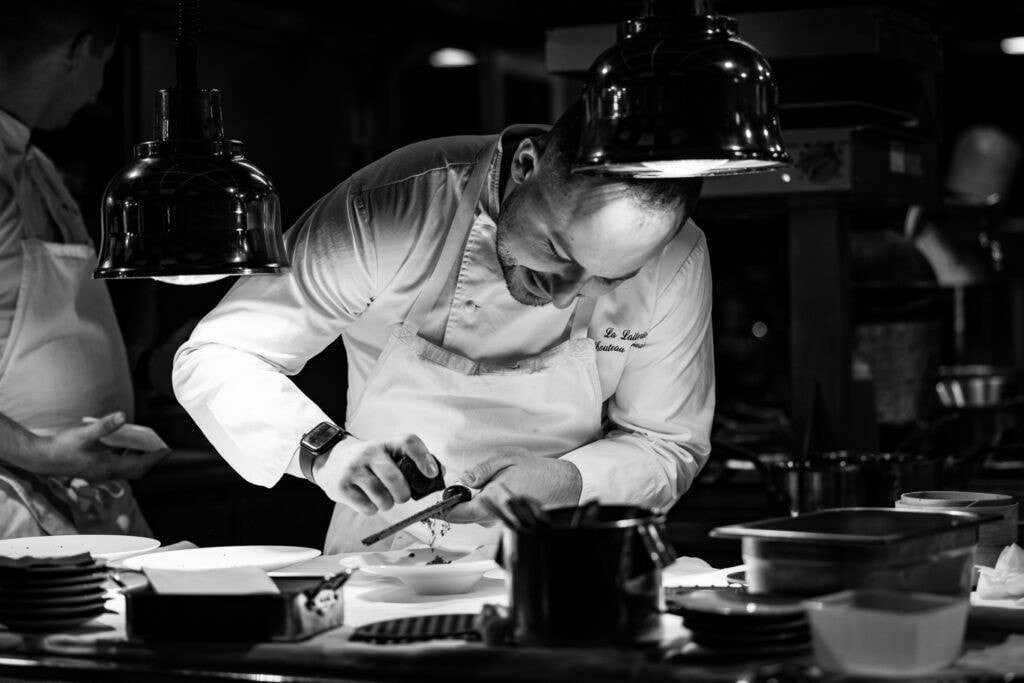
Located on the outskirts of Lille, in a leafy neighbourhood, this restaurant has been a local institution since 1903. Step into its cosy, refined atmosphere and enjoy gourmet dishes crafted by chef Edouard Chouteau, celebrating the best of the season’s flavours.
Follow the cyclists’ journey through Normandy from July 8th to 10th.
L’Odas – Restaurant, in Rouen
After the excitement of the Tour de France passing through Rouen on July 8th, take a gourmet break at L’Odas.
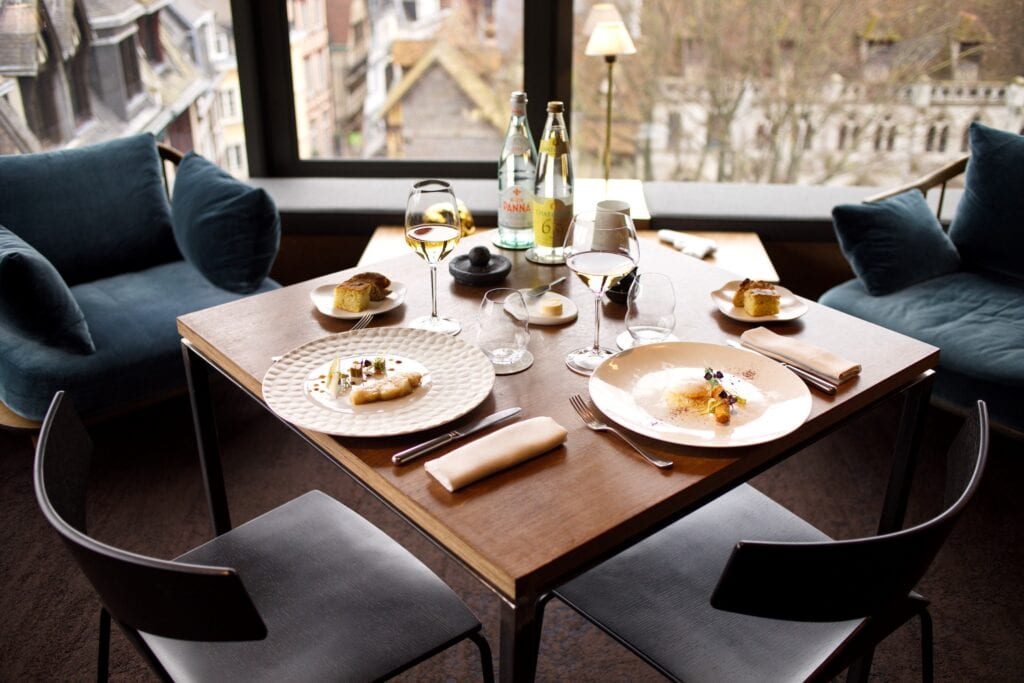
Located at the foot of Rouen Cathedral, in a calm and elegant setting, this Michelin-starred restaurant invites you to experience a blind tasting menu by chefs Olivier Da Silva and Suzanne Waymel, a perfect place for culinary discovery.
Château de Sully, in Bayeux
On July 10th, the Tour de France heads toward Bayeux, home to the magnificent 18th-century Château de Sully, a four-star hotel and restaurant. For those looking to balance excitement with relaxation, the property offers 23 rooms split between the château and the manor house, all featuring elegant, authentic Norman décor.
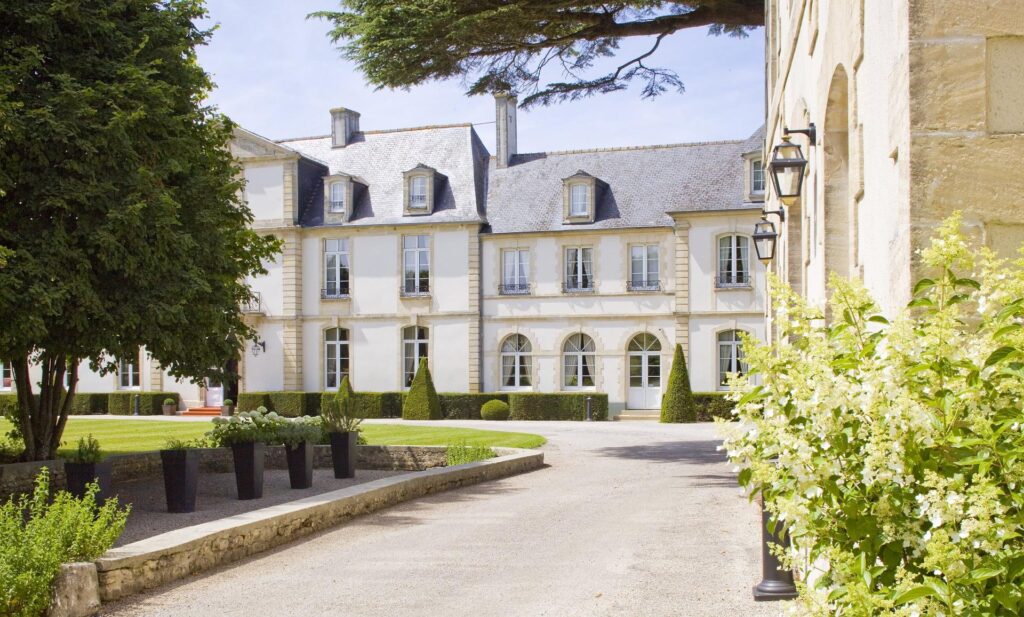
In the kitchen, chef Victor Vrignaud reimagines regional cuisine with seafood sourced just 10 minutes away. His dishes reflect a responsible approach to cooking, rooted in seasonality and creative flair.
Château de Bellefontaine, in Bayeux
To unwind after the cyclists pass through Bayeux, the Château de Bellefontaine offers a timeless retreat. This authentic 18th-century château, with its moat and a lake where swans glide gracefully, promises a stay immersed in nature. The hotel’s twenty rooms overlook the Normandy countryside, striking a beautiful balance between classic charm and contemporary comfort.
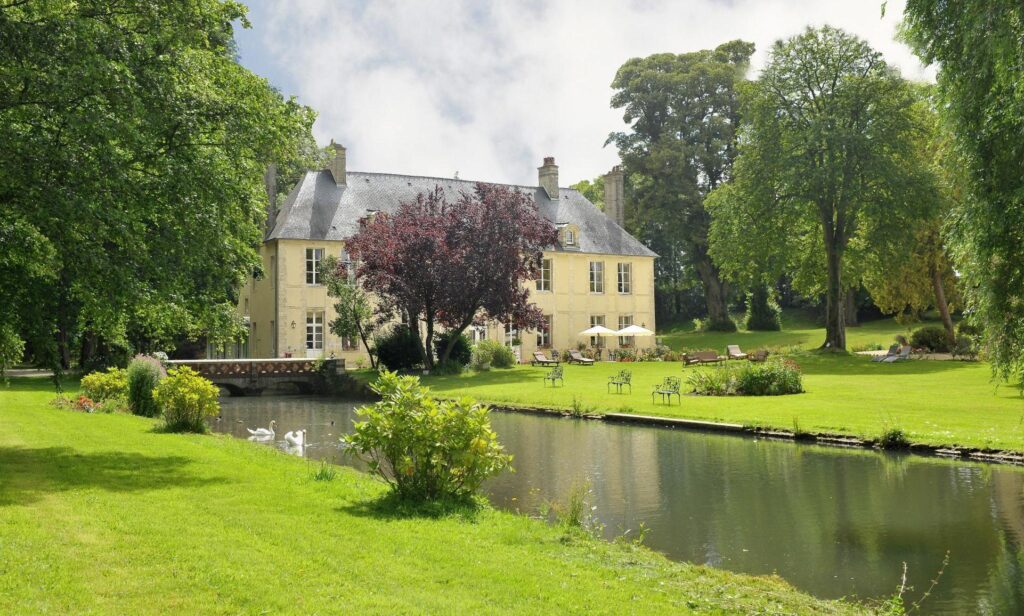
Everything here is an ode to nature, including the restaurant’s menu. Subtle and refined, the dishes follow the rhythm of the seasons, offering inspired and delicious creations. To reconnect with the essence of your stay, the castel provides bicycles for exploring the nearby beaches of Normandy, the golf course, or the riding club.
Hôtel Le Lion d’Or, in Bayeux
Tour de France enthusiasts will surely remember the iconic lion plush toy awarded with the yellow jersey. While waiting for the Grande Boucle to reach its final destination, discover Le Lion d’Or, a four-star hotel and restaurant. Nestled between sea and countryside, this cosy yet modern retreat is run by Aline and Alexandre Matyja, who take pride in offering warm, attentive hospitality. Each of the 34 rooms and suites combines comfort with elegance, and chef Thomas Busnoult’s fusion cuisine awaits at La Table du Lion.
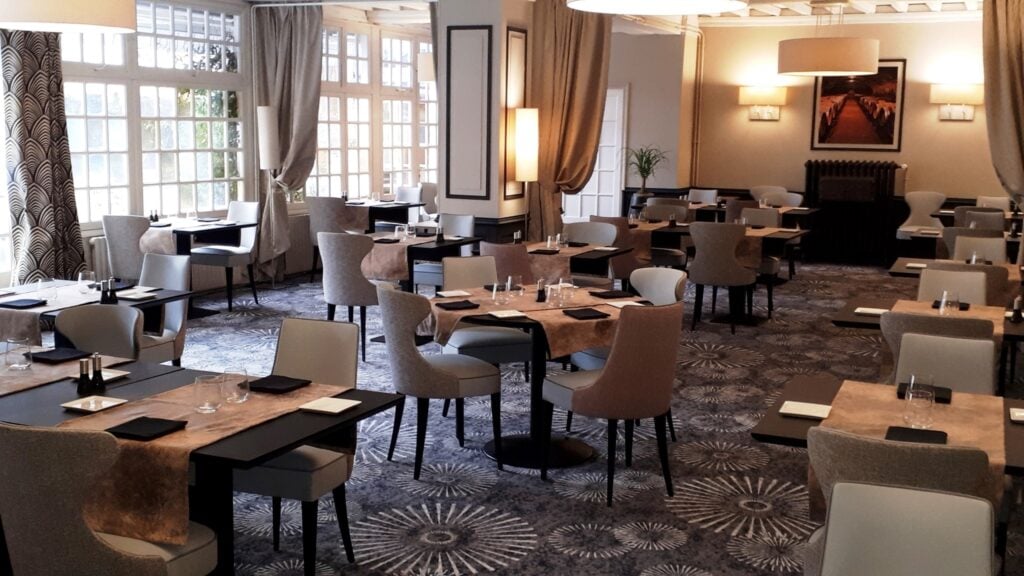
On the Breizh coast, in Brittany, on July 11th
As you follow the Tour through the coast of Brittany, where the landscape reveals all its charm. On July 11th, the Tour de France moves from Saint-Malo to Guerlédan. Looking for the perfect place to stay along the way?
Le Château Colombier — Hôtel-Restaurant
Just 5 minutes from the beaches of Saint-Malo, Le Château Colombier- Hotel-Restaurant stands out with its pink façade and six hectares of flower-filled grounds. This 18th-century Malouinière blends tradition and modernity, offering 15 romantic rooms crafted with noble materials and a menu that skillfully fuses Asian inspirations with local flavours.
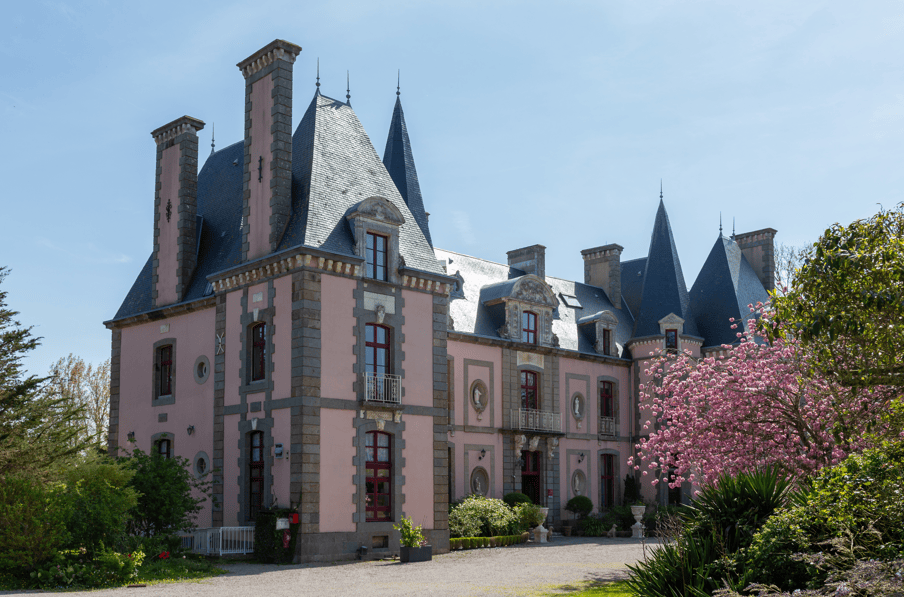
In addition to walks around the park’s lake or along the beach, a spa, riding centre, and golf course are just nearby. Sokha and Nicolas Le Bouvier carefully preserve the calm atmosphere, making this an ideal setting for rest and renewal.
To follow the Tour de France under the Occitan sun, from July 15th to 20th
Py-r Restaurant, in Toulouse
On July 15th, as the Tour de France teams pause in Toulouse, why not take the opportunity to explore our gourmet addresses in the Pink City? Just steps from the Pont-Neuf, chef Pierre Lambinon creates a refined tasting experience in the vibrant setting of Py-r Restaurant. His dishes, crafted with garden herbs, local fish and seafood, and seasonal produce, are as surprising as the striking white vaulted ceilings of the dining room.
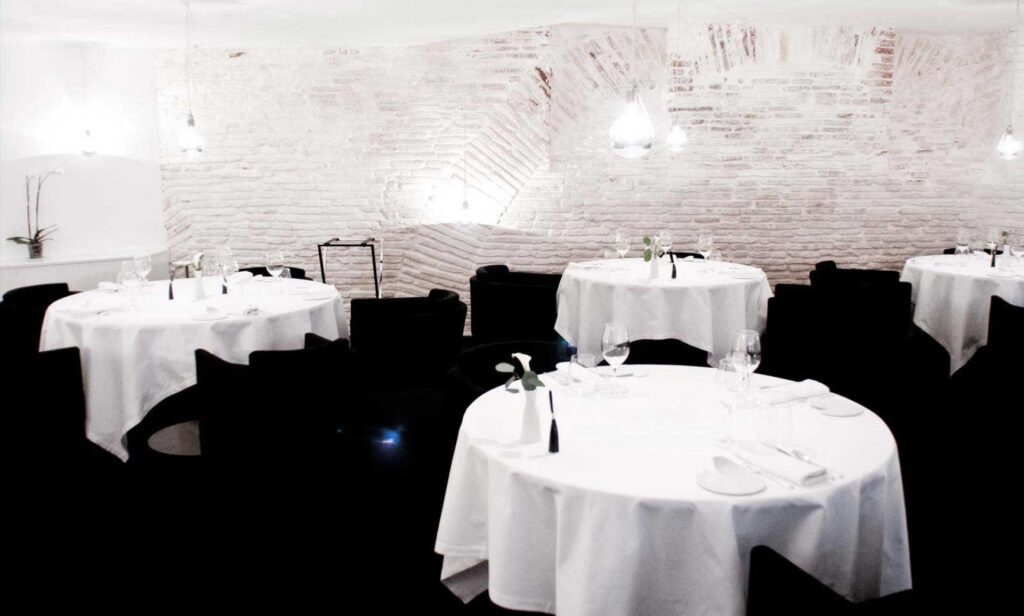
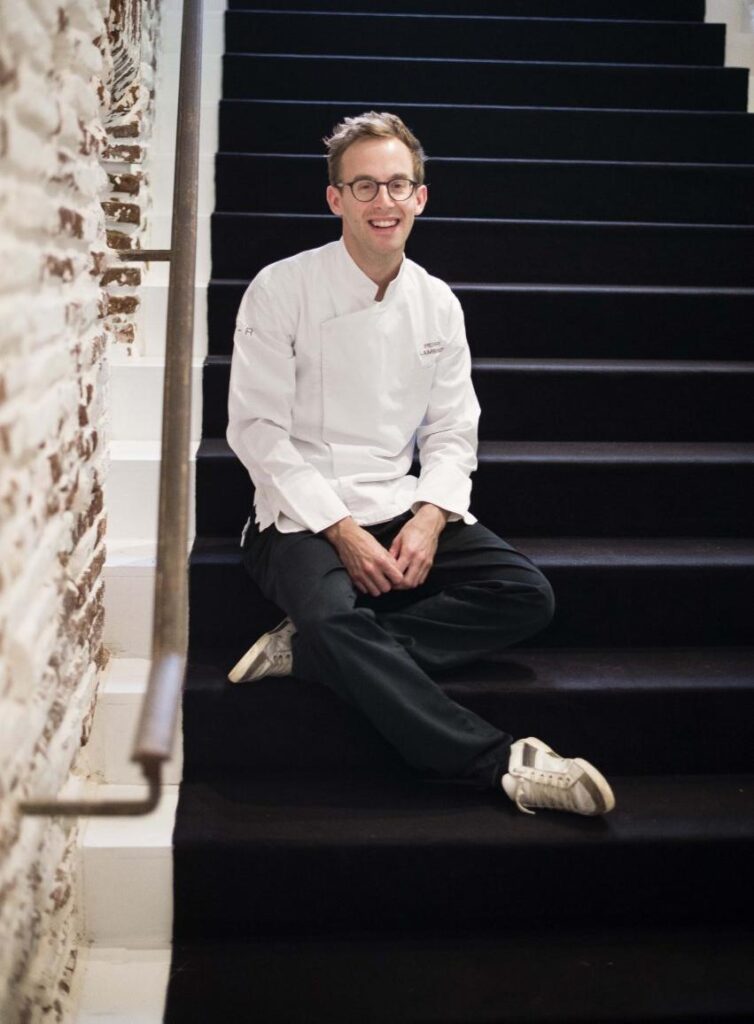
With two Michelin stars and two Gault & Millau toques, this is a must-visit for a truly unique culinary experience.
Hôtel du Château & SPA, in Carcassonne
Following the Tour de France is a perfect opportunity to discover the beauty of France’s historic landmarks. Carcassonne, the majestic medieval city, is a true Occitan gem. Overlooking the legendary Cité, the Hôtel du Château & Spa offers an ideal place to stay. Set at the foot of the ramparts of this UNESCO World Heritage Site, the four-star hotel features elegant, refined rooms steeped in history.
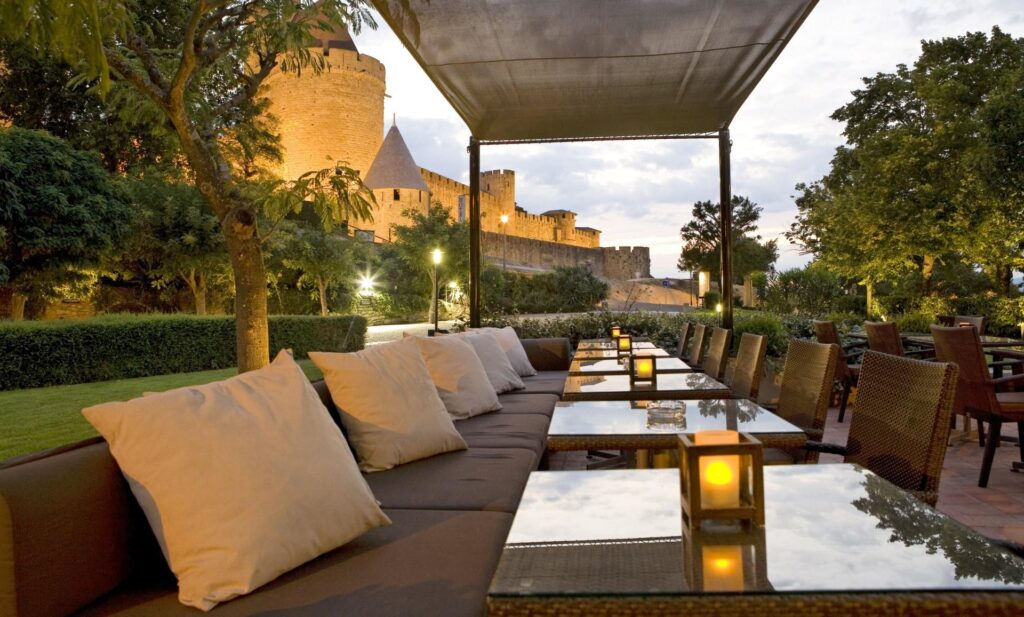
This distinctive hotel features a spa, the ideal place to unwind after a day spent following the cyclists. Enjoy revitalising treatments, soothing massages, and modern facilities for a truly relaxing experience.
During your stay in Languedoc, from July 21st to 22nd
Before tackling Mont Ventoux, the Tour de France cyclists enjoy a well-earned rest day in the beautiful city of Montpellier. Why not do the same with a spa escape at Hôtel La Plage in La Grande Motte? Located on the Mediterranean coast, this luxury hotel sits just steps from the sandy beach. Its 46 modern rooms and suites, featuring sleek design and breathtaking sea views, offer all the comfort you need for a relaxing, well-deserved break. The spa, treatment rooms, massages, and heated outdoor pool complete the experience.
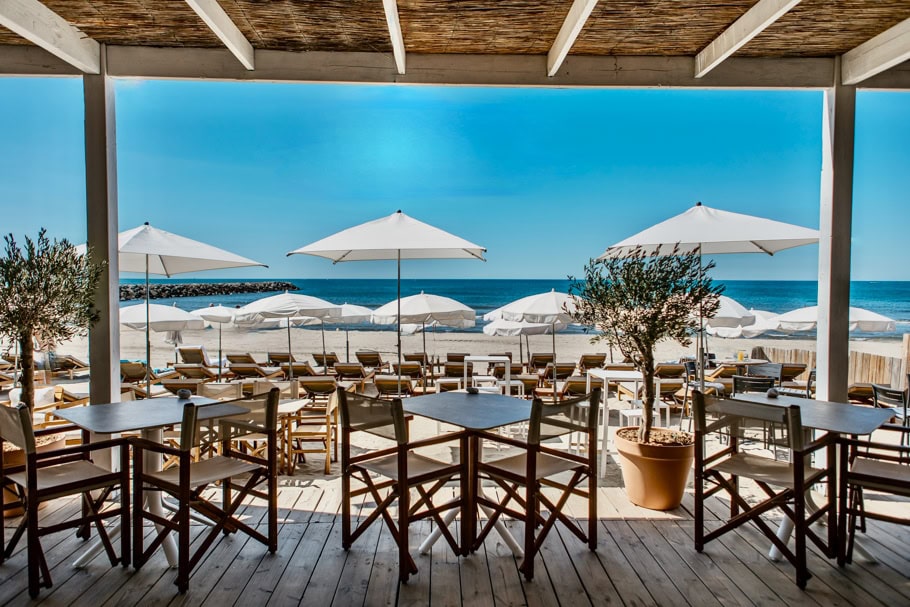
For food lovers, L’Essentiel, the hotel’s panoramic bistronomic restaurant on the first floor, offers a menu by chef Mathieu Blanc that celebrates local and seasonal produce.
The Grand Final in Paris, on the Champs-Élysées, on July 27th
The Tour de France is drawing to a close, and the gathering on the Champs-Élysées remains one of the most iconic moments in French sport. What better way to celebrate the end of the Grande Boucle than with a fine dining experience?
L’Atelier de Joël Robuchon Étoile, in Paris
On the Champs-Élysées, opposite the Arc de Triomphe, L’Atelier de Joël Robuchon Étoile carries on the legacy of the celebrated chef. Located in the basement of a Parisian Drugstore, the restaurant offers a unique experience: counter seating for those who want to watch chef Eric Bouchenoire and his team in action. Awarded one Michelin star and two Gault & Millau toques, the restaurant features an extensive menu that highlights local and seasonal ingredients.
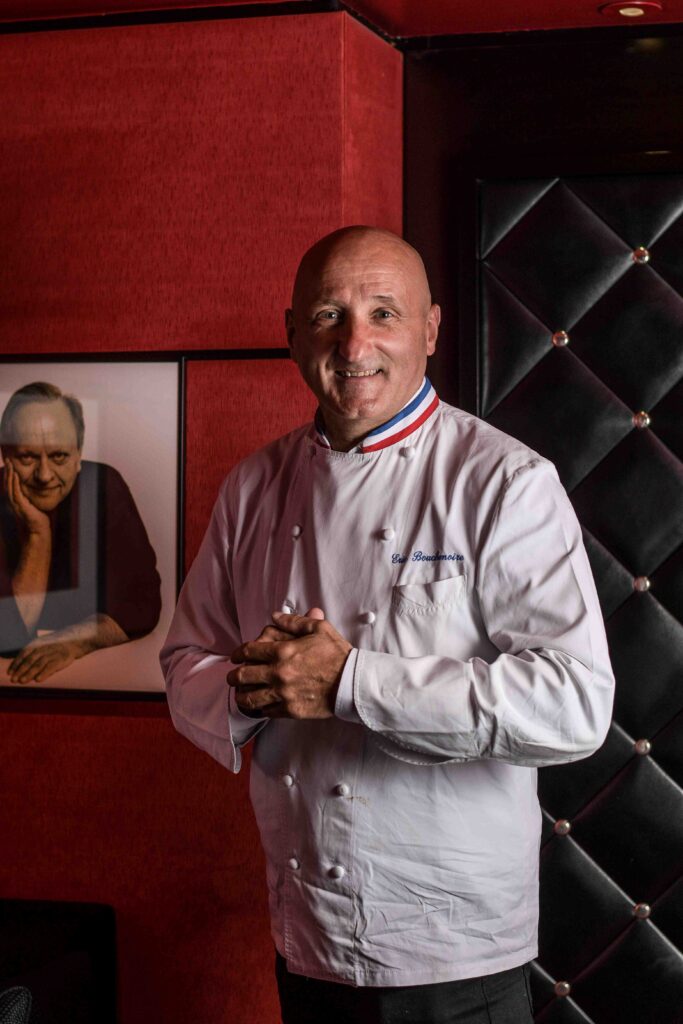

To make the most of the cyclists’ arrival on the Champs-Élysées, discover other Teritoria establishments. Sign up to our newsletter to stay up to date with our latest news. Enjoy your Teritoria experiences with the Teritoria loyalty programme, which is 100% free and gives you 3% cashback immediately at 400 Teritoria hotels and restaurants in Europe for one year.
By Émilie FALLOT NGUYEN

